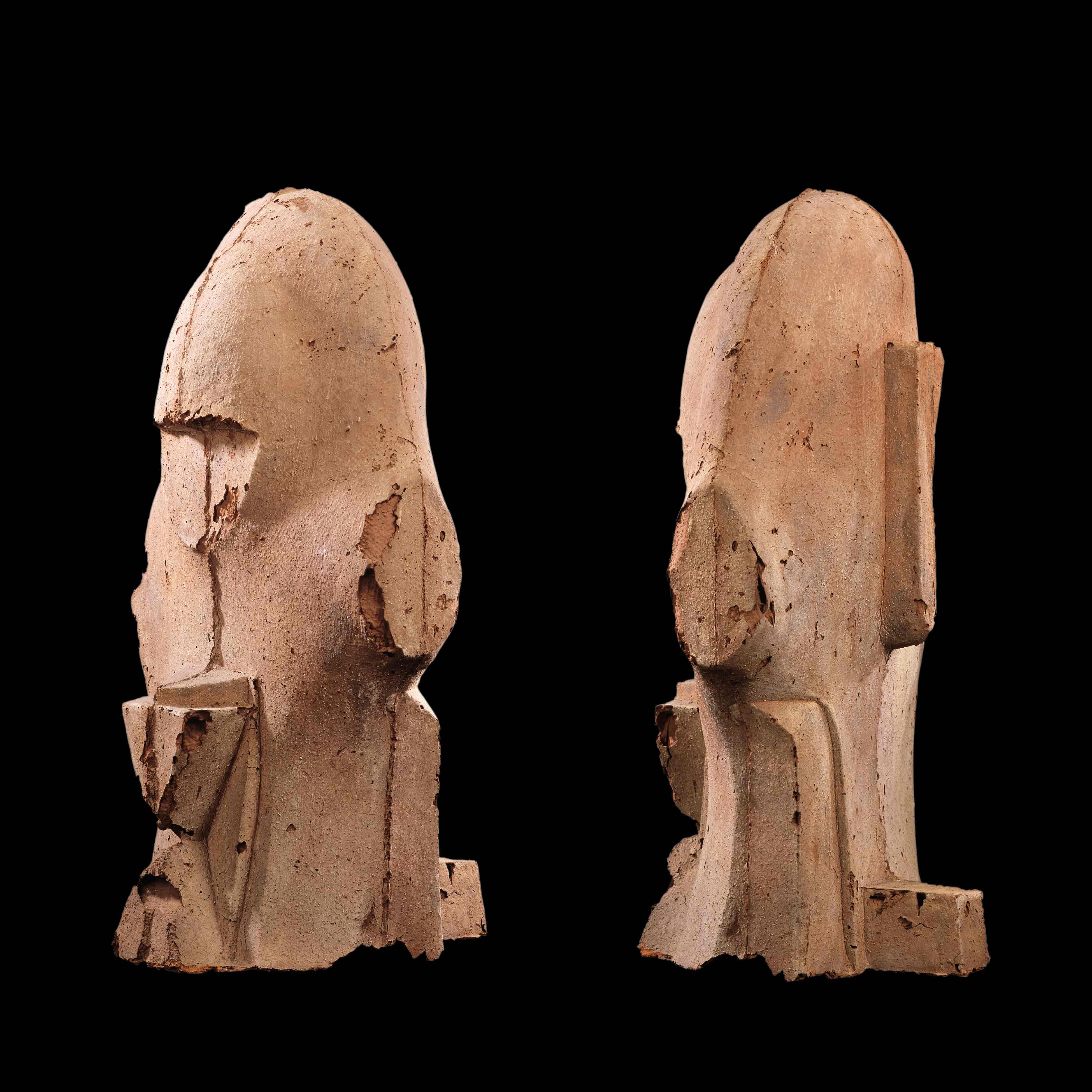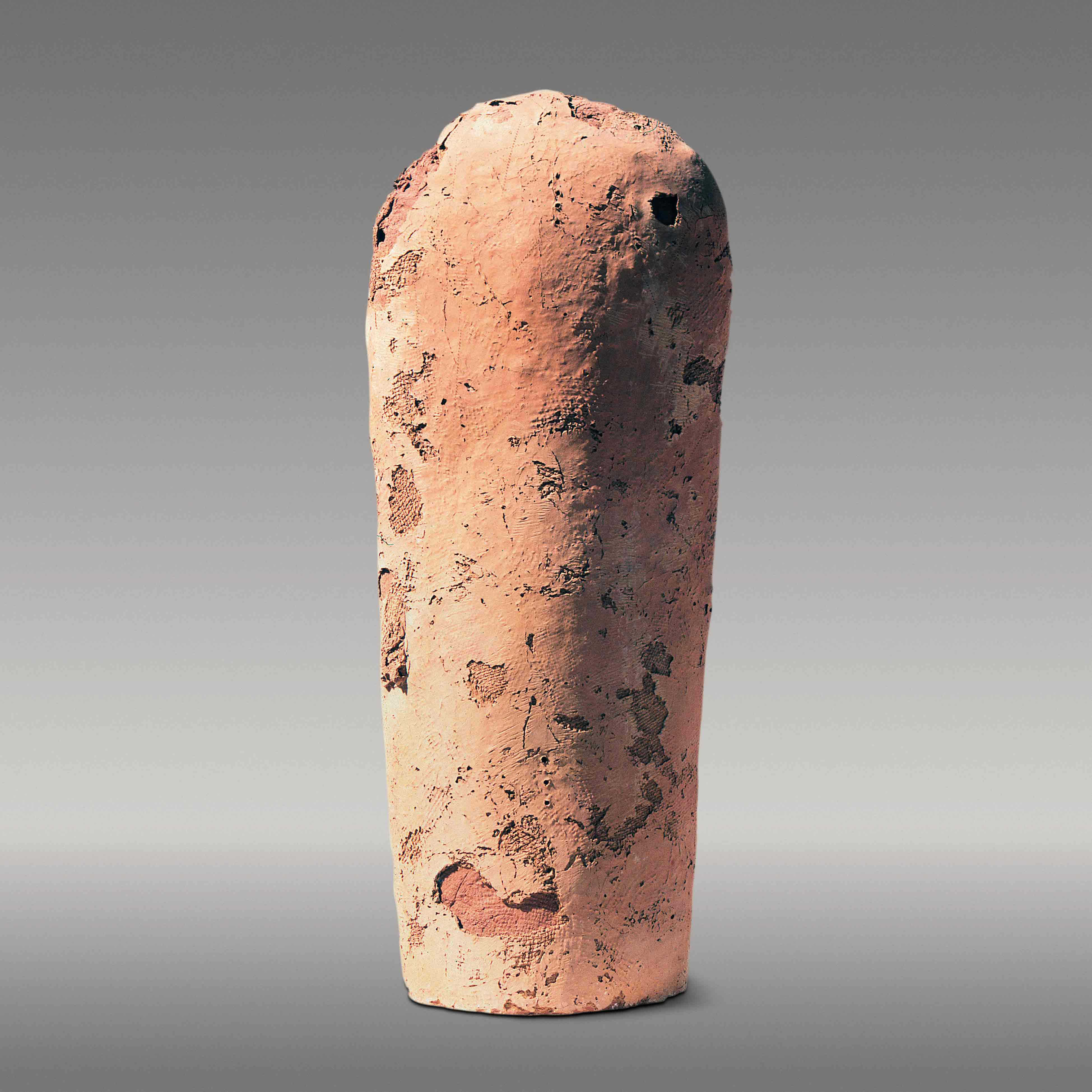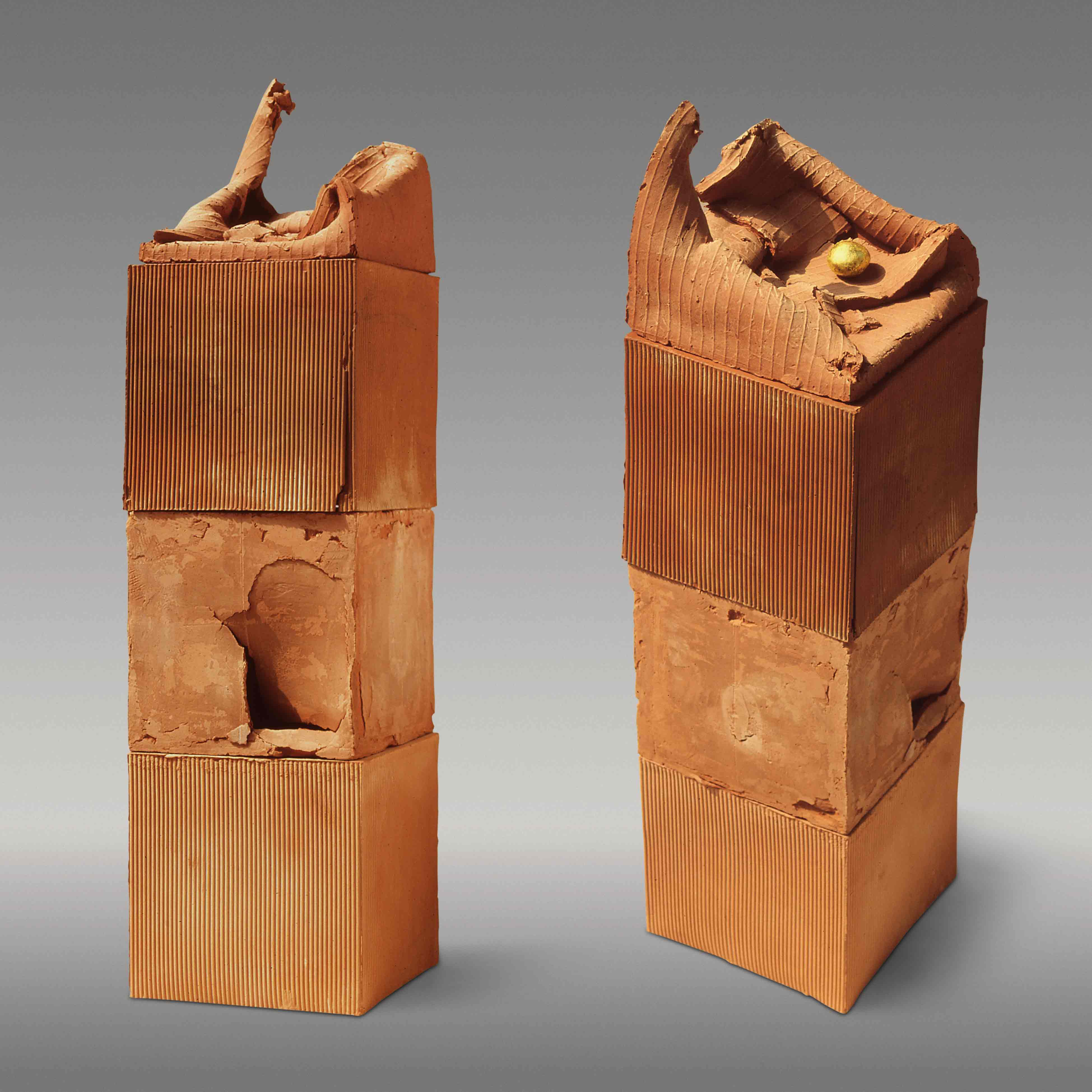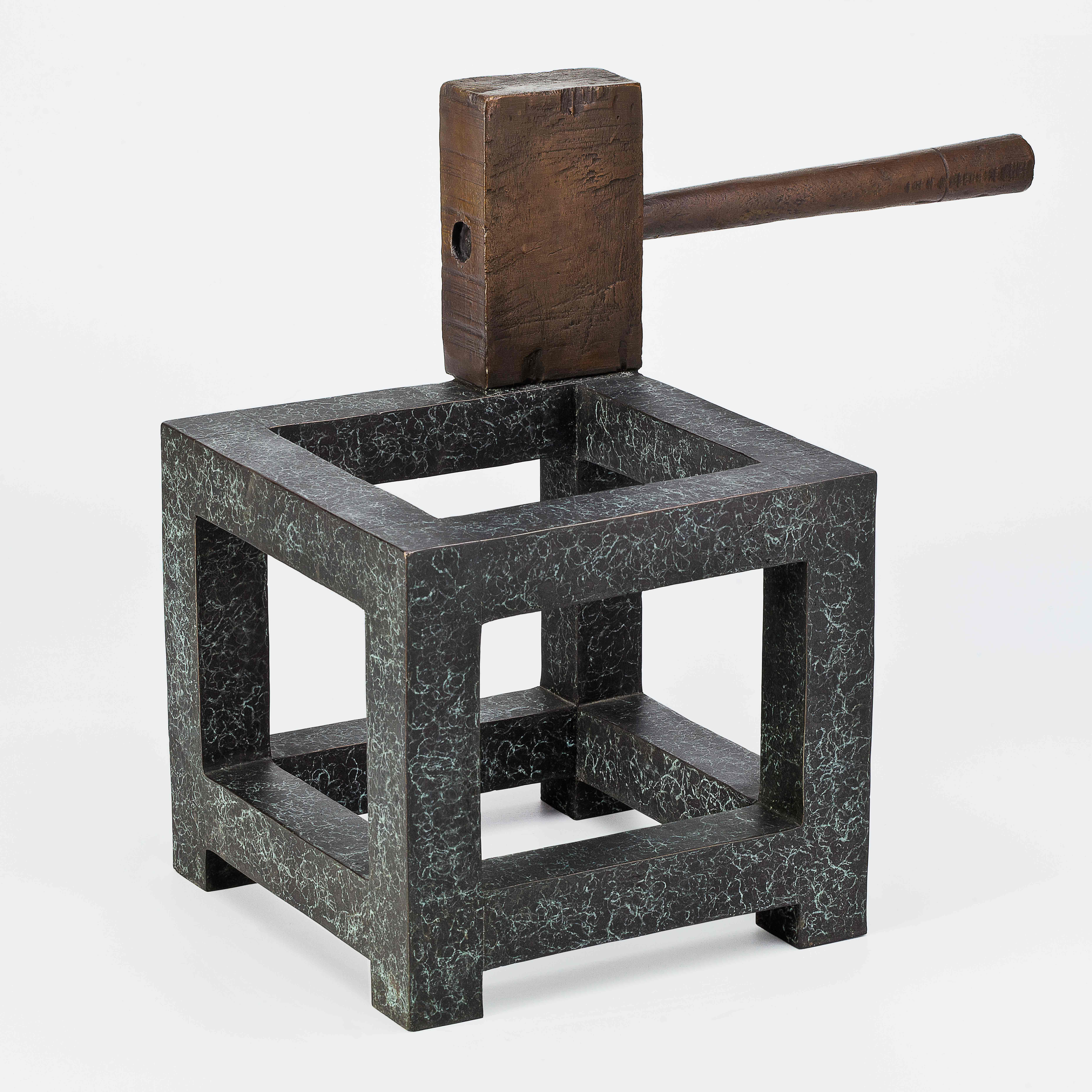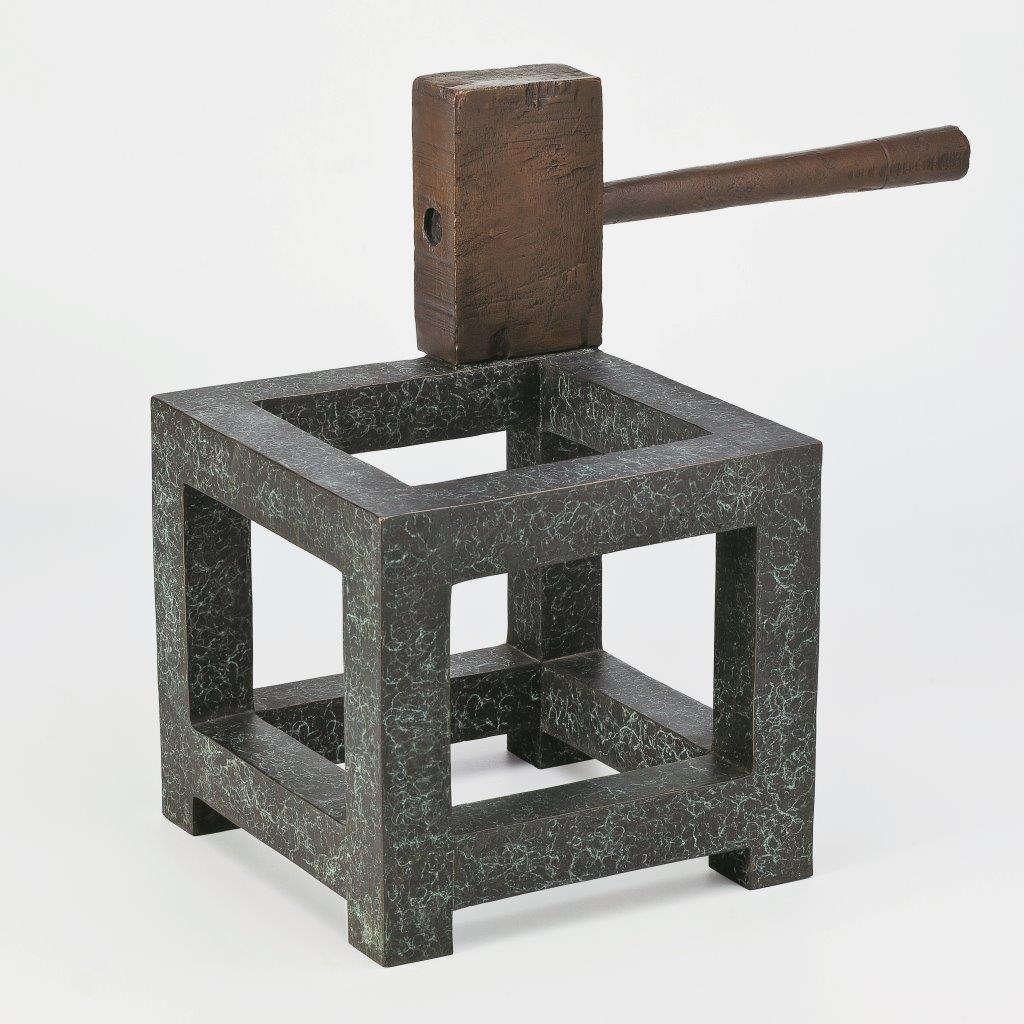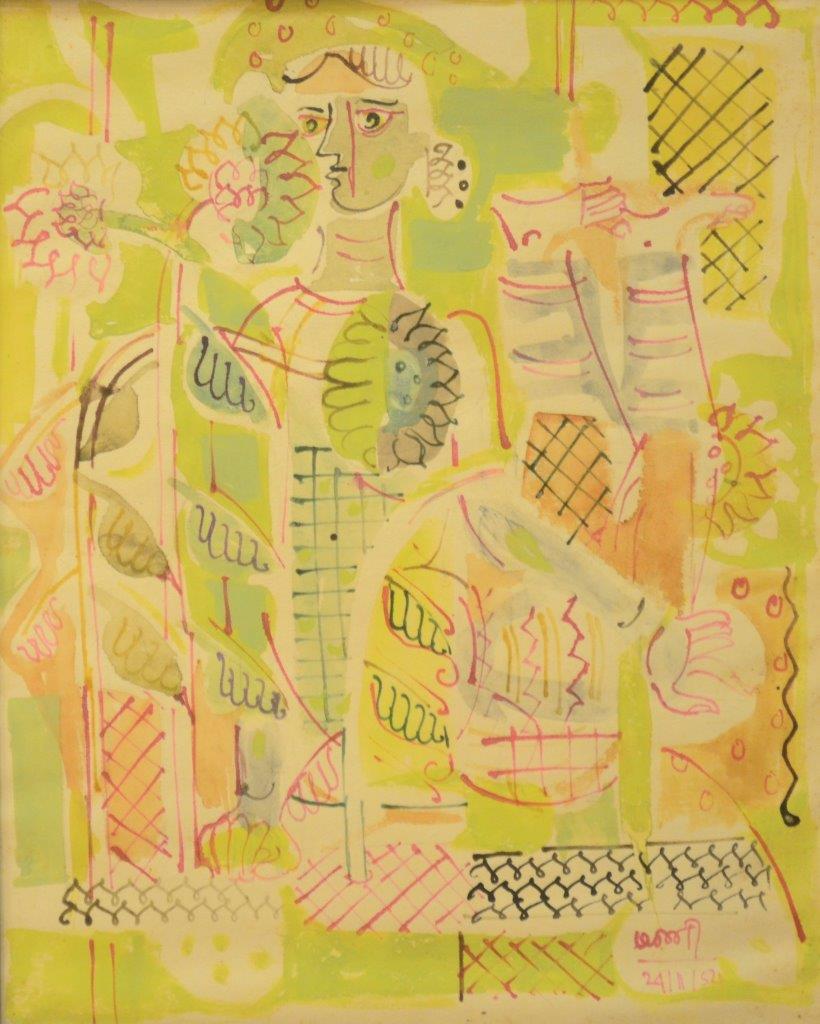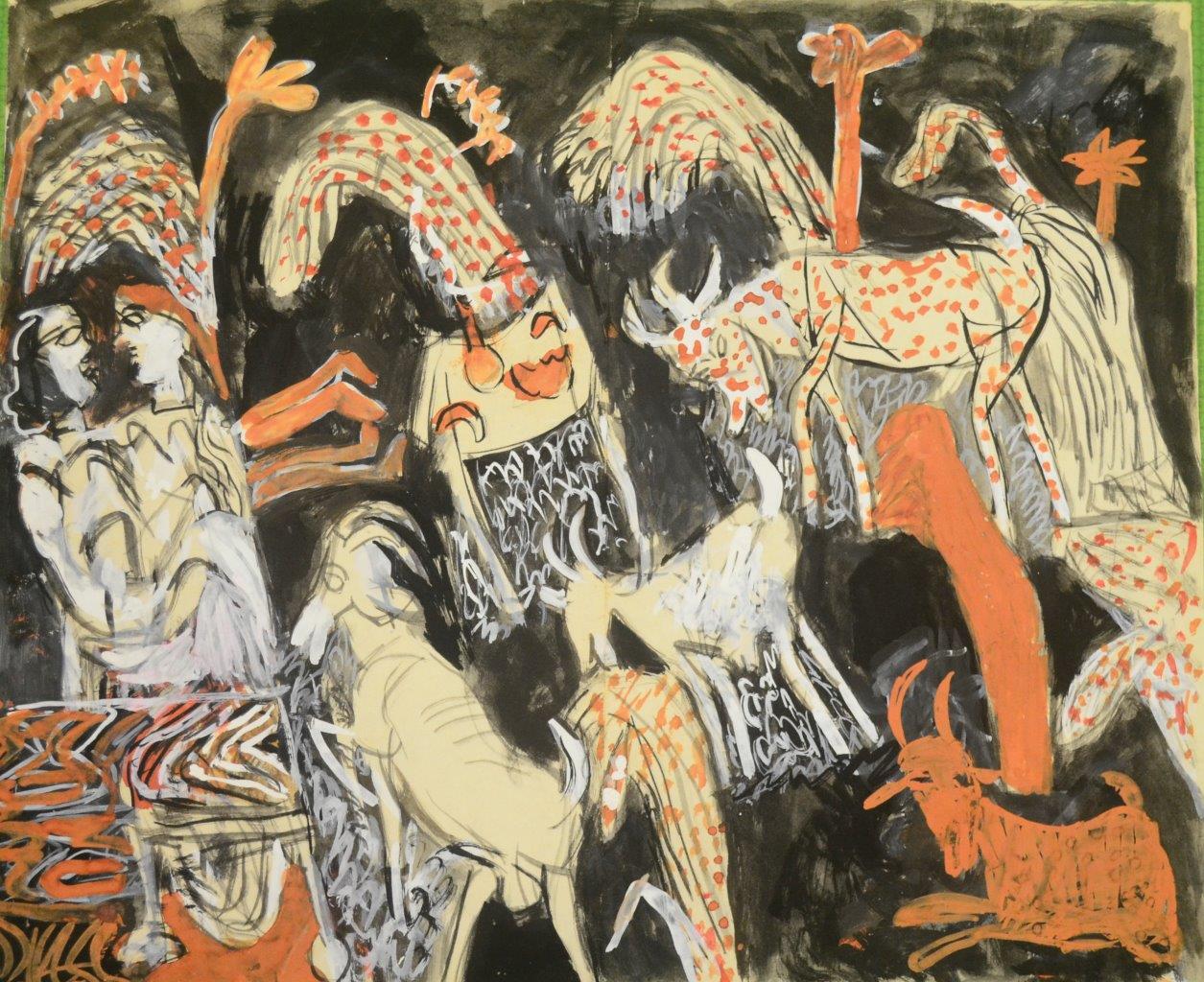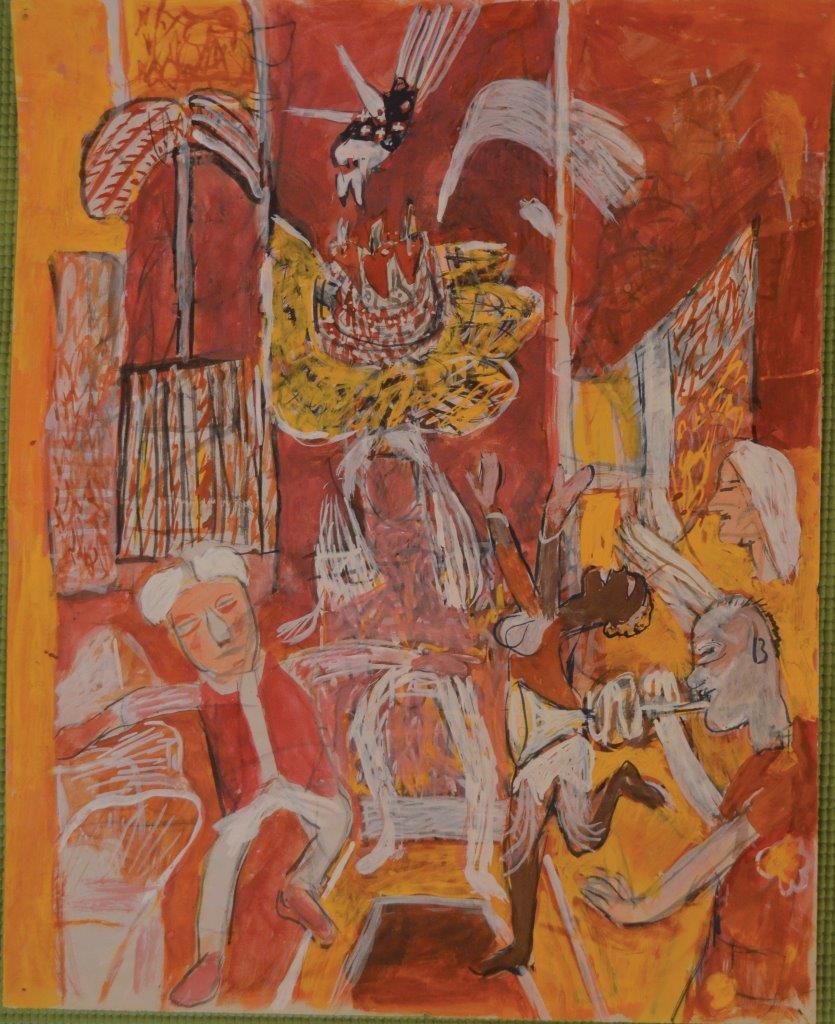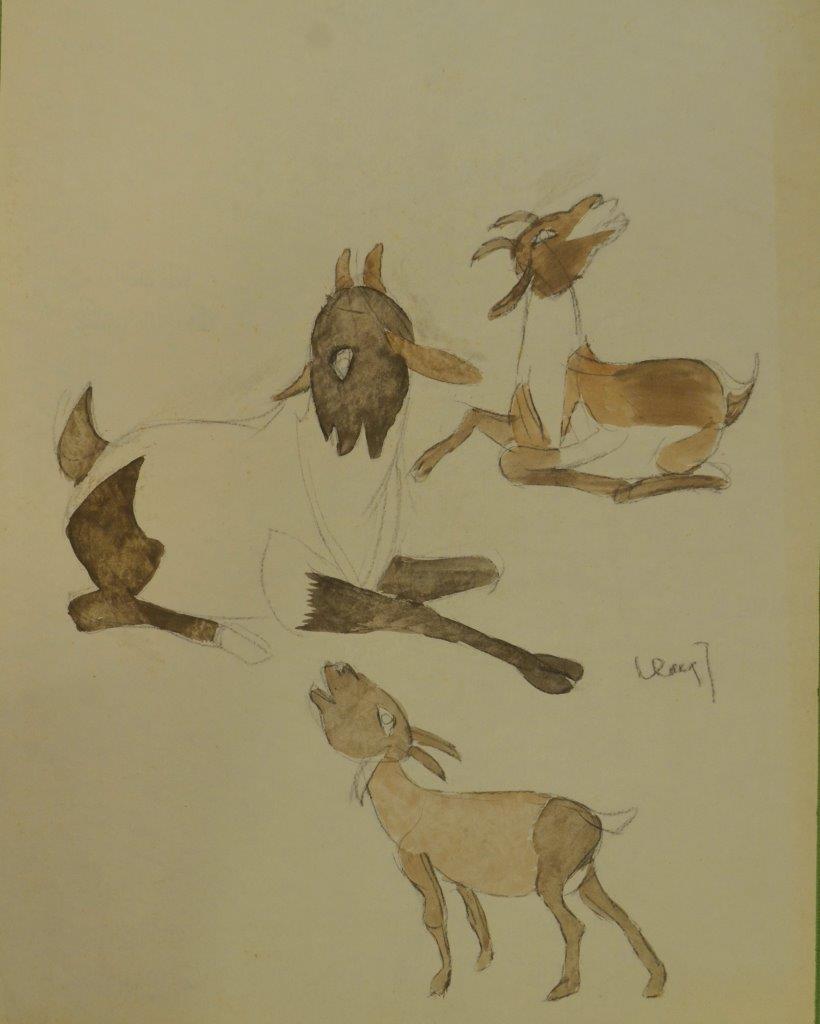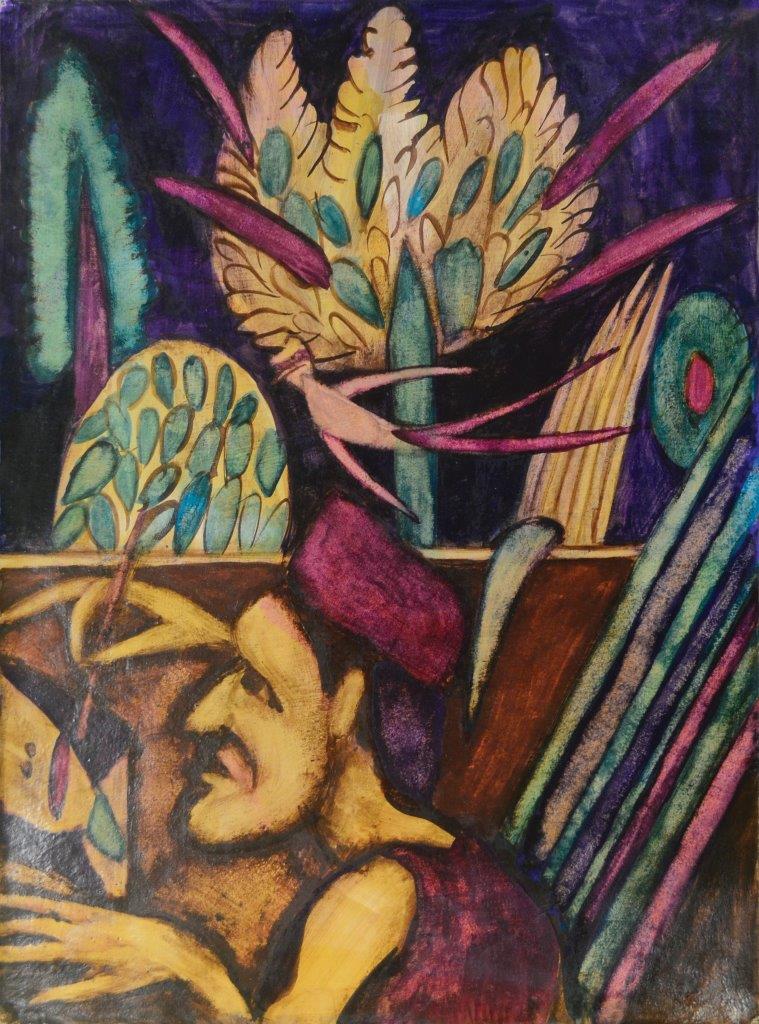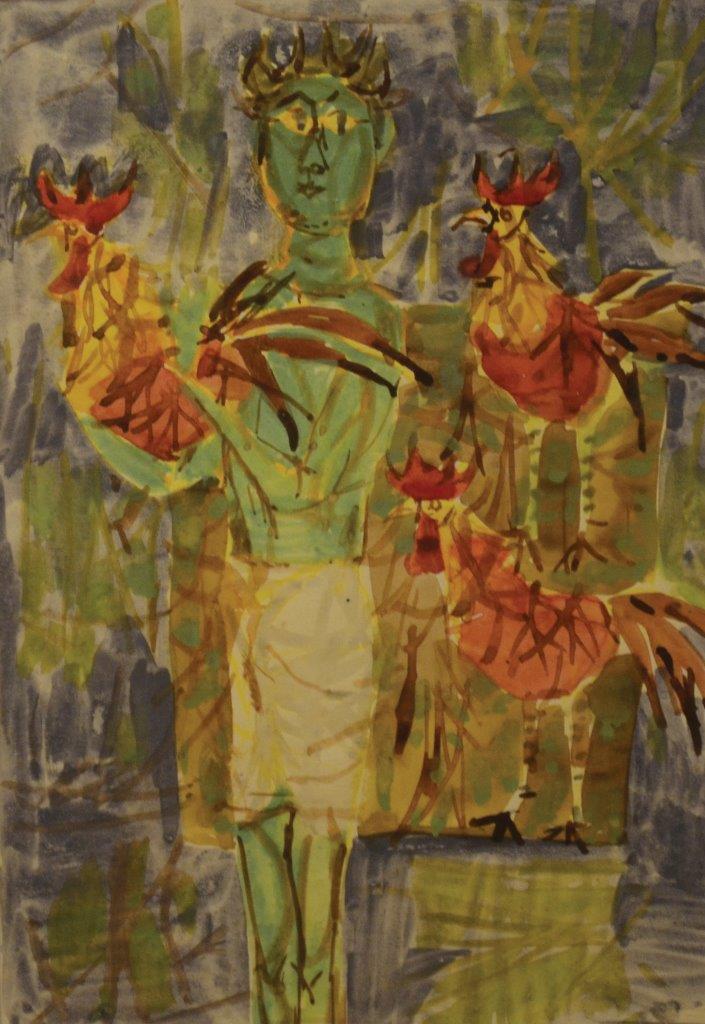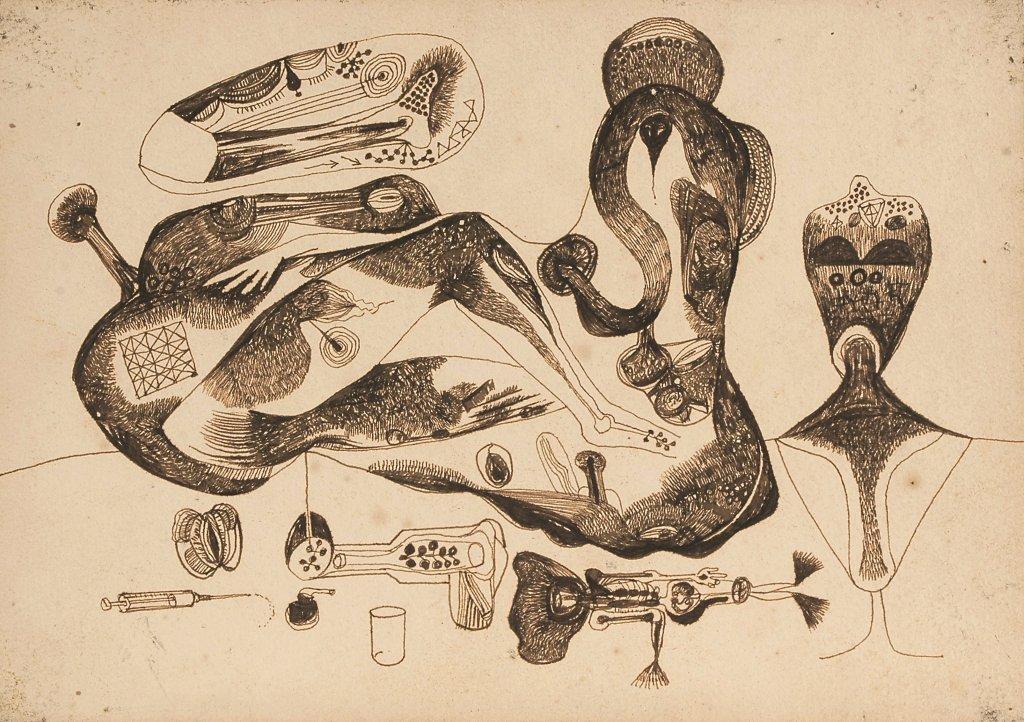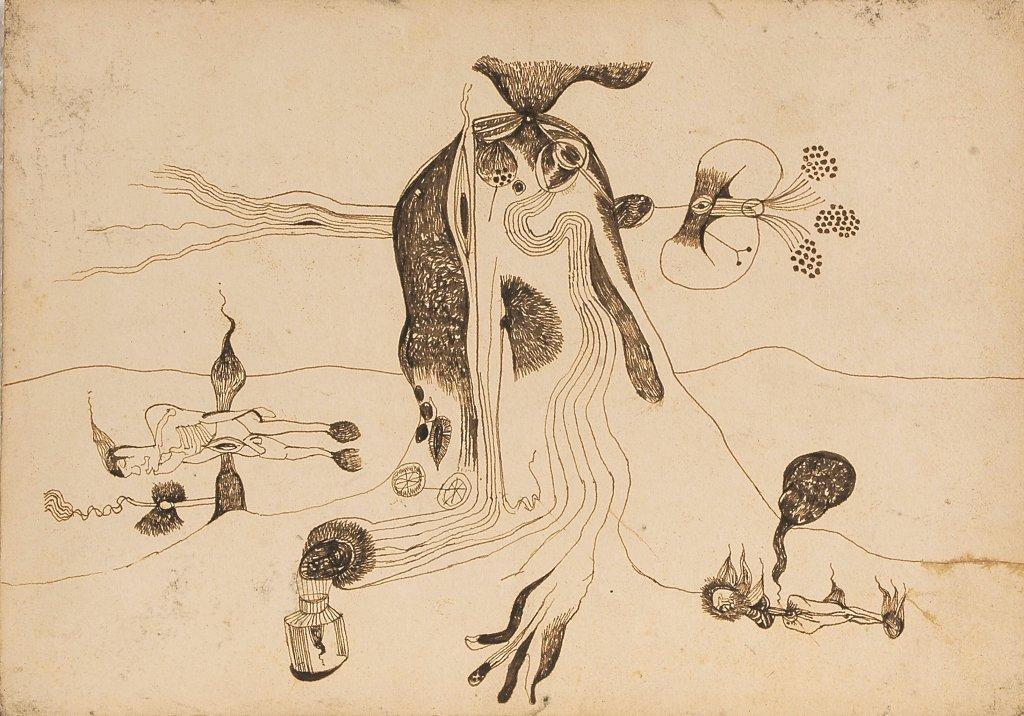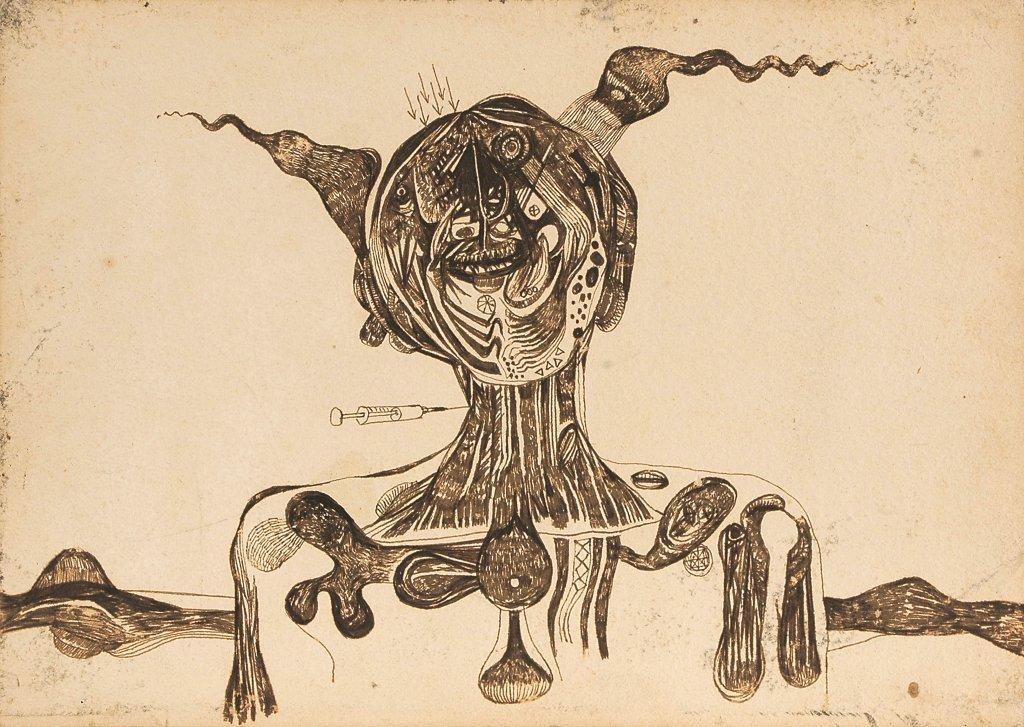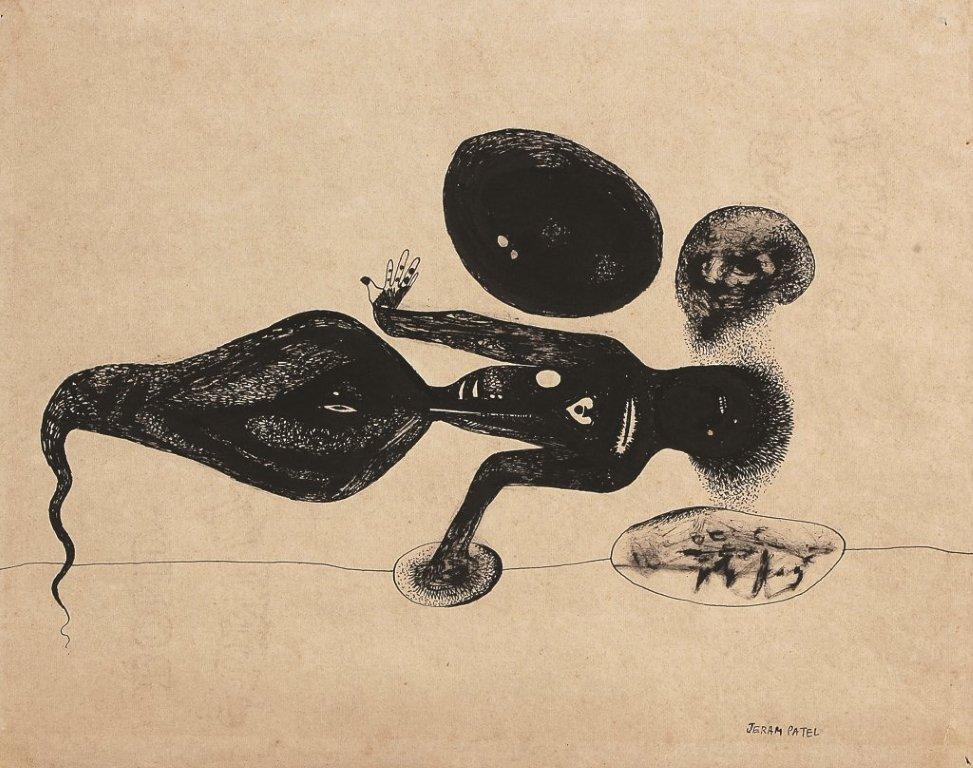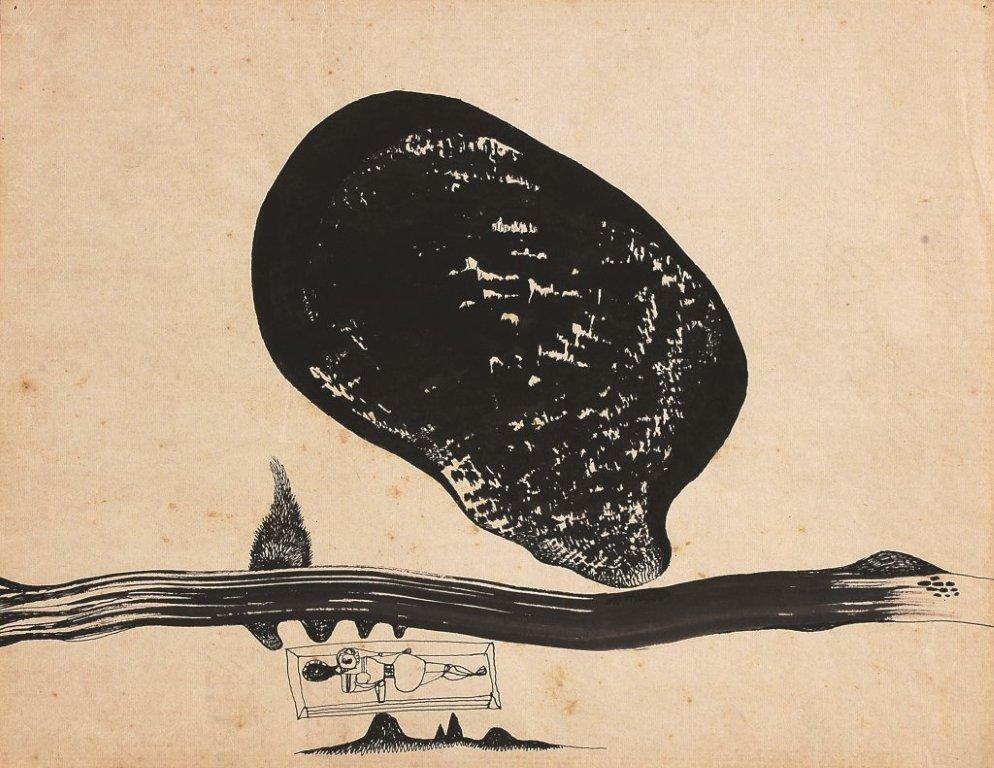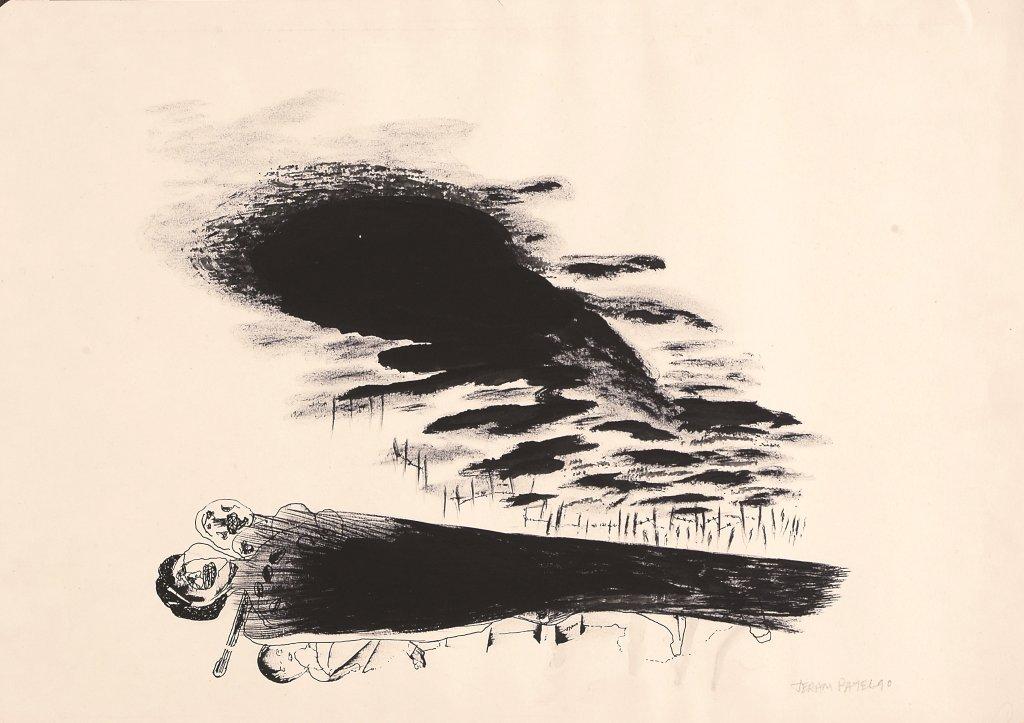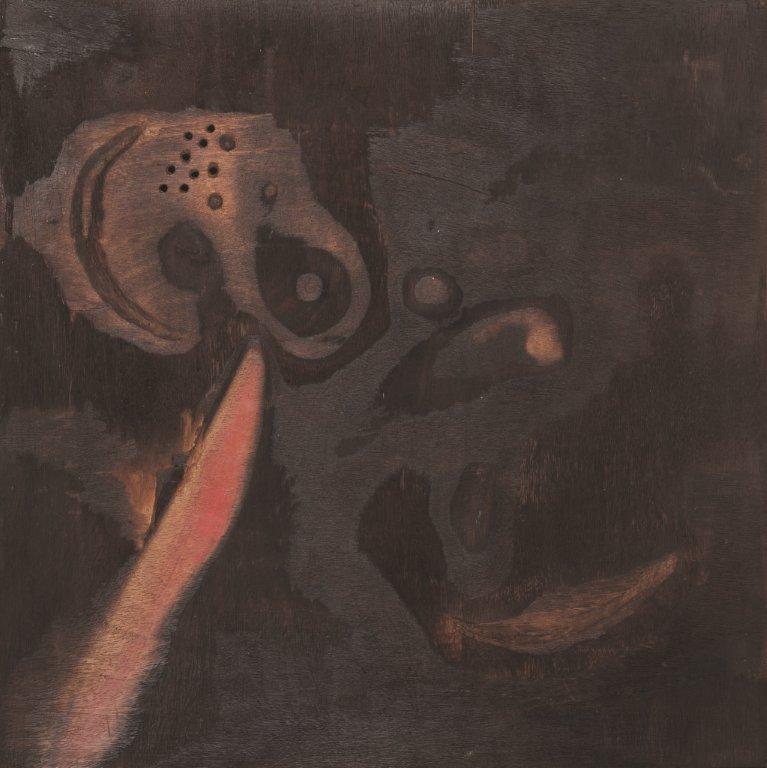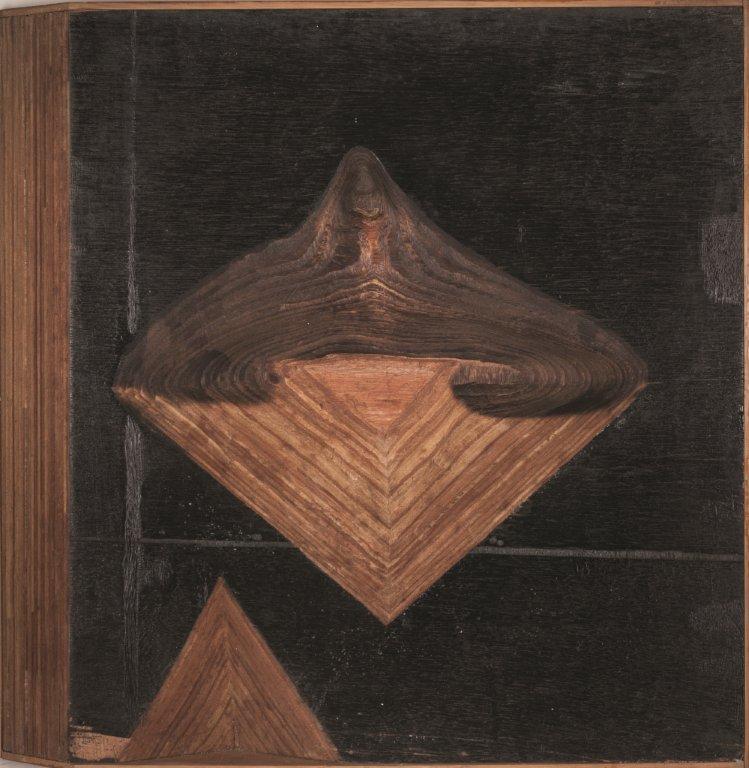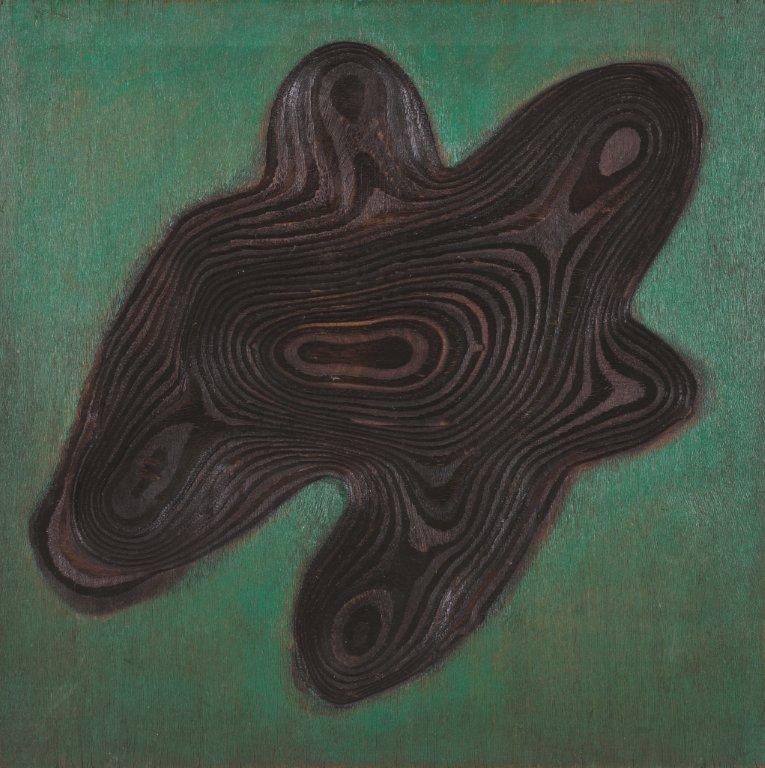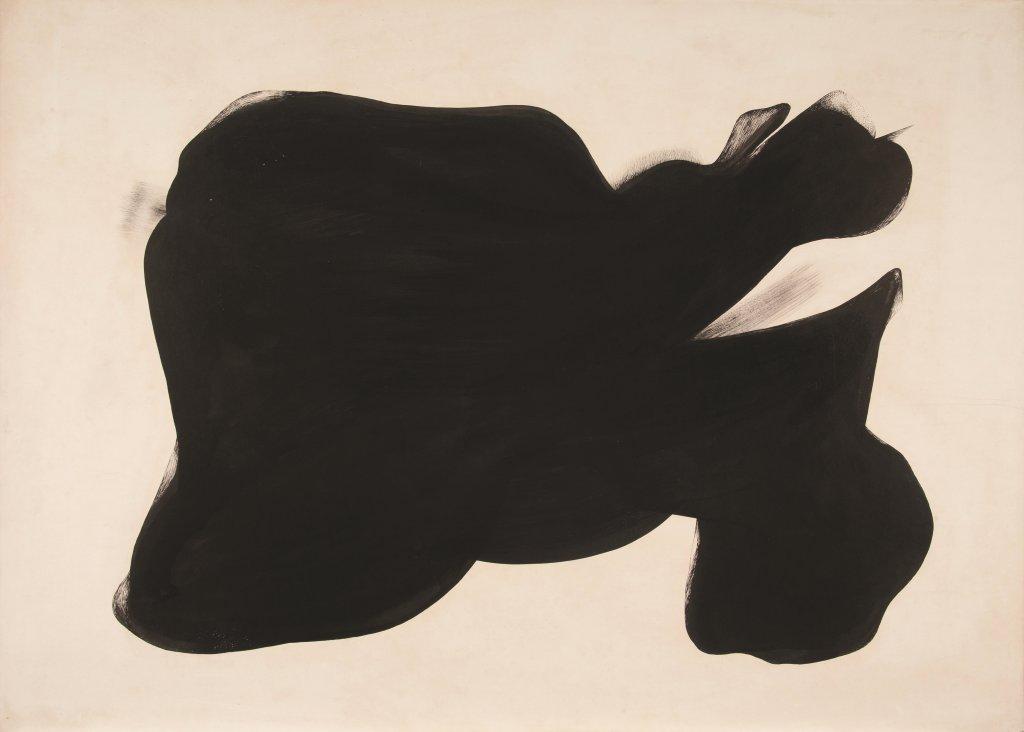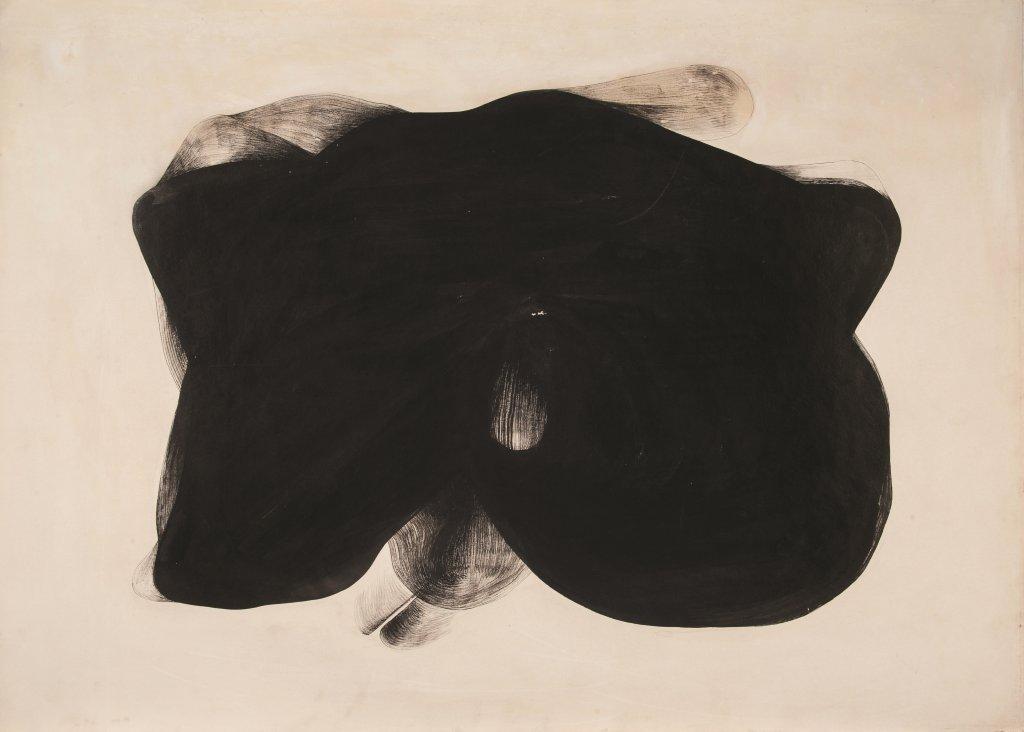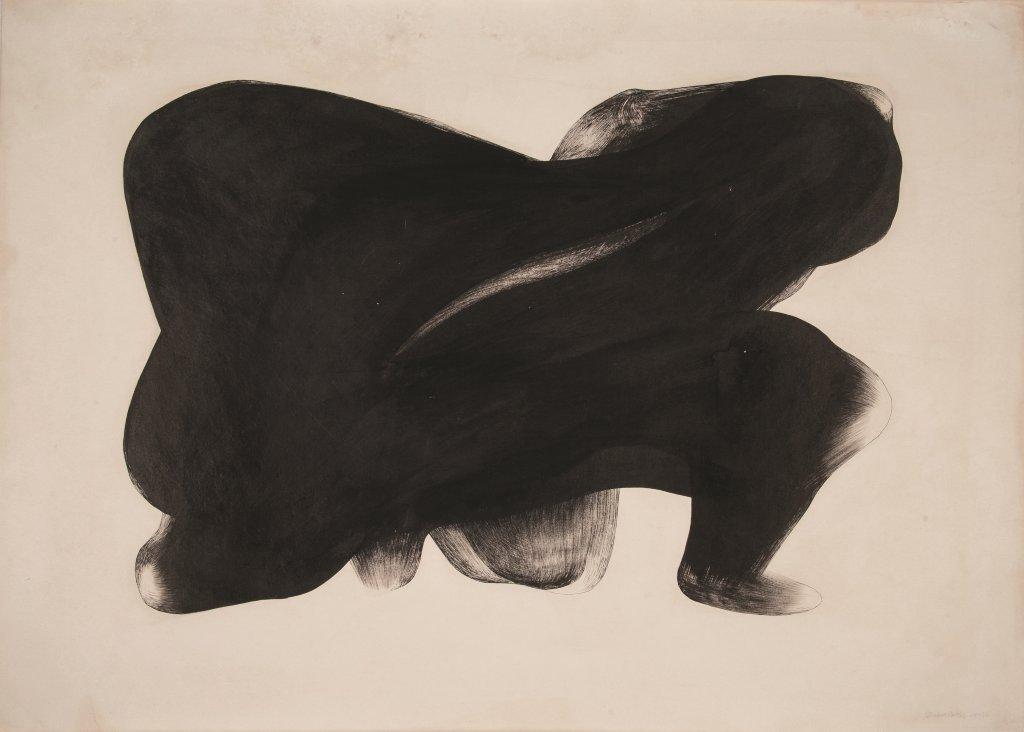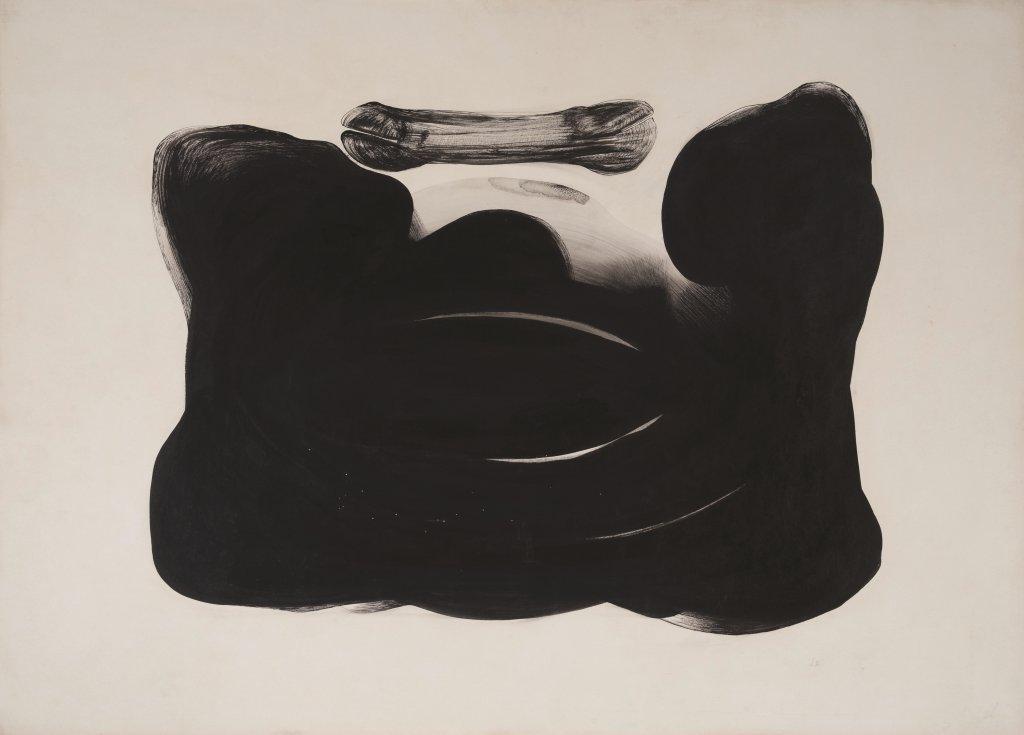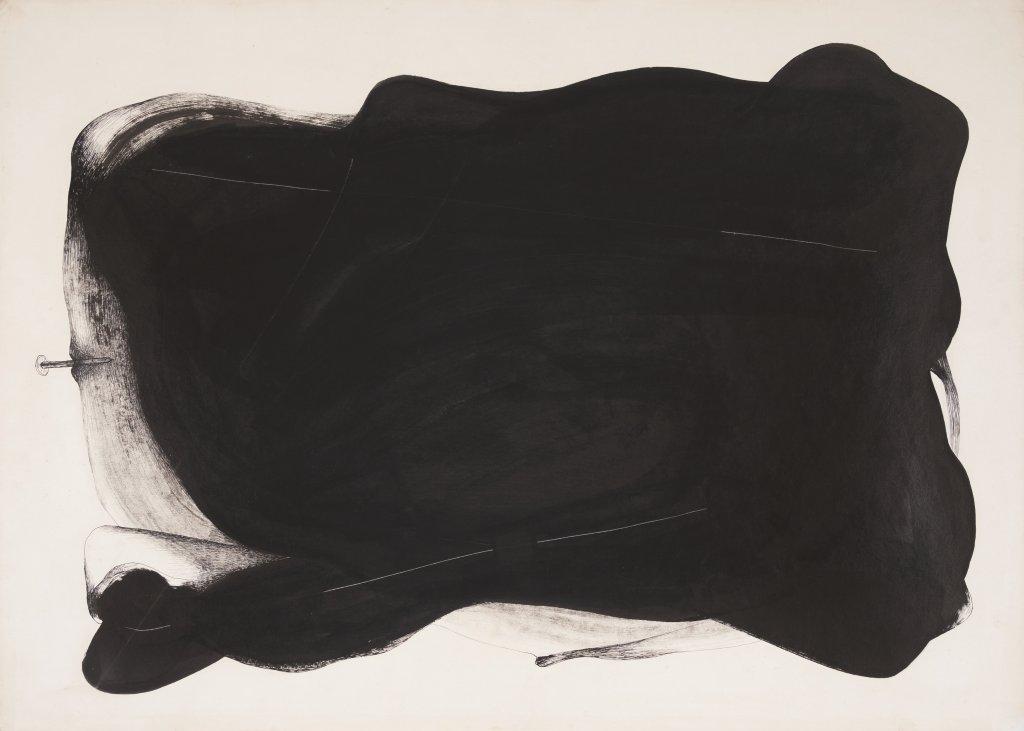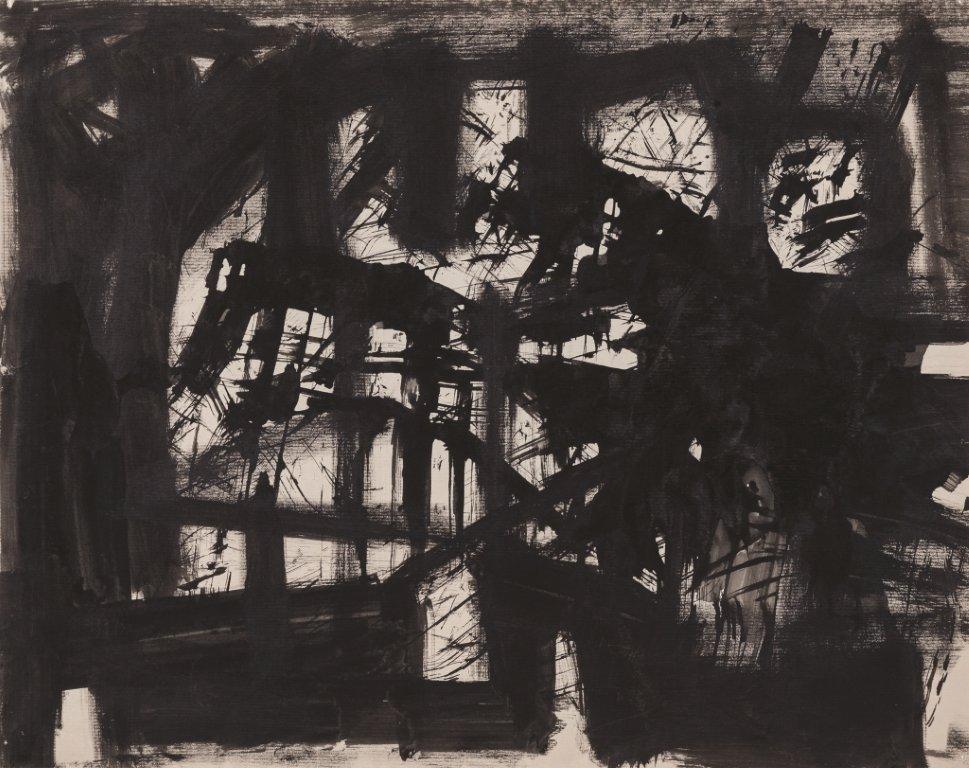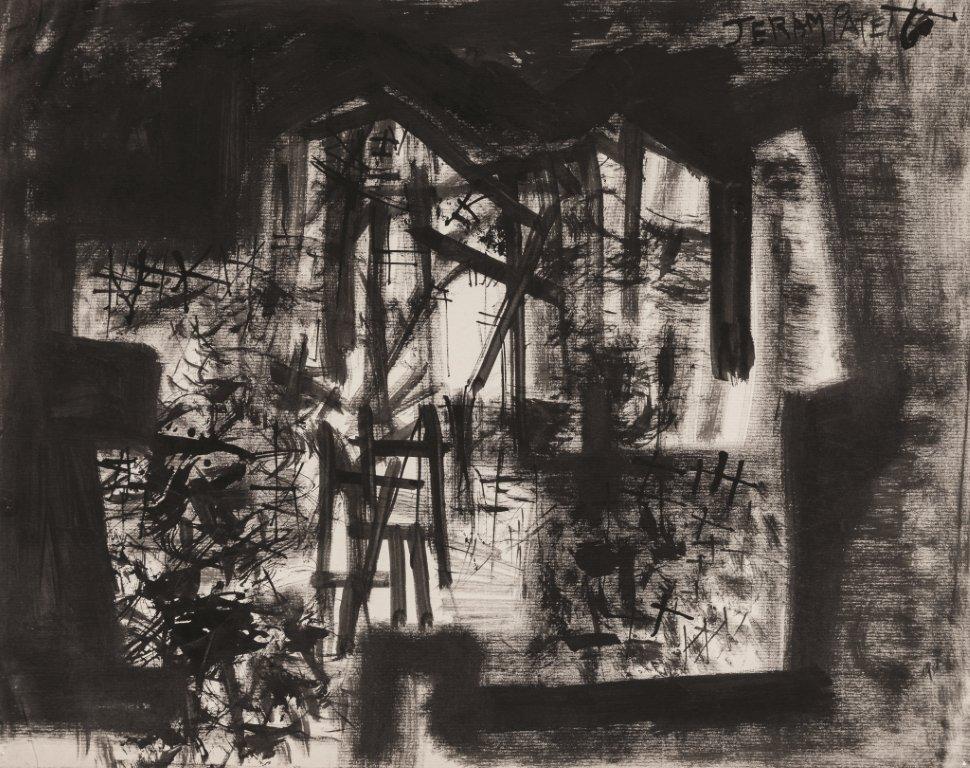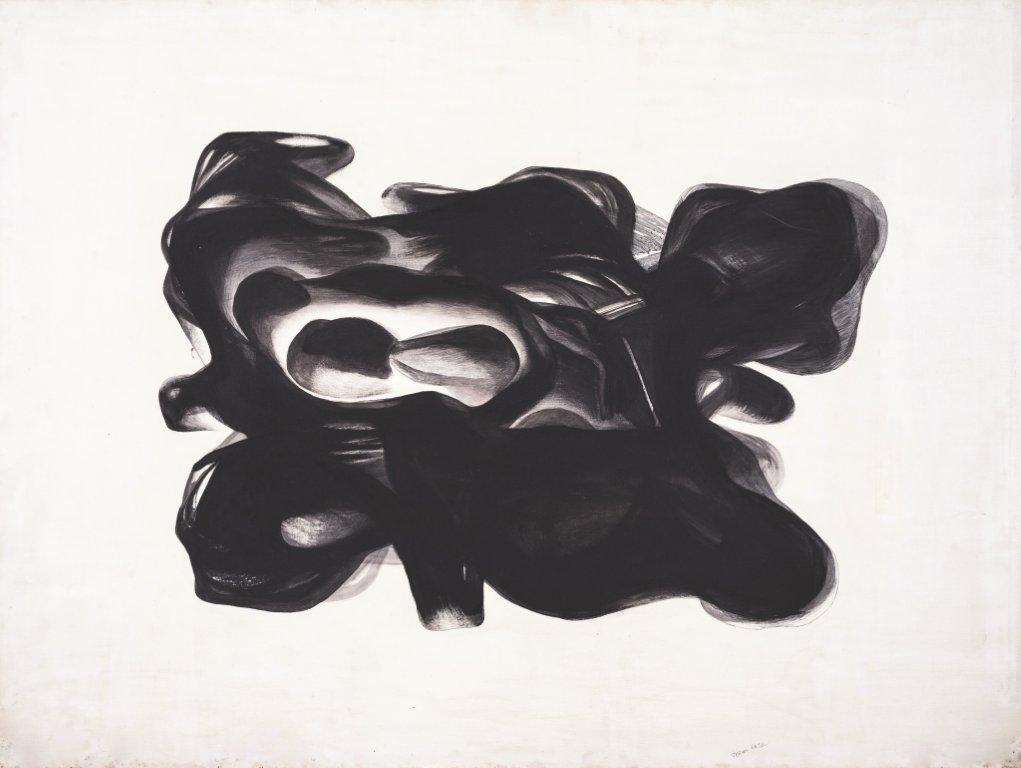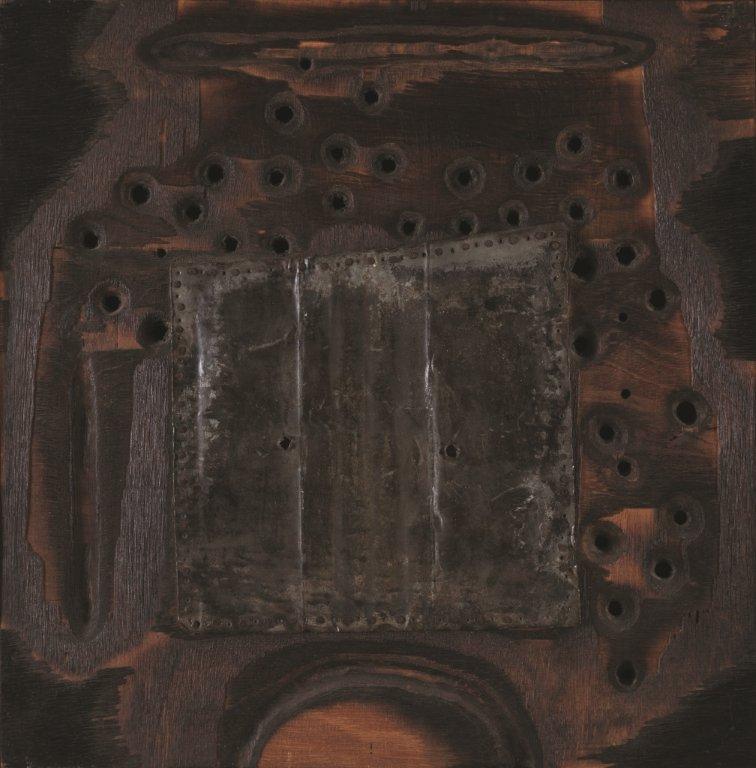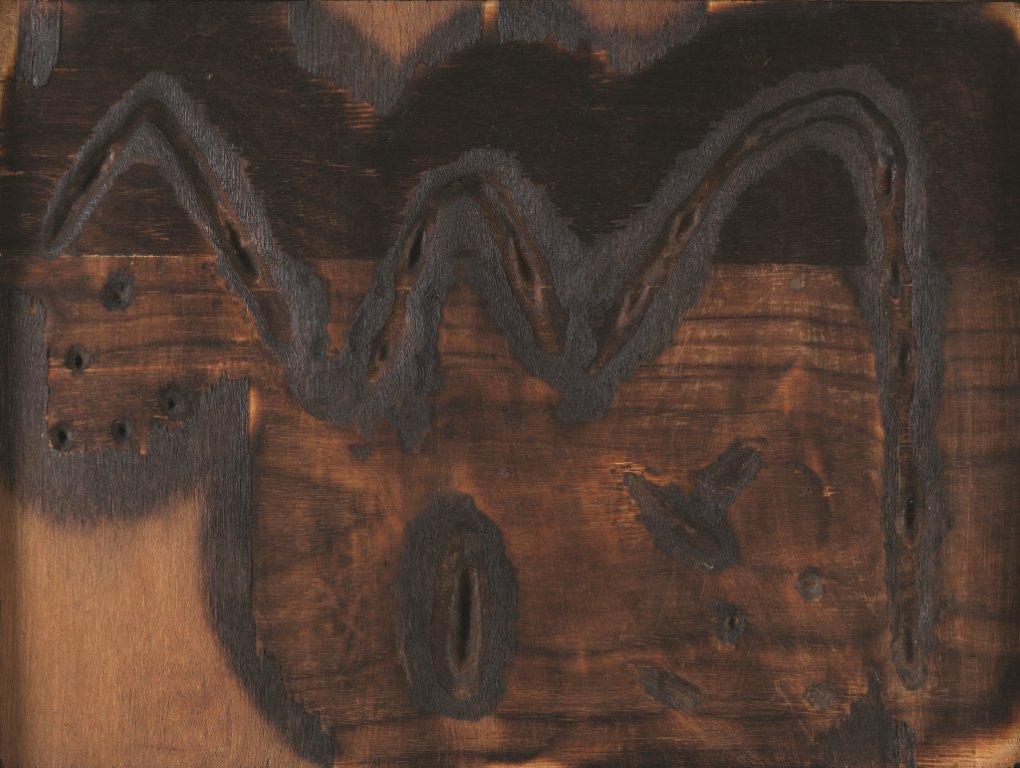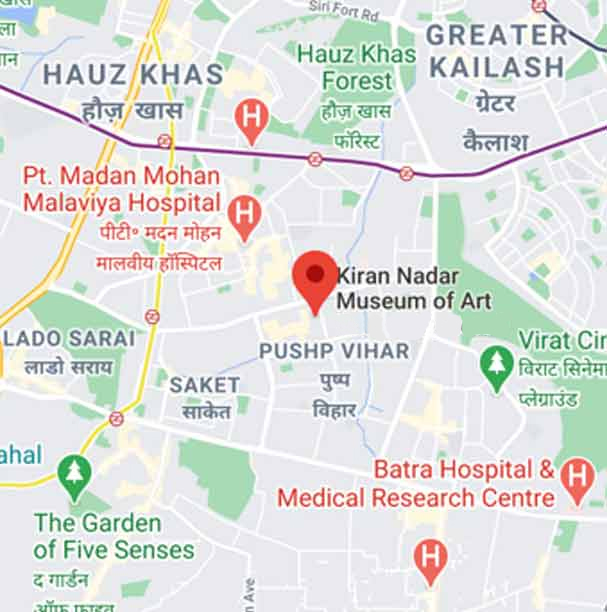- Home
- KNMA, Saket, Delhi
KNMA, Saket, Delhi
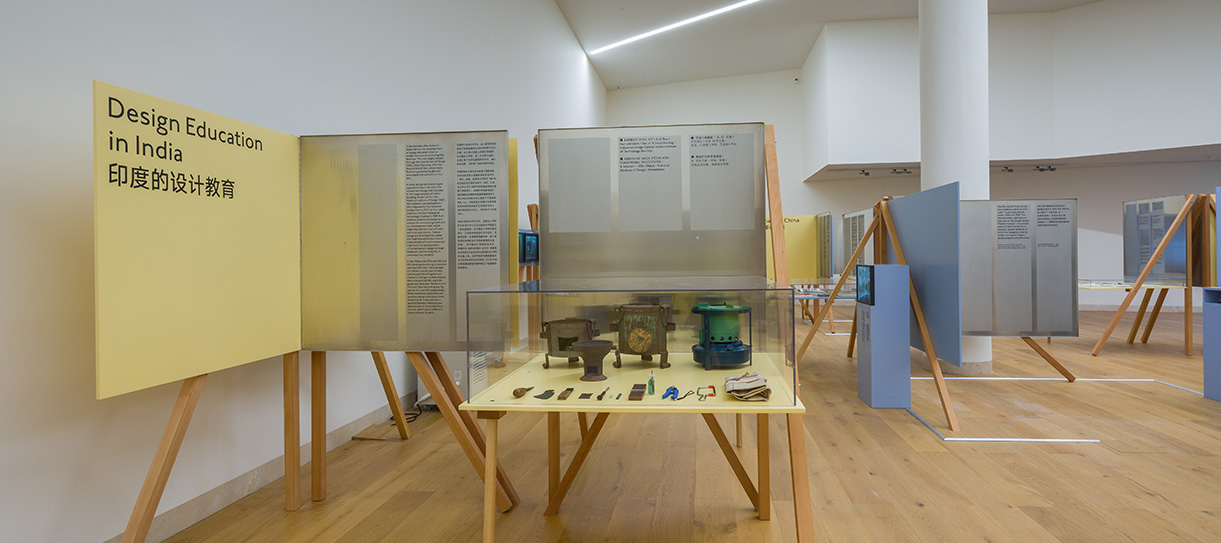
bauhaus imaginista: Moving Away
4 December 2018 - 18 December 2018
'bauhaus imaginista' exhibition celebrates '100 years of Bauhaus' and is organised in collaboration with Goethe Institut, Haus der Kulturen der Welt (HKW), Bauhaus Cooperation Berlin Dessau Weimar and the China Design Museum / China Academy of Art (Hangzhou). (www.bauhaus-imaginista.org , www.bauhaus100.de)
bauhaus imaginista presents the exhibition Moving Away at the Kiran Nadar Museum of Art (KNMA) New Delhi. This exhibition focuses on how principles in design and architecture from the Bauhaus have been adapted, expanded and contested in different social and political contexts. These include the former Soviet Republics, India, North Korea and China. The title of the exhibition indicates how the migration of Bauhaus ideas was never a case of pure dissemination, but instead these ideas were accepted and rejected in relation to local conditions and against a backdrop of geopolitical change in the twentieth century.
Moving Away at the Kiran Nadar Museum, which was partly presented before in Hangzhou (China) with the same title, brings diverse Bauhaus genealogies together in an exhibition for the first time. Through a series of case studies it becomes possible to compare different responses to the Bauhaus, filtered through cultural translation and grounded in the conditions of a particular locality.
Marcel Breue's filmstrip collage ein bauhaus-film. fünf jahre lang (a bauhaus film, five years long, 1926) provides the exhibition’s point of departure. It visualizes the development of the chair from crafted object to industrial prototype, towards a future where designed objects become obsolete. Breuer wrote that design must adapt to changing environments, which could be read as an argument against a universal set of forms and methods. Breuer’s collage was published in the Bauhaus Journal No 1, and the magazine’s contents introduce the basic principle of Bauhaus design, which go beyond individual objects to think about the building as a whole. This meant the development of new designs for cups, chairs, textiles, wall colours and flooring, through to campus architecture, houses and housing estates. The exhibition explores how these disciplines were integrated and related to the idea of social function and reform.
Following his politically motivated dismissal in 1930, the Bauhaus’s second director Hannes Meyer and seven of his students travelled to Moscow at the invitation of the Soviet government and worked there on projects, including designing educational facilities, interiors and housing schemes.
They conducted urban studies and undertook the large-scale planning of new town developments such as Orsk in the southern Urals. When under Stalin’s regime avant-garde ideas were rejected, several Bauhaus architects were imprisoned, and some were sentenced to death. Many left the Soviet Union, relocating, variously, to Europe, Asia or South America. Consequently, throughout the mid-twentieth century, in locations as diverse as Hungary, Chile, the German Democratic Republic and North-Korea, one could find Bauhaus-trained architects working as city planners and educators.
Two decades after the Bauhaus closed the HfG Ulm (founded in 1953) continued and contested Bauhaus ideas, including hiring Bauhaus masters and students to teach a version of the preliminary course based on visual and tactile training in colour and form. When HfG Ulm developed links with the National Institute of Design (NID) in Ahmedabad (founded in 1961) and the Industrial Design Centre (IDC) in Mumbai (founded in 1969), aspects of the Bauhaus preliminary course were incorporated into these school’s curricula, along with workshop-based training. From the perspective of post-war Germany, design was understood as a catalyst for economic reconstruction, and in post-independence India it was also seen as a potential tool for development that could utilise centuries-old Indian craft traditions and artisan skills.
Bauhaus ideas entered China through architects such as Richard Paulick, who was Walter Gropius’s assistant, and Wang Dahong (a student of Gropius). Both were hired to teach at the Architecture Department of St. John's University (established in 1942), which had a curriculum that directly referenced the Bauhaus model. After 1945, these two architects played an important role in the development of the Greater Shanghai Plan, a modern urban project based on rationalist principles. In the same period the renowned Chinese architect Liang Sicheng began a new approach to teaching architecture at the Tsinghua University in Beijing, which was strongly influenced by Gropius. Subsequently, during the Cultural Revolution Bauhaus ideas were attacked as bourgeois but in recent decades they have been rehabilitated in China.
The exhibition is part of bauhaus imaginista’s 2018 series of events celebrating the centenary of the Bauhaus school (1919-1933) in Germany, a project investigating the worldly relations of the Bauhaus across major geopolitical transformations of the twentieth century. The Bauhaus school radicalized design pedagogy and stood for a cosmopolitan vision, acting within the transnational network of the modernist movement. The Bauhaus hosted students and teachers from various world regions. Through flight and migration following its closure by the Nazis in 1933, Bauhauslers were in contact with other modern movements in Asian, American and African countries. Over the course of 2018, artistic directors Marion von Osten and Grant Watson—in cooperation with a team of international researchers, artists and designers—have developed a research project, including four separate exhibitions in China, Japan, Russia and Brazil, complemented by discursive events in India, the United States, Morocco and Nigeria, held in partnership with local art and design institutions and the Goethe-Instituts. From 15 March to 10 June 2019, the final exhibition bauhaus imaginsta will be on view at Haus der Kulturen der Welt, Berlin (HKW).
Other Exhibitions
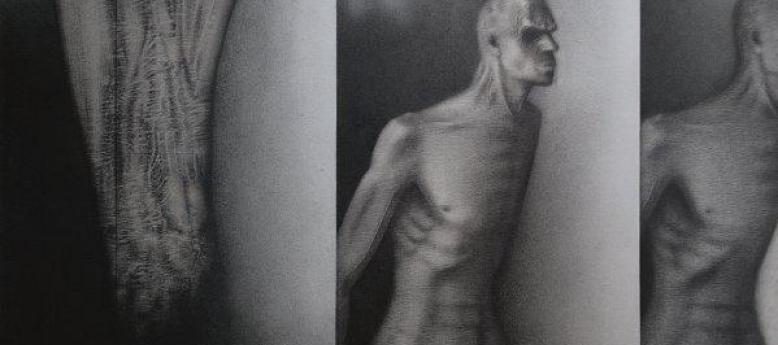
visions of interiority: interrogating the male body - A RETROSPECTIVE (1963-2013)
14 October 2014 - 1 March 2015
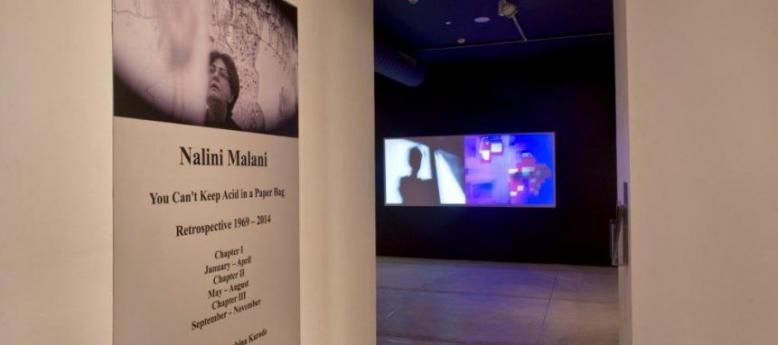
You can’t Keep Acid in a Paper Bag - A RETROSPECTIVE (1969 - 2014) in three chapters
26 September 2014 - 21 December 2014
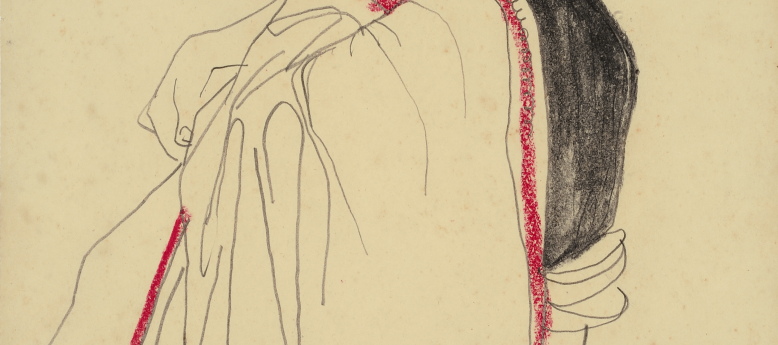
A view to infinity - A Retrospective (1937-1990) Part of Difficult Loves
31 January 2013 - 8 December 2013
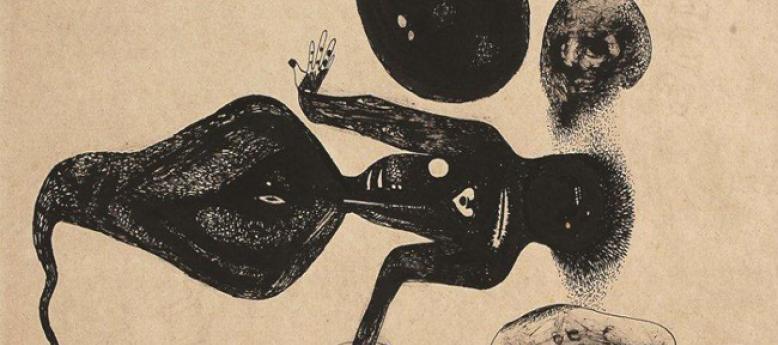
the dark loam: between memory and membrane - A RETROSPECTIVE (1930-2016)
24 August 2016 - 20 December 2016
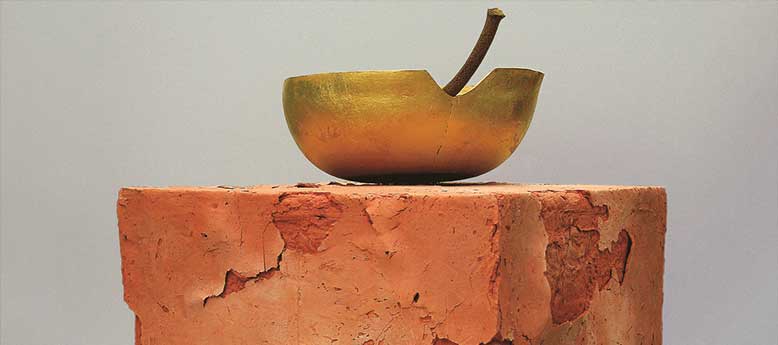
The euphoria of being Himmat Shah A continuing journey across six decades
30 October 2017 - 15 December 2017
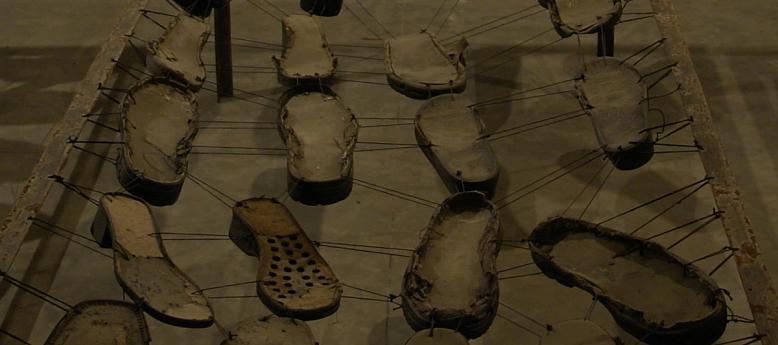
VIVAN SUNDARAM, A RETROSPECTIVE: FIFTY YEARS STEP INSIDE AND YOU ARE NO LONGER A STRANGER
9 February 2018 - 20 July 2018
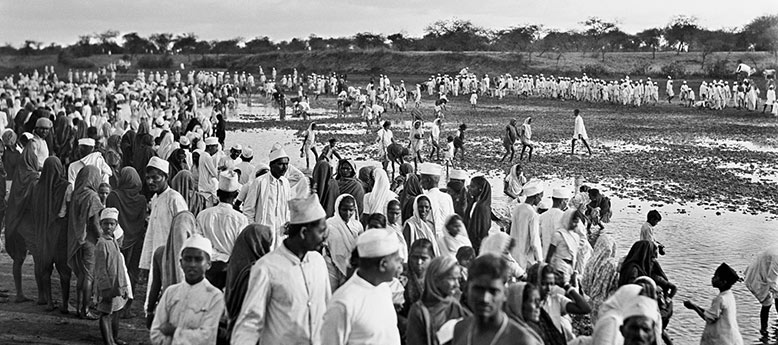
Envisioning Asia, Gandhi and Mao in the photographs of Walter Bosshard
1 October 2018 - 31 October 2018
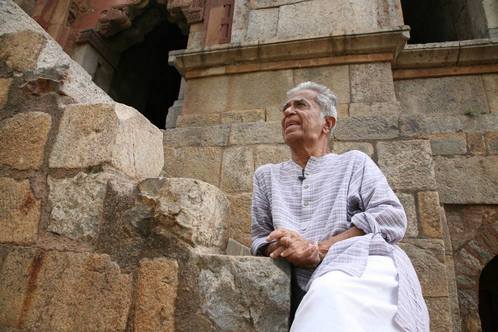
Kiran Nadar Museum of Art presents इस घट अंतर बाग-बगीचे | Haku Shah 1934-2019 Within this earthen vessel are bowers and groves
10 December 2019 - 8 January 2020

Right to laziness... no, strike that! Sidewalking with the man saying sorry
30 January 2020 - 10 April 2021
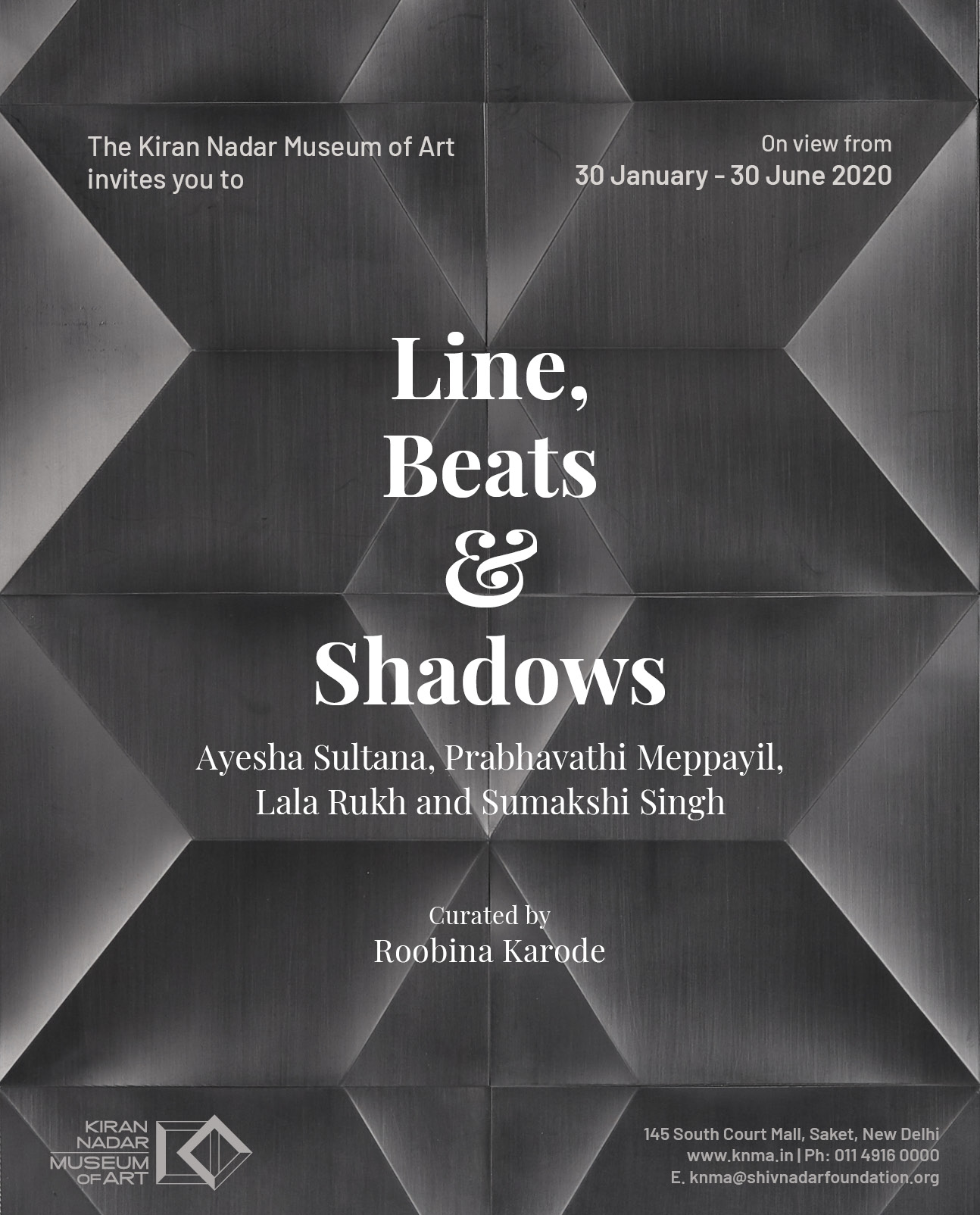
Line, beats and shadows – Ayesha Sultana, Prabhavathi Meppayil, Lala Rukh and Sumakshi Singh
30 January 2020 - 10 April 2021

Delhi Modern: The Architecture of Independent India seen through the eyes of Madan Mahatta
13 February 2020 - 28 February 2020
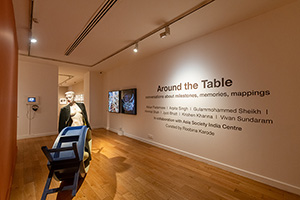
Around The Table : Conversations about Milestones, Memories, Mappings
5 November 2022 - 22 December 2022
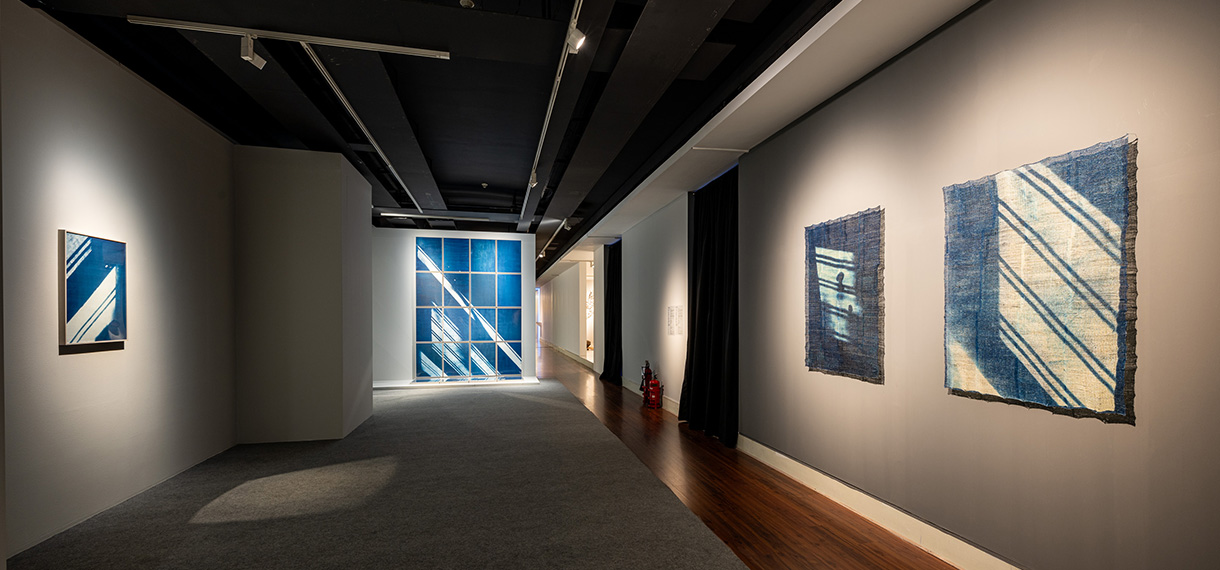
Prussian Blue: A Serendipitous Colour that Altered the Trajectory of Art
19 September 2023 - 20 December 2023

Envisioning Asia Gandhi and Mao in the photographs of Walter Bosshard
1 October 2018 - 31 October 2018
Curated by Gayatri Sinha and Peter Pfrunder
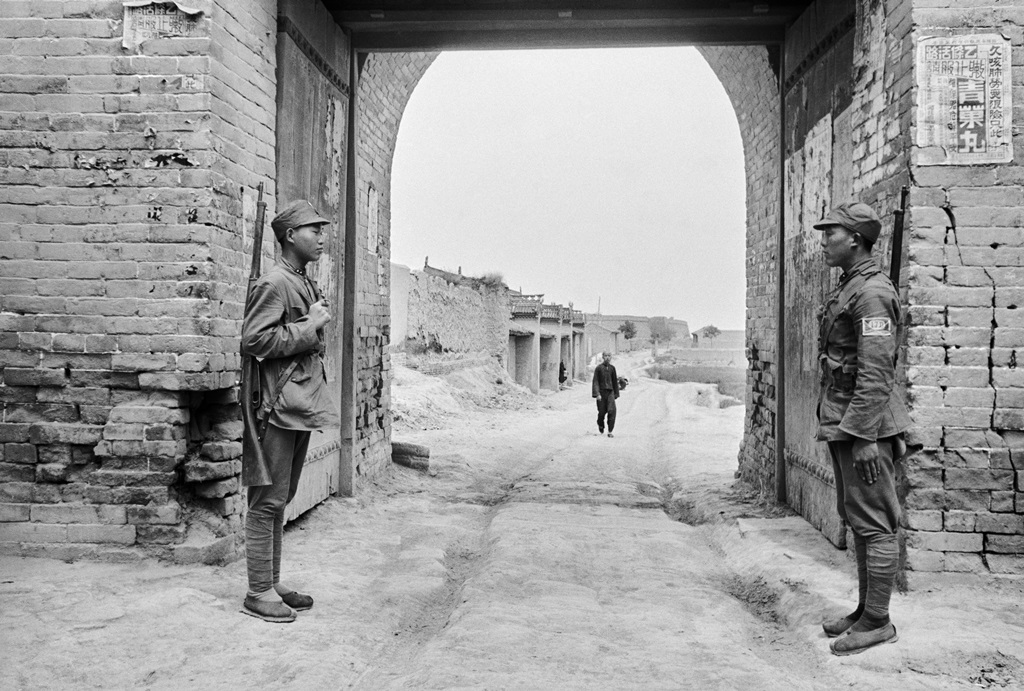 Walter Bosshard, Yan'an City Gate, entrance to China's Red Capital, 1938. © Fotostiftung Schweiz / Archiv für Zeitgeschichte
Walter Bosshard, Yan'an City Gate, entrance to China's Red Capital, 1938. © Fotostiftung Schweiz / Archiv für Zeitgeschichte
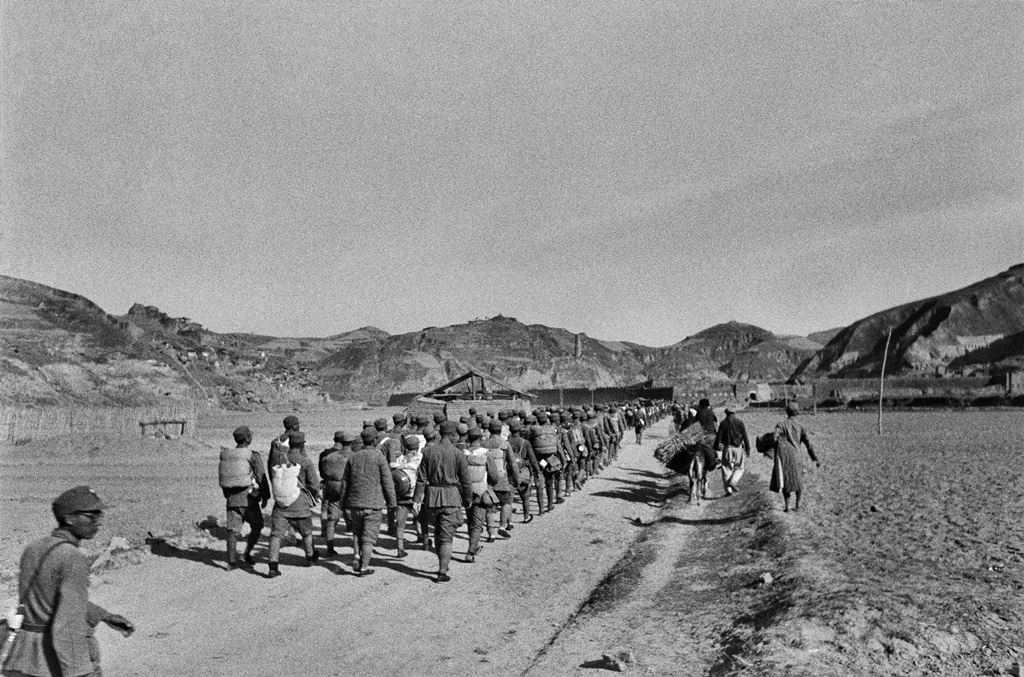 Walter Bosshard, Marching soldiers of the 8th Route Army, Yan'an, 1938. © Fotostiftung Schweiz / Archiv für Zeitgeschichte
Walter Bosshard, Marching soldiers of the 8th Route Army, Yan'an, 1938. © Fotostiftung Schweiz / Archiv für Zeitgeschichte
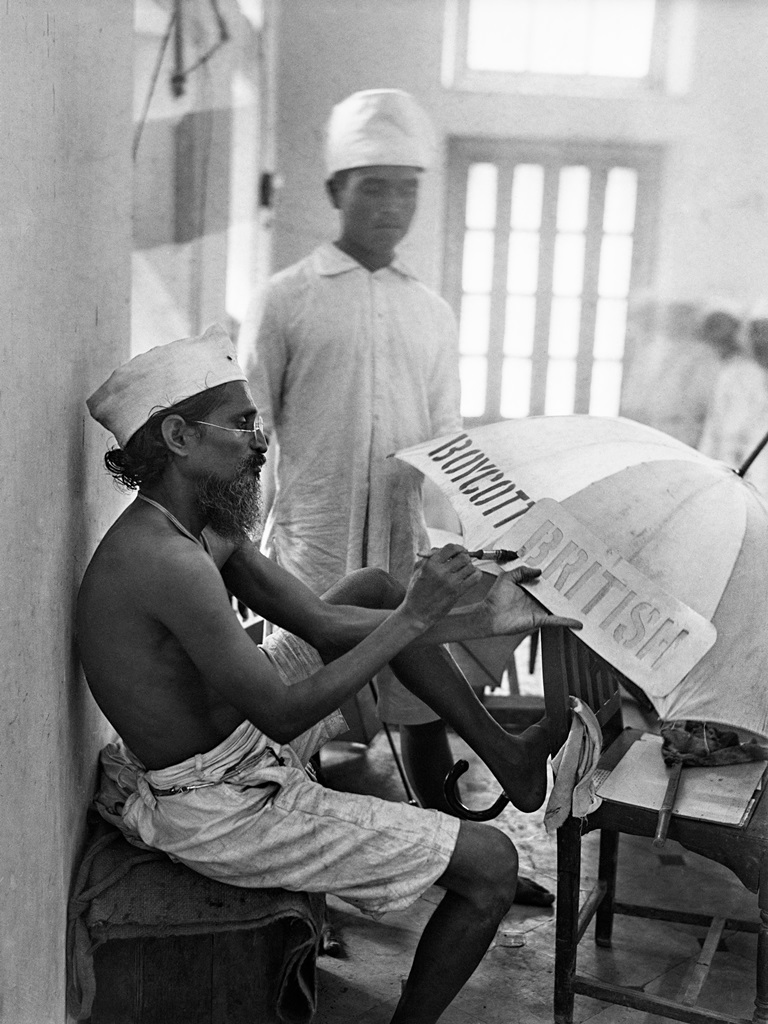 Walter Bosshard, Preparations at the Congress headquarters for “Boycott Week”, Mumbai, 1930. © Fotostiftung Schweiz / Archiv für Zeitgeschichte
Walter Bosshard, Preparations at the Congress headquarters for “Boycott Week”, Mumbai, 1930. © Fotostiftung Schweiz / Archiv für Zeitgeschichte
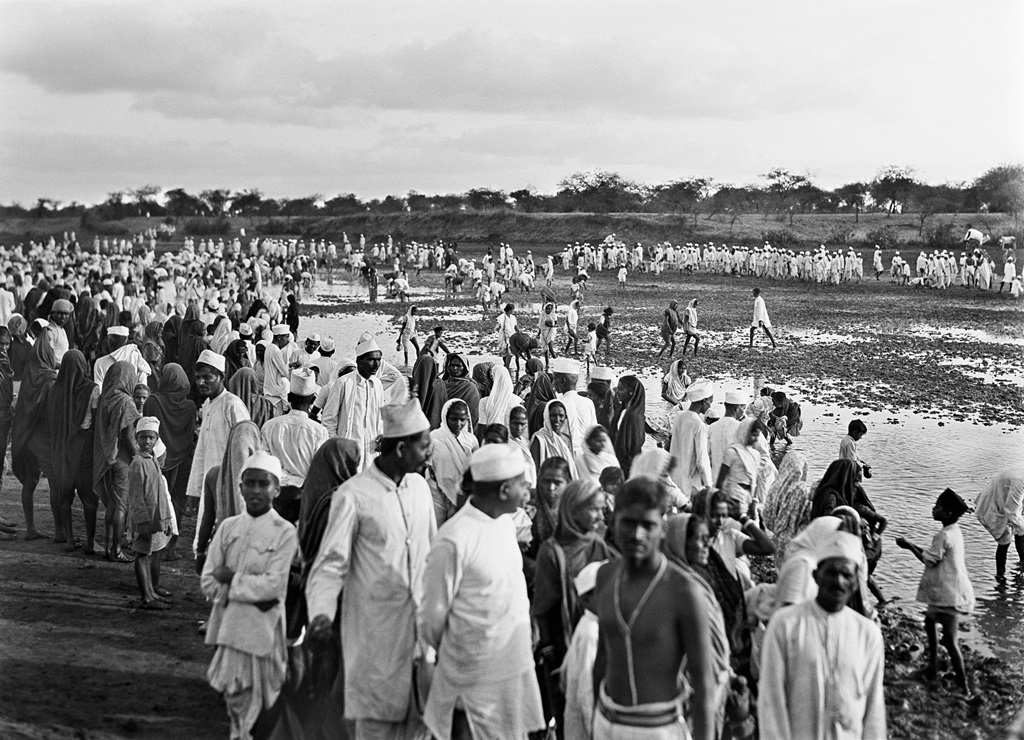 Walter Bosshard, Arrival of a group of volunteers at the river, 7 April 1930. © Fotostiftung Schweiz / Archiv für Zeitgeschichte
Walter Bosshard, Arrival of a group of volunteers at the river, 7 April 1930. © Fotostiftung Schweiz / Archiv für Zeitgeschichte
KNMA is delighted to present an exhibition of photographs of Swiss photographer Walter Bosshard (1892–1975), which are being seen in India for the first time. This exhibition is co-produced by Fotostiftung Schweiz (Winterthur) and Critical Collective (Delhi), and brings together 51 of Bosshard's iconic portrays of Gandhi and Mao. The original negatives have been digitized in Switzerland in order to produce high quality exhibition prints in India. Exhibition also includes a 1921 silent film on Mao shot by Bosshard.
Seventy years after the assassination of Mahatma Gandhi in 1948, the photographs of Walter Bosshard sheds new light on the Independence movement, the salt march to Dandi in 1930 and the personality of its leader. Bosshard preceded the illustrious photographers Henri Cartier-Bresson and Margaret Bourke-White who came to India in the late 1940s to photograph the Mahatma, by documenting this first vital gesture of the Civil Disobedience movement.
A few years later he travelled to China to document Mao Zedong and the Red army training in the caves of Yan’an. Co-curaotrs Gayatri Sinha and Peter Pfrunder bring together this rare archive of Gandhi and Mao images at the Kiran Nadar Museum of Art.
The Swiss photographer Walter Bosshard (1892–1975) was a pioneer in the field of photojournalism. A master of both the word and the camera, he made a name for himself as a bridge builder between Asia and Europe, reporting on key political events and daily life in Asia in the 1930s. Today, his photographs and films are a rich source of information for understanding global history. Bosshard's archive is preserved by the Swiss Foundation for Photography in Winterthur (Zurich), a national institution founded in 1971, tasked with caring for the photographic heritage of Switzerland.
In a dream assignment by the Münchner Illustrierte Presse, Bosshard was sent to India to report on the growing unrest and the Independence movement. In March 1930 he started on an eight month journey of Asia; he crossed 20,000 kilometres by car, to numerous cities and countries, and came into contact with over 5,000 people of various backgrounds.
The highlight of his assignment appeared on 18th May 1930 when the Münchner Illustrierte published Walter Bosshard's story on Mahatma Gandhi. The cover of the magazine showed Gandhi deeply immersed in reading, his head leaning on his hand. Inside the magazine, the viewer encountered the Mahatma in intimate situations – while he ate onion soup, while he shaved, and even while he slept. Bosshard's unusual portraits were widely distributed and admired. The photographs challenged Gandhi’s own ambivalent attitude to photography, as Bosshard noticed. When asked for permission to take photographs, the camera-shy Mahatma replied: "I have sworn never to ‘pose’ for a photographer! Try your luck, perhaps it might even turn out well".
The impressions of his journey through India were published by Bosshard in his book Indien kämpft! in 1931.
From India Bosshard then returned to China. He had visited China in 1921, and made the first silent film on Mao Zedong, the emergent revolutionary. Living and working in China between 1933 and 1939, Bosshard photographed daily life, the bombing of Hankon and China’s nomadic communities. Most importantly he photographed Mao Zedong in the caves of Yan’an, the training of the Red army, Chiang Kai-shek and Soong Mei-ling.
Bosshard occupies a singular place in 20th century photographic history. Today nearly 90 years later, his photographs offer a compelling comparison between two dominant figures of Asia, Gandhi and Mao as viewed from a single lens. Photographs of the Dandi March and the training of the Red Army, the message of nationalism and the symbols of resistance that these leaders adopted, reveal salient aspects of Asia’s history.
Other Exhibitions

visions of interiority: interrogating the male body - A RETROSPECTIVE (1963-2013)
14 October 2014 - 1 March 2015

You can’t Keep Acid in a Paper Bag - A RETROSPECTIVE (1969 - 2014) in three chapters
26 September 2014 - 21 December 2014

A view to infinity - A Retrospective (1937-1990) Part of Difficult Loves
31 January 2013 - 8 December 2013

the dark loam: between memory and membrane - A RETROSPECTIVE (1930-2016)
24 August 2016 - 20 December 2016

The euphoria of being Himmat Shah A continuing journey across six decades
30 October 2017 - 15 December 2017

VIVAN SUNDARAM, A RETROSPECTIVE: FIFTY YEARS STEP INSIDE AND YOU ARE NO LONGER A STRANGER
9 February 2018 - 20 July 2018

Envisioning Asia, Gandhi and Mao in the photographs of Walter Bosshard
1 October 2018 - 31 October 2018

Kiran Nadar Museum of Art presents इस घट अंतर बाग-बगीचे | Haku Shah 1934-2019 Within this earthen vessel are bowers and groves
10 December 2019 - 8 January 2020

Right to laziness... no, strike that! Sidewalking with the man saying sorry
30 January 2020 - 10 April 2021

Line, beats and shadows – Ayesha Sultana, Prabhavathi Meppayil, Lala Rukh and Sumakshi Singh
30 January 2020 - 10 April 2021

Delhi Modern: The Architecture of Independent India seen through the eyes of Madan Mahatta
13 February 2020 - 28 February 2020

Around The Table : Conversations about Milestones, Memories, Mappings
5 November 2022 - 22 December 2022

Prussian Blue: A Serendipitous Colour that Altered the Trajectory of Art
19 September 2023 - 20 December 2023
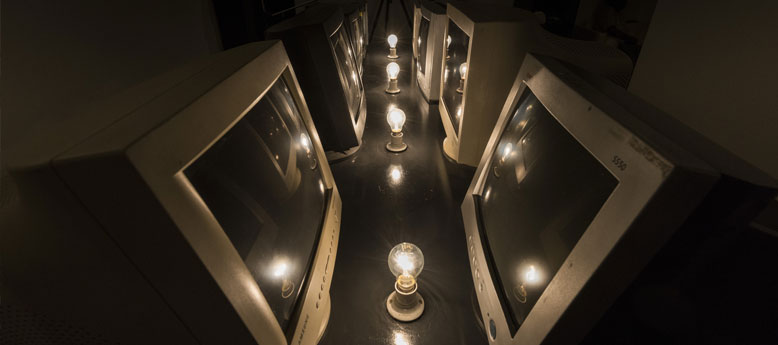
DELIRIUM // EQUILIBRIUM videos, films and kinetic objects from the KNMA collection
19 August 2018 - 15 November 2018
Curated by Roobina Karode
Alia Syed | Amar Kanwar | Kausik Mukhopadhyay | Mithu Sen | Naeem Mohaiemen | Neha Choksi | Nalini Malani | Nandita Kumar | Ranbir Kaleka | Shahzia Sikander | Sheba Chhachhi | Shezad Dawood | Sonia Khurana | Sudarshan Shetty | Vibha Galhotra | William Kentridge
Engaging with videos or films in a dark or semi-dark space, where things come closer to life or create a world of their own, the presence of colour, touch, sound, movement, apparitions, light and shadow, draws one into a complex technological environment. One is moved by the potentiality of the mediums used by artists, their diverse and occasionally precarious themes processed through the intricacies of looped time and nuanced languages. The world of today is disenchanting and distraught, yet alluring and demanding, desiring poise and equilibrium.
The exhibition Delirium/Equilibrium brings together transitory and intermediary states of incoherence, anxiety and excess, amplified in the disorienting acts of gibberish noise speech, unsettling animated/mechanized objects, a dizzy virtual journey into the meandering paths of a landscape, echoes of long drawn political speeches and quiet inner struggles of seekers/protagonists. Varied durations, scale and approaches can be seen at play, ranging from a rare eight channel video installation, a forty-five feet long projection, an eighty-five minute long film to a twenty-four feet long table-top with kinetic objects.
The participating artists present poetic ambivalences and blurred visions of the present, broaching the subject of life, the depths of darkness, illuminating the need for a rewiring of the world. With isolated gestures, stand-alone episodes, sites of failure and mysterious realms, the exhibition offers a setting for a philosophical reading of the present moment, politically and socially.
Other Exhibitions

visions of interiority: interrogating the male body - A RETROSPECTIVE (1963-2013)
14 October 2014 - 1 March 2015

You can’t Keep Acid in a Paper Bag - A RETROSPECTIVE (1969 - 2014) in three chapters
26 September 2014 - 21 December 2014

A view to infinity - A Retrospective (1937-1990) Part of Difficult Loves
31 January 2013 - 8 December 2013

the dark loam: between memory and membrane - A RETROSPECTIVE (1930-2016)
24 August 2016 - 20 December 2016

The euphoria of being Himmat Shah A continuing journey across six decades
30 October 2017 - 15 December 2017

VIVAN SUNDARAM, A RETROSPECTIVE: FIFTY YEARS STEP INSIDE AND YOU ARE NO LONGER A STRANGER
9 February 2018 - 20 July 2018

Envisioning Asia, Gandhi and Mao in the photographs of Walter Bosshard
1 October 2018 - 31 October 2018

Kiran Nadar Museum of Art presents इस घट अंतर बाग-बगीचे | Haku Shah 1934-2019 Within this earthen vessel are bowers and groves
10 December 2019 - 8 January 2020

Right to laziness... no, strike that! Sidewalking with the man saying sorry
30 January 2020 - 10 April 2021

Line, beats and shadows – Ayesha Sultana, Prabhavathi Meppayil, Lala Rukh and Sumakshi Singh
30 January 2020 - 10 April 2021

Delhi Modern: The Architecture of Independent India seen through the eyes of Madan Mahatta
13 February 2020 - 28 February 2020

Around The Table : Conversations about Milestones, Memories, Mappings
5 November 2022 - 22 December 2022

Prussian Blue: A Serendipitous Colour that Altered the Trajectory of Art
19 September 2023 - 20 December 2023

VIVAN SUNDARAM
A RETROSPECTIVE: FIFTY YEARS
STEP INSIDE AND YOU ARE NO LONGER A STRANGER
9 February 2018 - 20 July 2018
Curated By Roobina Karode
KNMA is presenting this year, the first ever retrospective of eminent artist Vivan Sundaram, one of the most influential artists of his generation in India. This large-scale exhibition is an extensive showing of his multimedia practice, bringing together many of his rare and key works and experiments, reflecting on his take away from Modernism, elements from Pop and Kitsch, moving away from the centrality of painting to take a conceptual turn. There are around 180 artworks on display, which include drawings, paintings, sculptures, collages, photo-montages and installations created over a period of five decades. It showcases his early works such as the pop and kitsch paintings (1965-66), Macchu Picchu (1972) series of drawings, engine oil drawings and installation (1991) to his most recent co-authored projects 409 Ramkinkars (2015) and Meanings of Failed Action: Insurrection 1946 (2017). Most of his early works will be in the public view after a gap of almost thirty to forty years.
Titled after one of Vivan’s paintings ‘Step inside and you are no longer a stranger’ which is part of the Punjab University Museum collection, this eponymous exhibition invites a poetic step from the spectator. At times, a provocateur seeking participation and collaboration, and sometimes acting as an interlocutor, Vivan has continuously attempted or staged immersive situations and spatial structures for the viewer through his installations. It is the spectator that holds the centre. The exhibition is animated with gestures and narratives that address the topical, the historical and the personal, alongside marking the cusp of significant shifts in the history of modernism in India.
In his large installations such as 12 Bed Ward, River carries its past and 409 Ramkinkars on display in the exhibition, he traverses through the industrial landscape and discards, oil grids, things sourced from local flea markets and second-hand markets to fragile terracotta recasts of modernist-master-sculptor Ramkinkar Baij’s famous sculptures Santhal Family and Mill’ Call. The exhibition highlights Vivan’s acts of doubling and re-evaluating. References to journeys through repetition of the motifs of boat and a house as a shelter for the migrants or just the adventurous ones who have ventured far away. With his installations Vivan offers a temporary halt to the stranger he seeks.
Preparing for his Retrospective exhibition, Vivan Sundaram says: “This exhibition presents the themes I have engaged with, but it also proposes structures that hold things together in retrospect: via the work, the exhibition layout, and spectator itineraries. ‘Step inside and you are no longer a stranger’: the exhibition’s title reflects the conflicting dimensions of my practice.”
On the occasion Kiran Nadar, Founder & Chairperson, KNMA, says, “Vivan Sundaram’s exhibition marks another major moment in the eight years of institutional presence of KNMA. The retrospective of this scale and kind has led to loans from 42 private and public collections from all across the country and overseas. We are glad to present this rare and extraordinary feat of fifty years of work of this highly celebrated and influential artist, put together for the first time. We have taken up the daunting task of coherently presenting such a prolific and wide ranging oeuvre. It is a show which is going to be remembered for a long time.”
Other Exhibitions

visions of interiority: interrogating the male body - A RETROSPECTIVE (1963-2013)
14 October 2014 - 1 March 2015

You can’t Keep Acid in a Paper Bag - A RETROSPECTIVE (1969 - 2014) in three chapters
26 September 2014 - 21 December 2014

A view to infinity - A Retrospective (1937-1990) Part of Difficult Loves
31 January 2013 - 8 December 2013

the dark loam: between memory and membrane - A RETROSPECTIVE (1930-2016)
24 August 2016 - 20 December 2016

The euphoria of being Himmat Shah A continuing journey across six decades
30 October 2017 - 15 December 2017

VIVAN SUNDARAM, A RETROSPECTIVE: FIFTY YEARS STEP INSIDE AND YOU ARE NO LONGER A STRANGER
9 February 2018 - 20 July 2018

Envisioning Asia, Gandhi and Mao in the photographs of Walter Bosshard
1 October 2018 - 31 October 2018

Kiran Nadar Museum of Art presents इस घट अंतर बाग-बगीचे | Haku Shah 1934-2019 Within this earthen vessel are bowers and groves
10 December 2019 - 8 January 2020

Right to laziness... no, strike that! Sidewalking with the man saying sorry
30 January 2020 - 10 April 2021

Line, beats and shadows – Ayesha Sultana, Prabhavathi Meppayil, Lala Rukh and Sumakshi Singh
30 January 2020 - 10 April 2021

Delhi Modern: The Architecture of Independent India seen through the eyes of Madan Mahatta
13 February 2020 - 28 February 2020

Around The Table : Conversations about Milestones, Memories, Mappings
5 November 2022 - 22 December 2022

Prussian Blue: A Serendipitous Colour that Altered the Trajectory of Art
19 September 2023 - 20 December 2023
.jpg)
Amruta Kalasha Thanjavur and other South Indian Paintings
14 November 2017 - 15 December 2017
Conceptualized by Roobina Karode
The month-long special exhibition ‘Amruta kalasha’ brings to public viewing for the first time a rare collection of 19th and early 20th century paintings from Thanjavur, Mysore, Andhra, and Kerala. Acquired gradually with discernment over a period of five decades by architect and town planner Kuldip Singh, this extraordinary collection of 200 paintings celebrates his passion and deep engagement which started alongside his work trips to South India in 1973. The rich tradition and content of these paintings introduce an exciting bind of rituals, mythologies, iconographies, connecting the deities, devotees and the donors, within the architectural setting of temples and other sites.
Kuldip Singh further explains the nuances of the paintings from his collection, ‘Thanjavur painting encompass Hinduism’s three sacred entities in a single graphic frame viz. the sthala, the place where the deity manifests itself to the devotees, the temple precinct, i.e. the architectural complex of sacred shrines linked by parikaramas and the dhruva bhera, the immovable image, i.e. the deity enshrined in the garbha griha. The notion of sthala, place, is fundamental to the concept of Bharat, India, as a sacred geographic entity. The concept implies an imagined cultural landscape of rivers, mountains, forests, seashores and lakes where mythic persona are believed to have either manifested themselves or performed historic miracles. These locations known as Sthals are by popular usage now unified by a network of functional routes. The temple shikhara is an object of worship as it shelters the divine murti, while the murti itself embodies the attributes/potentialities of an all-pervasive, all-powerful god. Thus, inspired by the myths connected with the sthala, the temple and the deity enshrined within, the Thanjavur artist aspires to transmute their inner meanings into a composite whole.’
Other Exhibitions

visions of interiority: interrogating the male body - A RETROSPECTIVE (1963-2013)
14 October 2014 - 1 March 2015

You can’t Keep Acid in a Paper Bag - A RETROSPECTIVE (1969 - 2014) in three chapters
26 September 2014 - 21 December 2014

A view to infinity - A Retrospective (1937-1990) Part of Difficult Loves
31 January 2013 - 8 December 2013

the dark loam: between memory and membrane - A RETROSPECTIVE (1930-2016)
24 August 2016 - 20 December 2016

The euphoria of being Himmat Shah A continuing journey across six decades
30 October 2017 - 15 December 2017

VIVAN SUNDARAM, A RETROSPECTIVE: FIFTY YEARS STEP INSIDE AND YOU ARE NO LONGER A STRANGER
9 February 2018 - 20 July 2018

Envisioning Asia, Gandhi and Mao in the photographs of Walter Bosshard
1 October 2018 - 31 October 2018

Kiran Nadar Museum of Art presents इस घट अंतर बाग-बगीचे | Haku Shah 1934-2019 Within this earthen vessel are bowers and groves
10 December 2019 - 8 January 2020

Right to laziness... no, strike that! Sidewalking with the man saying sorry
30 January 2020 - 10 April 2021

Line, beats and shadows – Ayesha Sultana, Prabhavathi Meppayil, Lala Rukh and Sumakshi Singh
30 January 2020 - 10 April 2021

Delhi Modern: The Architecture of Independent India seen through the eyes of Madan Mahatta
13 February 2020 - 28 February 2020

Around The Table : Conversations about Milestones, Memories, Mappings
5 November 2022 - 22 December 2022

Prussian Blue: A Serendipitous Colour that Altered the Trajectory of Art
19 September 2023 - 20 December 2023
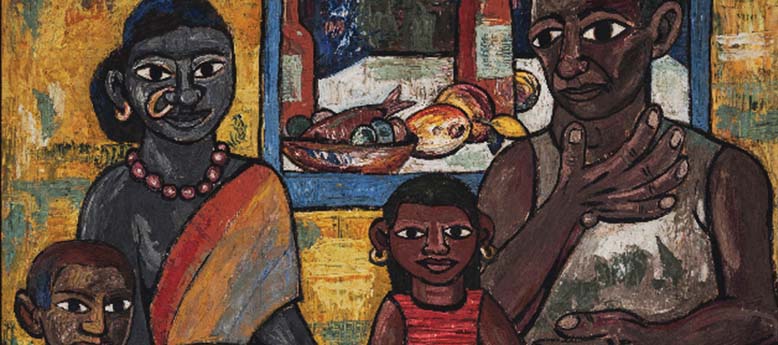
STRETCHED TERRAINS
A String of Exhibitions
3 February 2017 - 31 July 2017
Curated by Roobina Karode Architecture section curated with Ram Rahman
Participating artists
M.F. Husain, S.H. Raza, F.N. Souza, Madan Mahatta, Raj Rewal, Mahendra Raj, Kuldeep Singh, Habib Rahman, Kanvinde, Akbar Padamsee, Ashim Ahluwalia, Nalini Malini, Nasreen Mohamedi, Navjot Altaf, Pushpamala N., Mithu Sen, Atul Dodiya, Parthiv Shah
The string of exhibitions under the title ‘Stretched Terrains’ are woven out of different ingenious pursuits, proposals, and vocabularies that emerged in the context of the decades following independence. With its simultaneous seven uniquely interrelated yet independent exhibitions, ‘Stretched Terrains’ cuts across architecture, painting, films, and texts in the form of letters, sketchbooks, and discursive writing. It introspects on varied ideas around progress and progressive, developing the existent urban, strengthening of the rural and the making of the ‘nation-state’.
The three artists from the Progressive Artists’ Group in Bombay M.F. Husain, F.N. Souza, and S.H. Raza shown individually represent the plurality of expression among a collective that despite being short-lived, had a lasting camaraderie, defying its own manifesto that often slots them in a definite box. These three solo exhibitions present rare artworks mostly from the formative period, and highlight their diverse seeking, different personas, and intense journeys. Heroic, rebellious and self-important, they represent what has been dubbed the phase of the ‘male moderns’ or male-driven modernism in India. Conversely, we have the three contemporary women artists, Pushpamala N., Navjot Altaf, Mithu Sen who alongside Atul Dodiya, engage with the cultural past, play on inheritance and resistance, critiquing it as they develop their own language of dissent and difference in the exhibition ‘Interpositions: Replaying the Inventory’.
Also, part of the sequence is a special exhibition on modern architecture of Delhi curated by Ram Rahman, a focused perspective on the Vision Exchange Workshop organised by artist Akbar Padamsee in 1968-69, and a photography exhibition of Parthiv Shah (Sadak.Sarai.Sheher.Basti) of his documentation of MF Husain in early 1990s. In ‘Delhi: Building the Modern’, Raj Rewal’s remarkable architectural conceptualization of iconic ‘Hall of Nations’, and extraordinary feats achieved in the buildings designed by architects Kuldip Singh, Habib Rahman and A.P. Kanvinde between the 1960s to 80s, are presented alongside the structural and engineering drawings of Mahendra Raj. The architectural photography of Madan Mahatta charts the scale, innovation, and the contexts of modernization in Indian architecture.
Another trait of the exhibition is to draw attention to a disrupted continuity as seen in the reconstruction of Akbar Padamsee’s lost film ‘Events in a Cloud Chamber’ by filmmaker Ashim Ahluwalia, the first time use of modern technology by women artists (Nalini Malani’s films and photograms by Nasreen) or in the playful insertions by Pushpamala in her series of photo-performances ‘Native Women of South India’.
Other Exhibitions

visions of interiority: interrogating the male body - A RETROSPECTIVE (1963-2013)
14 October 2014 - 1 March 2015

You can’t Keep Acid in a Paper Bag - A RETROSPECTIVE (1969 - 2014) in three chapters
26 September 2014 - 21 December 2014

A view to infinity - A Retrospective (1937-1990) Part of Difficult Loves
31 January 2013 - 8 December 2013

the dark loam: between memory and membrane - A RETROSPECTIVE (1930-2016)
24 August 2016 - 20 December 2016

The euphoria of being Himmat Shah A continuing journey across six decades
30 October 2017 - 15 December 2017

VIVAN SUNDARAM, A RETROSPECTIVE: FIFTY YEARS STEP INSIDE AND YOU ARE NO LONGER A STRANGER
9 February 2018 - 20 July 2018

Envisioning Asia, Gandhi and Mao in the photographs of Walter Bosshard
1 October 2018 - 31 October 2018

Kiran Nadar Museum of Art presents इस घट अंतर बाग-बगीचे | Haku Shah 1934-2019 Within this earthen vessel are bowers and groves
10 December 2019 - 8 January 2020

Right to laziness... no, strike that! Sidewalking with the man saying sorry
30 January 2020 - 10 April 2021

Line, beats and shadows – Ayesha Sultana, Prabhavathi Meppayil, Lala Rukh and Sumakshi Singh
30 January 2020 - 10 April 2021

Delhi Modern: The Architecture of Independent India seen through the eyes of Madan Mahatta
13 February 2020 - 28 February 2020

Around The Table : Conversations about Milestones, Memories, Mappings
5 November 2022 - 22 December 2022

Prussian Blue: A Serendipitous Colour that Altered the Trajectory of Art
19 September 2023 - 20 December 2023
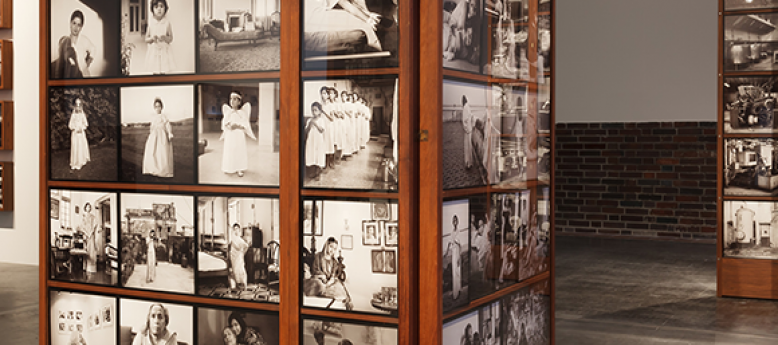
Conversation Chambers| Museum Bhavan
18 December 2015 - 1 May 2016
Curated by Roobina Karode
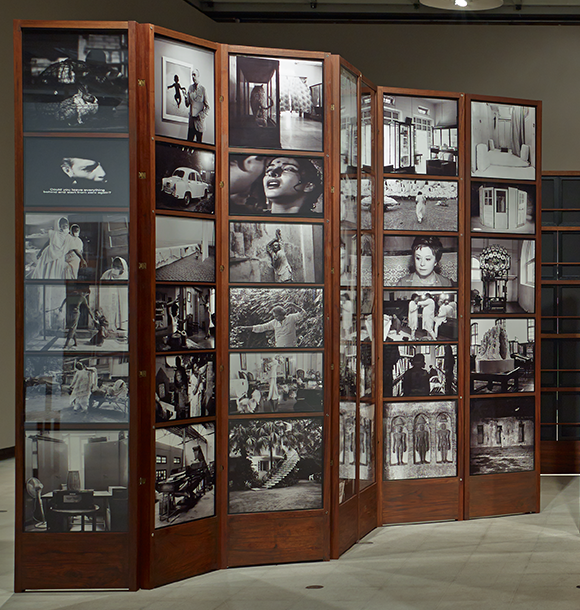 Museum of Little Ladies 1961 - Present 2013 , 1 large structure , 9 small structures , 93 framed photographs , 1 framed text piece
Museum of Little Ladies 1961 - Present 2013 , 1 large structure , 9 small structures , 93 framed photographs , 1 framed text piece
Dayanita Singh has been preoccupied for some years now with evolving a portable architectural form that can function both as a site for display, and a repository for her photographs. Museum Bhavan are conceived as mutable structures with extendable limbs that are self-sufficient assemblies designed to display, preserve, and store her photographs while in rest. The artist physically maneuvers these flexible structures to transform into facades, columns, doors, niches, and empty scaffolds, altering their orientation and position in relation to the exhibition space. Though the designed grid is predetermined in its square and rectangular frames, the image-sequence is never meant to be either permanent or complete. The re-energizing of navigational paths and reconfiguring of images dismiss a singular interpretation or a permanent composition of the Museum Bhavan. The visual spectacle takes on the dimension of photo-architecture, ruptures a complacent optical viewing of the photographs, both physically and conceptually, accentuating shifting angles of perception, obstructive viewing, overlapping of grids and sometimes empty frames, bringing into active play the experience of the inside and outside, back and front, body and space. The labyrinth of images, never complete from any single viewing position facilitates a sifting through time. Its linearity is displaced by the reshuffling of memories and moments, allowing chance encounters and the discovery of fresh associations between the unexpected to take over in the placing and replacing of the photographs. The viewer’s vantage point is unsettled and always vulnerable with Dayanita expanding the possibilities of composing, viewing, and interpreting images in endless ways. The exhibition presents Dayanita’s “museums within the Museum” as self-sufficient structures that function as sites of display, preservation, circulation, and storage along with bringing together photographs spanning decades of her artistic oeuvre.
Other Exhibitions

visions of interiority: interrogating the male body - A RETROSPECTIVE (1963-2013)
14 October 2014 - 1 March 2015

You can’t Keep Acid in a Paper Bag - A RETROSPECTIVE (1969 - 2014) in three chapters
26 September 2014 - 21 December 2014

A view to infinity - A Retrospective (1937-1990) Part of Difficult Loves
31 January 2013 - 8 December 2013

the dark loam: between memory and membrane - A RETROSPECTIVE (1930-2016)
24 August 2016 - 20 December 2016

The euphoria of being Himmat Shah A continuing journey across six decades
30 October 2017 - 15 December 2017

VIVAN SUNDARAM, A RETROSPECTIVE: FIFTY YEARS STEP INSIDE AND YOU ARE NO LONGER A STRANGER
9 February 2018 - 20 July 2018

Envisioning Asia, Gandhi and Mao in the photographs of Walter Bosshard
1 October 2018 - 31 October 2018

Kiran Nadar Museum of Art presents इस घट अंतर बाग-बगीचे | Haku Shah 1934-2019 Within this earthen vessel are bowers and groves
10 December 2019 - 8 January 2020

Right to laziness... no, strike that! Sidewalking with the man saying sorry
30 January 2020 - 10 April 2021

Line, beats and shadows – Ayesha Sultana, Prabhavathi Meppayil, Lala Rukh and Sumakshi Singh
30 January 2020 - 10 April 2021

Delhi Modern: The Architecture of Independent India seen through the eyes of Madan Mahatta
13 February 2020 - 28 February 2020

Around The Table : Conversations about Milestones, Memories, Mappings
5 November 2022 - 22 December 2022

Prussian Blue: A Serendipitous Colour that Altered the Trajectory of Art
19 September 2023 - 20 December 2023
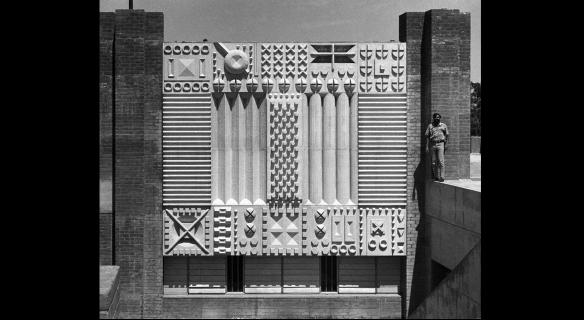
hammer on the square
A RETROSPECTIVE (1957-2015)
28 January 2016 - 20 July 2016
Curated by Roobina Karode
Looking at a seed can you imagine the entire tree? One who can imagine the tree looking at its seed and the seed looking at the tree is a reflection of a true artistic vision. - Himmat Shah
A hammer (sans hand) elegantly fixed onto a cube (sans mass). The gravitational connect between the distinct geometries of the two forms catapults one into an arbitration of potentialities created by the artist. Kiran Nadar Museum of Art (KNMA) is pleased to present the first ever comprehensive showing of eminent artist Himmat Shah through the decades from 1957 to 2015. This exhibition is a celebration of Himmat Shah’s solitary pursuit and his inspiring nomadic life lived under an open sky that transformed into a recurrent poetic metaphor of the vastness and infinity of space in his work. It celebrates his prolific and rich oeuvre that has never been seen together in its entirety. Tracing and underlining Himmat Shah’s contribution to the discourse of modern Indian art, the exhibition presents around 300 works with 215 from the KNMA collection and loans from various public and private institutions and collections. Along with his famous terracotta sculptures, bronzes, and drawings, it brings to light his lesser-known mediums and extraordinary body of works—high-relief murals, burnt paper collages and silver paintings—hardly seen by the Indian art fraternity and public at large. ‘Hammer on the Square’ highlights key ideas in Himmat Shah’s works: fragility and transience of existence, the heightened relationship between ephemeral layers and stasis, His intense connect and understanding of materials and the material world, echoes of lost civilizations and cultures. ‘Hammer on the Square’, the exhibition is in continuation with the Nasreen Mohamedi's Retrospective (2013) and precursor to the forthcoming show of Jeram Patel (August 2016) at KNMA. It is an avenue for opening up the dialogue on Indian modernism, in with particular emphasis on two decades—1960s and 1970s—by bringing large body of works of these three artists to the public domain. It proposes a reshuffling of ways of viewing Himmat’s works, actively situating his practice among his peer-group of artists, and the study of abstraction.
Other Exhibitions

visions of interiority: interrogating the male body - A RETROSPECTIVE (1963-2013)
14 October 2014 - 1 March 2015

You can’t Keep Acid in a Paper Bag - A RETROSPECTIVE (1969 - 2014) in three chapters
26 September 2014 - 21 December 2014

A view to infinity - A Retrospective (1937-1990) Part of Difficult Loves
31 January 2013 - 8 December 2013

the dark loam: between memory and membrane - A RETROSPECTIVE (1930-2016)
24 August 2016 - 20 December 2016

The euphoria of being Himmat Shah A continuing journey across six decades
30 October 2017 - 15 December 2017

VIVAN SUNDARAM, A RETROSPECTIVE: FIFTY YEARS STEP INSIDE AND YOU ARE NO LONGER A STRANGER
9 February 2018 - 20 July 2018

Envisioning Asia, Gandhi and Mao in the photographs of Walter Bosshard
1 October 2018 - 31 October 2018

Kiran Nadar Museum of Art presents इस घट अंतर बाग-बगीचे | Haku Shah 1934-2019 Within this earthen vessel are bowers and groves
10 December 2019 - 8 January 2020

Right to laziness... no, strike that! Sidewalking with the man saying sorry
30 January 2020 - 10 April 2021

Line, beats and shadows – Ayesha Sultana, Prabhavathi Meppayil, Lala Rukh and Sumakshi Singh
30 January 2020 - 10 April 2021

Delhi Modern: The Architecture of Independent India seen through the eyes of Madan Mahatta
13 February 2020 - 28 February 2020

Around The Table : Conversations about Milestones, Memories, Mappings
5 November 2022 - 22 December 2022

Prussian Blue: A Serendipitous Colour that Altered the Trajectory of Art
19 September 2023 - 20 December 2023

Anatomy Lessons
Artist. Pedagogue. Poet. Scholar
16 July 2016 - 20 December 2016
Curated by Roobina Karode
The Kiran Nadar Museum of Art is pleased to present an exhibition celebrating the spirit of late artist K. G. Subramanyan who passed away on June 29, 2016. The exhibition presents to the viewers’ glimpses of the artist and his versatility as a thinker, pedagogue, poet, scholar, and an institution-builder. It includes 60 artworks from the KNMA collection, as well as some taken on loan from private collections, his writings, poems, and children’s book illustrations, reproductions of letters written to stalwarts like Kamaladevi Chattopadhyay, Jyoti Basu and Benodebehari Mukherjee, and a video of images and material from his archives digitized and facilitated by Asia Art Archive. His art practice embraced and expanded the use of an array of materials and mediums, where even scribbles, doodles, and sketches were instrumental in evolving an extensive visual vocabulary.
The exhibition also brings to focus his early works done in late 1940s and 1950s. According to the curator Roobina Karode, “This exhibition celebrates the versatility and fabular adventures of the legendary artist. It puts one in the company of the vivid storyteller, the pied piper, the puppeteer-magician who playfully tricked his images into performative gestures, animating them with the stroke of his brush. K.G. Subramanyan’s oeuvre represents conceptual richness and a remarkable deftness of his craft. His early works from the 1940s onwards emphasize his alert eye and receptive mind, responding to a spectrum of optical references from disparate traditions, evocatively drawing and painting schematic figures, motifs, signs and gestures, seeking equivalents of all experiences in a visual language. Our attention is drawn to the nuanced play between the graphic and painterly, precise rendering and freer brushwork, surface patterning and structural design, the decorative and expressive, working towards evolving a syncretic pictorial language. The formal and spatial articulation in Subramanyan’s work thrives on strategies of hide and seek, the opening of windows and closing of doors, prompting our gaze to peep inside and then step back to witness from a distance ‘the unfolding of multiple stories’. The exhibition brings together his first experiments in the medium of oil, for instance, in the Mother and Child painted in 1953, some works on silk and on board as well using gouache with a varnish. Viewers will enjoy the visual subtleties expressed in his reverse paintings on glass and acrylic, a medium he mastered and became an influence for artists from successive generations. The title of the exhibition ‘Anatomy Lessons’ thus addresses the artist’s play with figuration, his myriad ways of drawing and painting life as it unfolds each day, rephrasing and reconfiguring his observations and awareness about the natural, animal, and human world. In a literal sense and as a response to the precarious world he witnessed in his later years, it highlights human atrocities through dismemberment in this terracotta frieze, with fragmented limbs and severed bodies, ripped apart in the streets, visible not too far from the window of one’s home.”
Other Exhibitions

visions of interiority: interrogating the male body - A RETROSPECTIVE (1963-2013)
14 October 2014 - 1 March 2015

You can’t Keep Acid in a Paper Bag - A RETROSPECTIVE (1969 - 2014) in three chapters
26 September 2014 - 21 December 2014

A view to infinity - A Retrospective (1937-1990) Part of Difficult Loves
31 January 2013 - 8 December 2013

the dark loam: between memory and membrane - A RETROSPECTIVE (1930-2016)
24 August 2016 - 20 December 2016

The euphoria of being Himmat Shah A continuing journey across six decades
30 October 2017 - 15 December 2017

VIVAN SUNDARAM, A RETROSPECTIVE: FIFTY YEARS STEP INSIDE AND YOU ARE NO LONGER A STRANGER
9 February 2018 - 20 July 2018

Envisioning Asia, Gandhi and Mao in the photographs of Walter Bosshard
1 October 2018 - 31 October 2018

Kiran Nadar Museum of Art presents इस घट अंतर बाग-बगीचे | Haku Shah 1934-2019 Within this earthen vessel are bowers and groves
10 December 2019 - 8 January 2020

Right to laziness... no, strike that! Sidewalking with the man saying sorry
30 January 2020 - 10 April 2021

Line, beats and shadows – Ayesha Sultana, Prabhavathi Meppayil, Lala Rukh and Sumakshi Singh
30 January 2020 - 10 April 2021

Delhi Modern: The Architecture of Independent India seen through the eyes of Madan Mahatta
13 February 2020 - 28 February 2020

Around The Table : Conversations about Milestones, Memories, Mappings
5 November 2022 - 22 December 2022

Prussian Blue: A Serendipitous Colour that Altered the Trajectory of Art
19 September 2023 - 20 December 2023

the dark loam: between memory and membrane
A RETROSPECTIVE (1930-2016)
24 August 2016 - 20 December 2016
Curated by Roobina Karode
KNMA the first-ever retrospective of the veteran artist Jeram Patel titled ‘the dark loam: between memory and membrane’. Sadly, Jeram Patel passed away this year in January when the museum was in the midst of preparation for this very exhibition. This is the last exhibition of the trilogy of retrospectives that examines abstraction in Indian art from the early post-Independence period. We began with Nasreen Mohamedi’s ‘a view to infinity’ (2013), then presented Himmat Shah’s ‘hammer on the square’ (January - July 2016) and now Jeram Patel (August 2016). The trilogy emphasizes different individual trajectories of abstraction, through a large corpus of works, allowing viewers to examine their singular practice and their contribution in the shaping of Modern Indian art in the 1960s-70s. While Nasreen never affiliated herself to any group and worked in complete solitude in her studio/home, Jeram and Himmat were founder members of Group 1890 along with ideologue J. Swaminathan and other fellow artists- Gulammohammed Sheikh, Ambadas, Jyoti Bhatt, Rajesh Mehra, Eric Bowen, Raghav Kaneria, Redeppa Naidu, S.G. Nikam. The Group did not last beyond their first group exhibition. The manifesto written by Mexican poet Octavio Paz in 1963 emphasized their belief in ‘the reality of an image rather than the image of reality’. The image in Himmat and Jeram is abstracted, excavated or assembled into a composite form. Though their language of abstraction evolved its own syntax and vocabulary, the series of exhibitions highlight the possible points of crisscrossing and connections that can be drawn between their preoccupations and manifested forms. Their distinct ways of responding to the world does not fit into any preceding style or group. Drawing remained of primary importance to all the three artists, using pen and ink as well as graphite, relying heavily on the mystery of the monochromatic image.
Other Exhibitions

visions of interiority: interrogating the male body - A RETROSPECTIVE (1963-2013)
14 October 2014 - 1 March 2015

You can’t Keep Acid in a Paper Bag - A RETROSPECTIVE (1969 - 2014) in three chapters
26 September 2014 - 21 December 2014

A view to infinity - A Retrospective (1937-1990) Part of Difficult Loves
31 January 2013 - 8 December 2013

the dark loam: between memory and membrane - A RETROSPECTIVE (1930-2016)
24 August 2016 - 20 December 2016

The euphoria of being Himmat Shah A continuing journey across six decades
30 October 2017 - 15 December 2017

VIVAN SUNDARAM, A RETROSPECTIVE: FIFTY YEARS STEP INSIDE AND YOU ARE NO LONGER A STRANGER
9 February 2018 - 20 July 2018

Envisioning Asia, Gandhi and Mao in the photographs of Walter Bosshard
1 October 2018 - 31 October 2018

Kiran Nadar Museum of Art presents इस घट अंतर बाग-बगीचे | Haku Shah 1934-2019 Within this earthen vessel are bowers and groves
10 December 2019 - 8 January 2020

Right to laziness... no, strike that! Sidewalking with the man saying sorry
30 January 2020 - 10 April 2021

Line, beats and shadows – Ayesha Sultana, Prabhavathi Meppayil, Lala Rukh and Sumakshi Singh
30 January 2020 - 10 April 2021

Delhi Modern: The Architecture of Independent India seen through the eyes of Madan Mahatta
13 February 2020 - 28 February 2020

Around The Table : Conversations about Milestones, Memories, Mappings
5 November 2022 - 22 December 2022

Prussian Blue: A Serendipitous Colour that Altered the Trajectory of Art
19 September 2023 - 20 December 2023

_0.jpg)
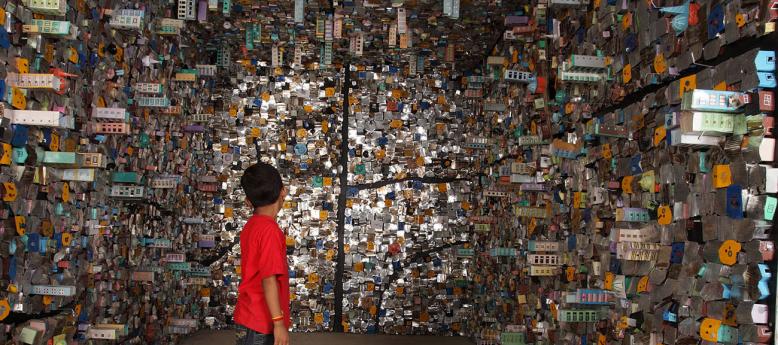


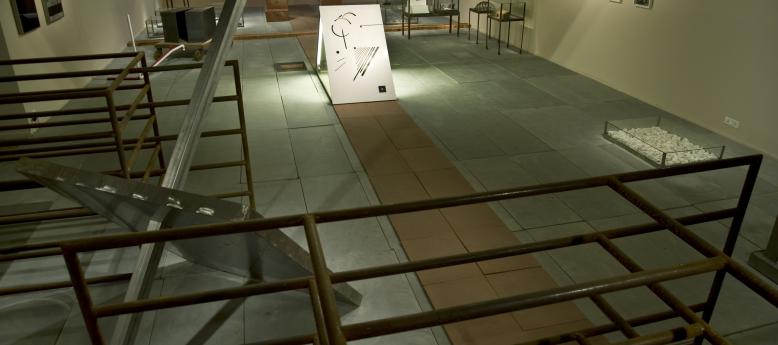
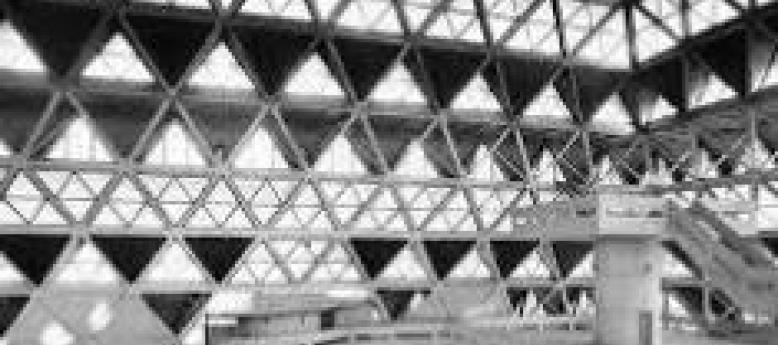
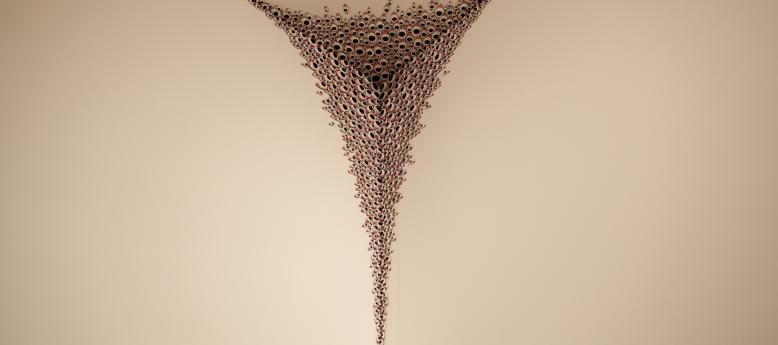
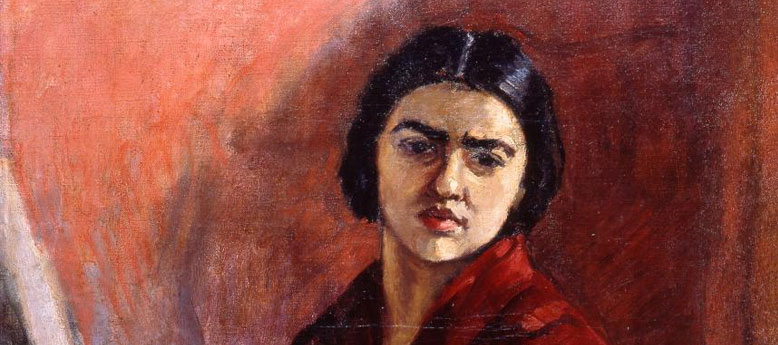
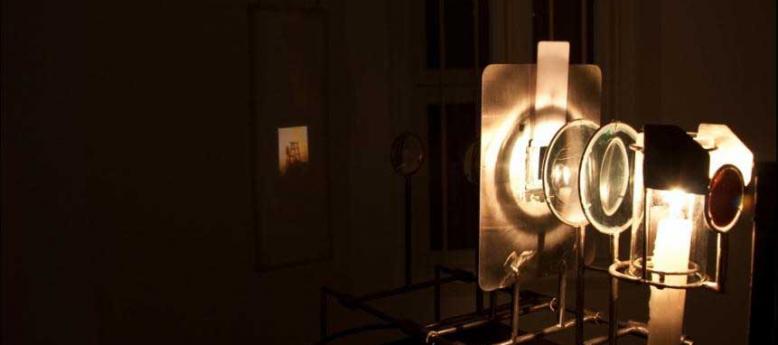
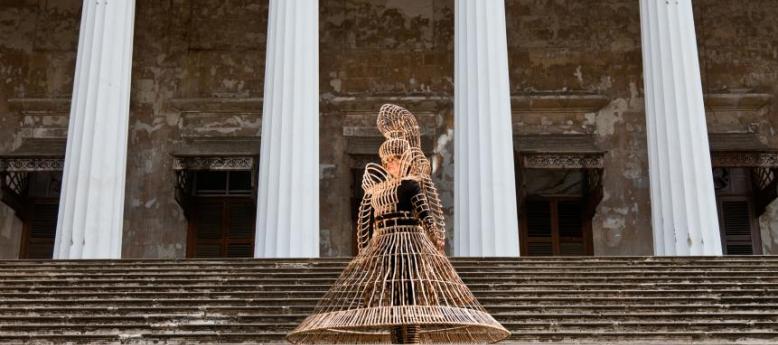
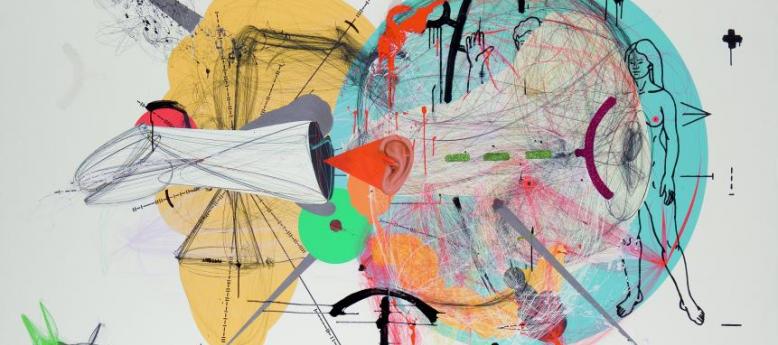
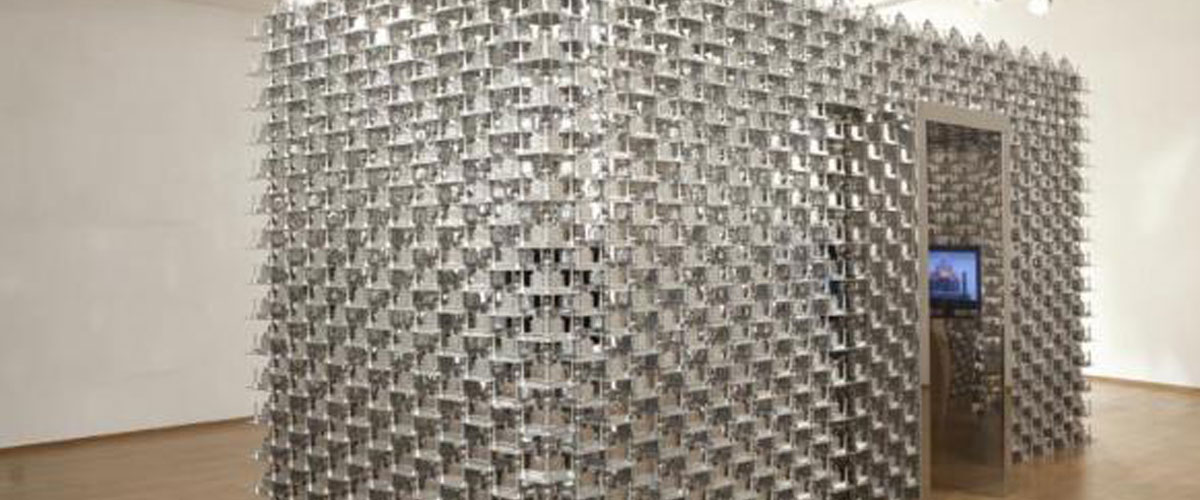
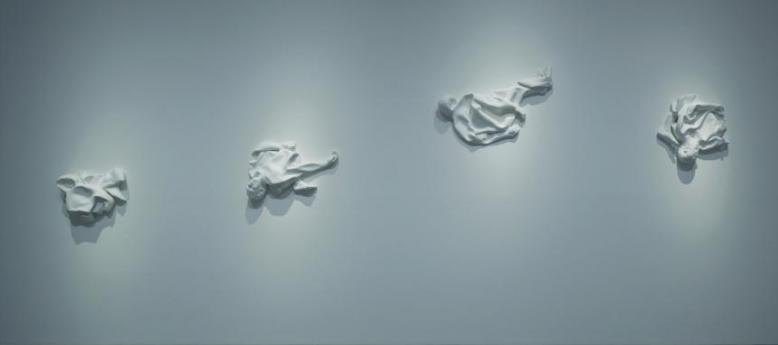
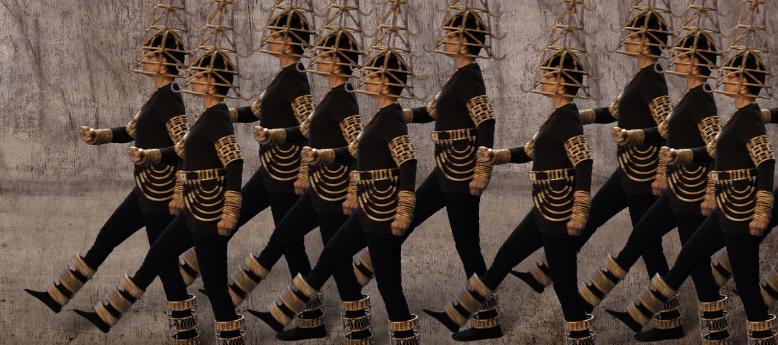

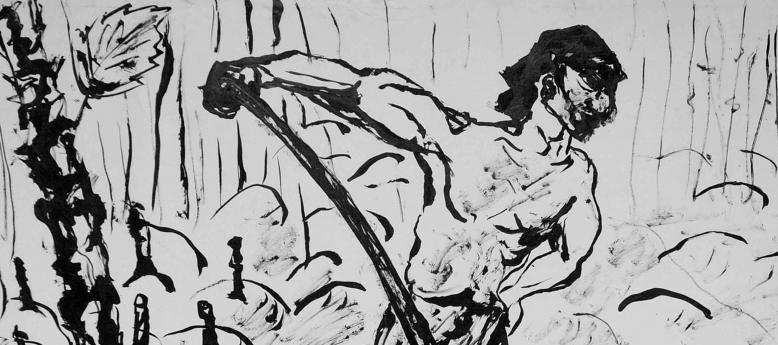
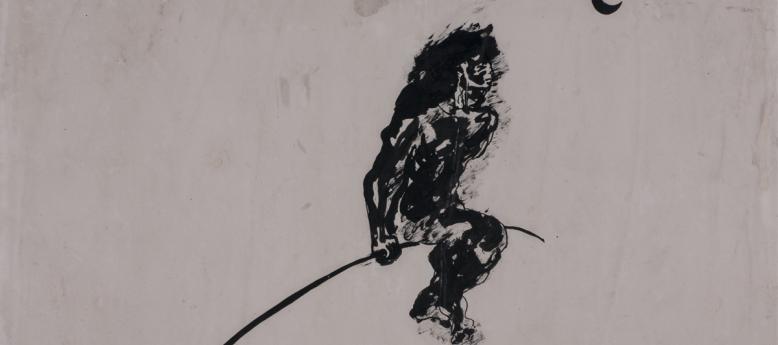
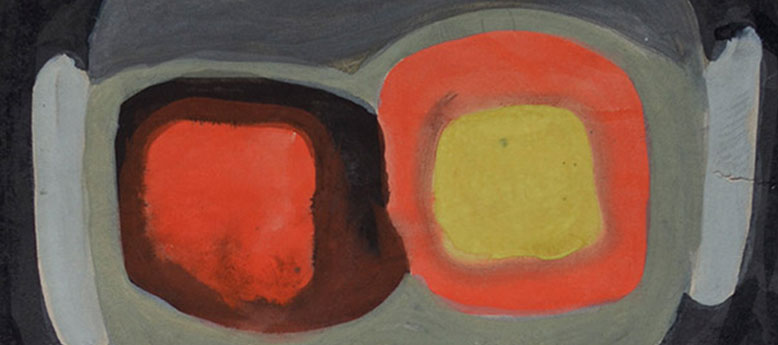
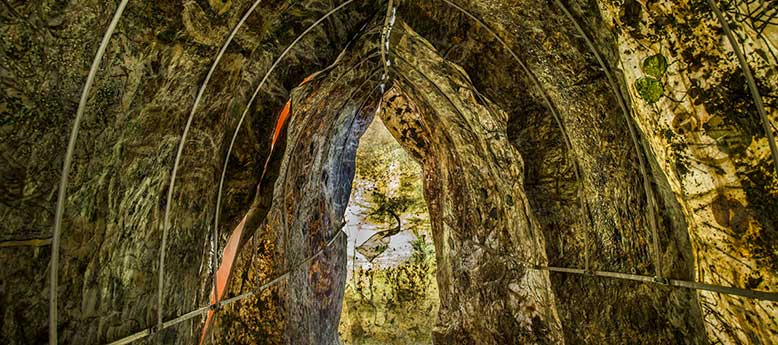
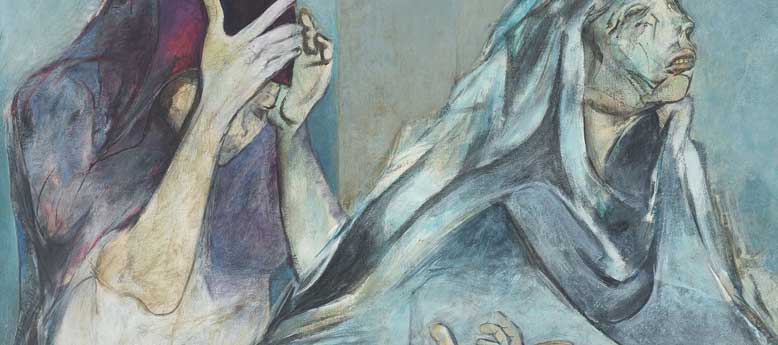
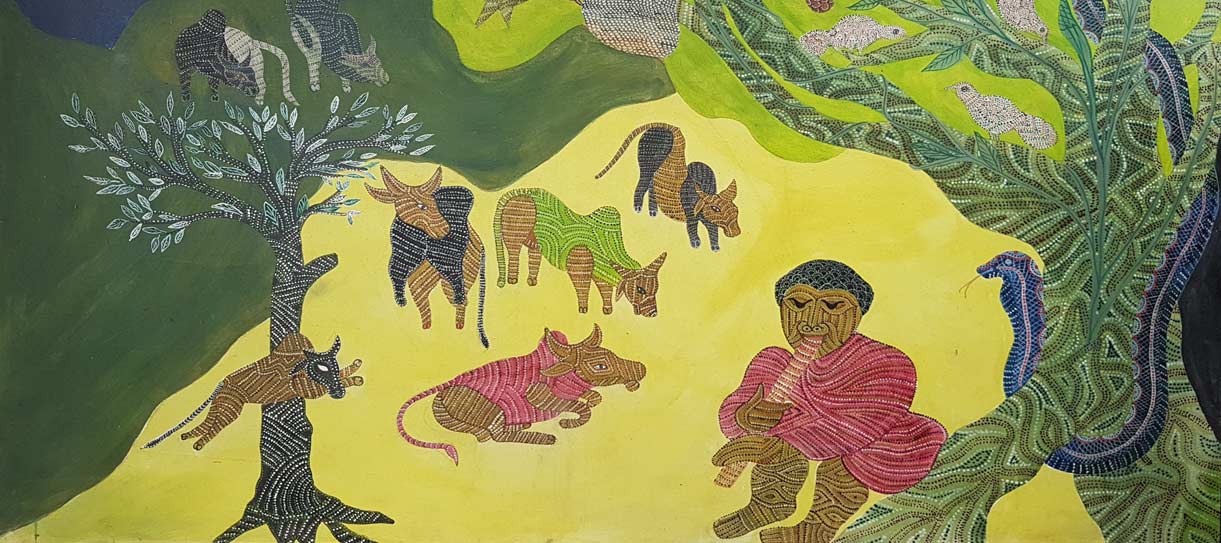
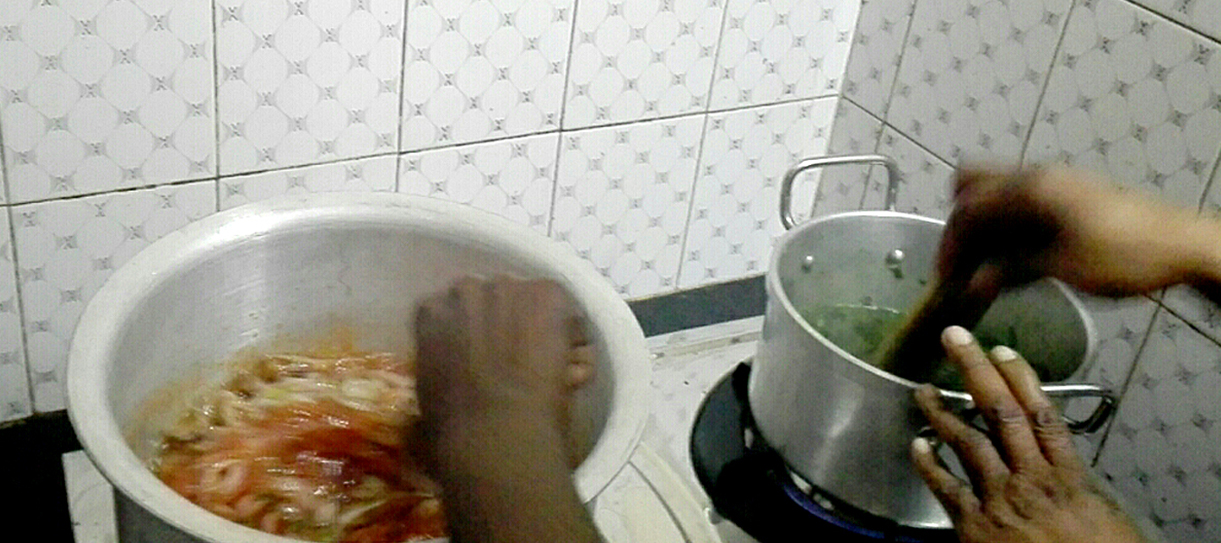
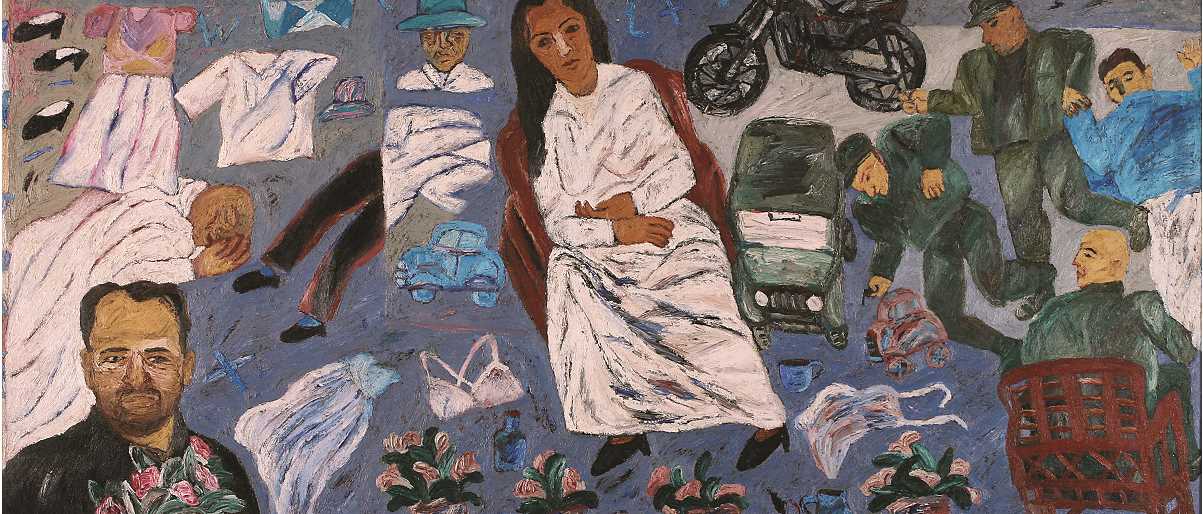
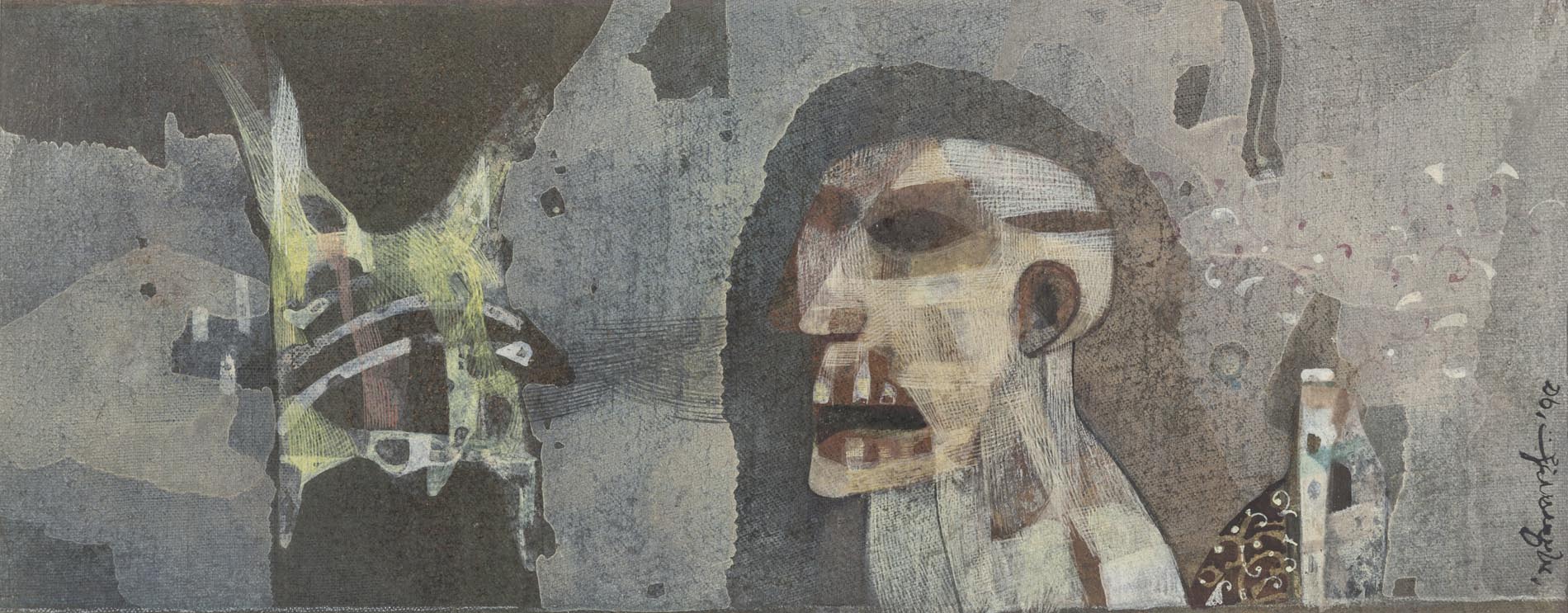
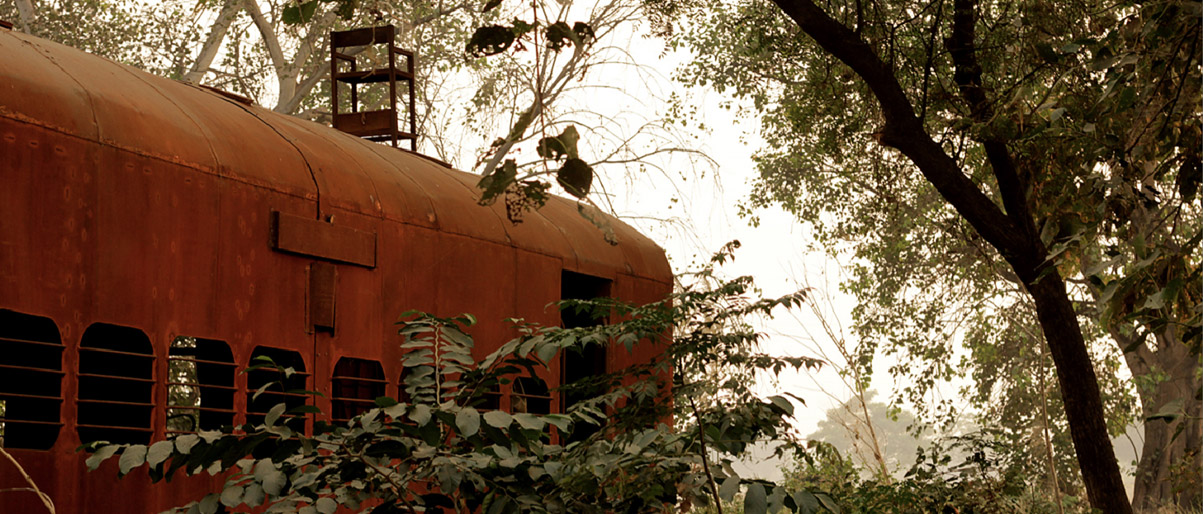
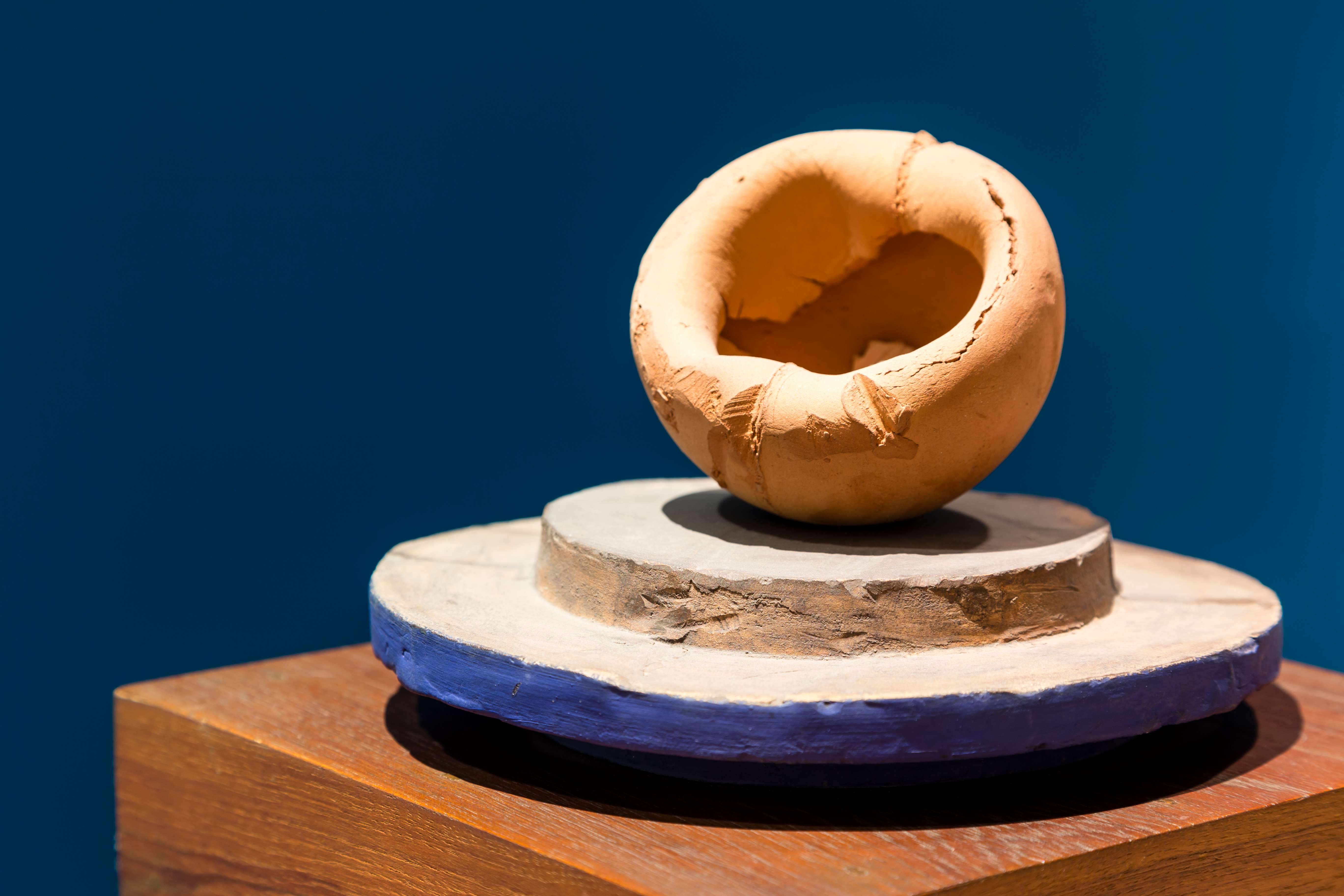
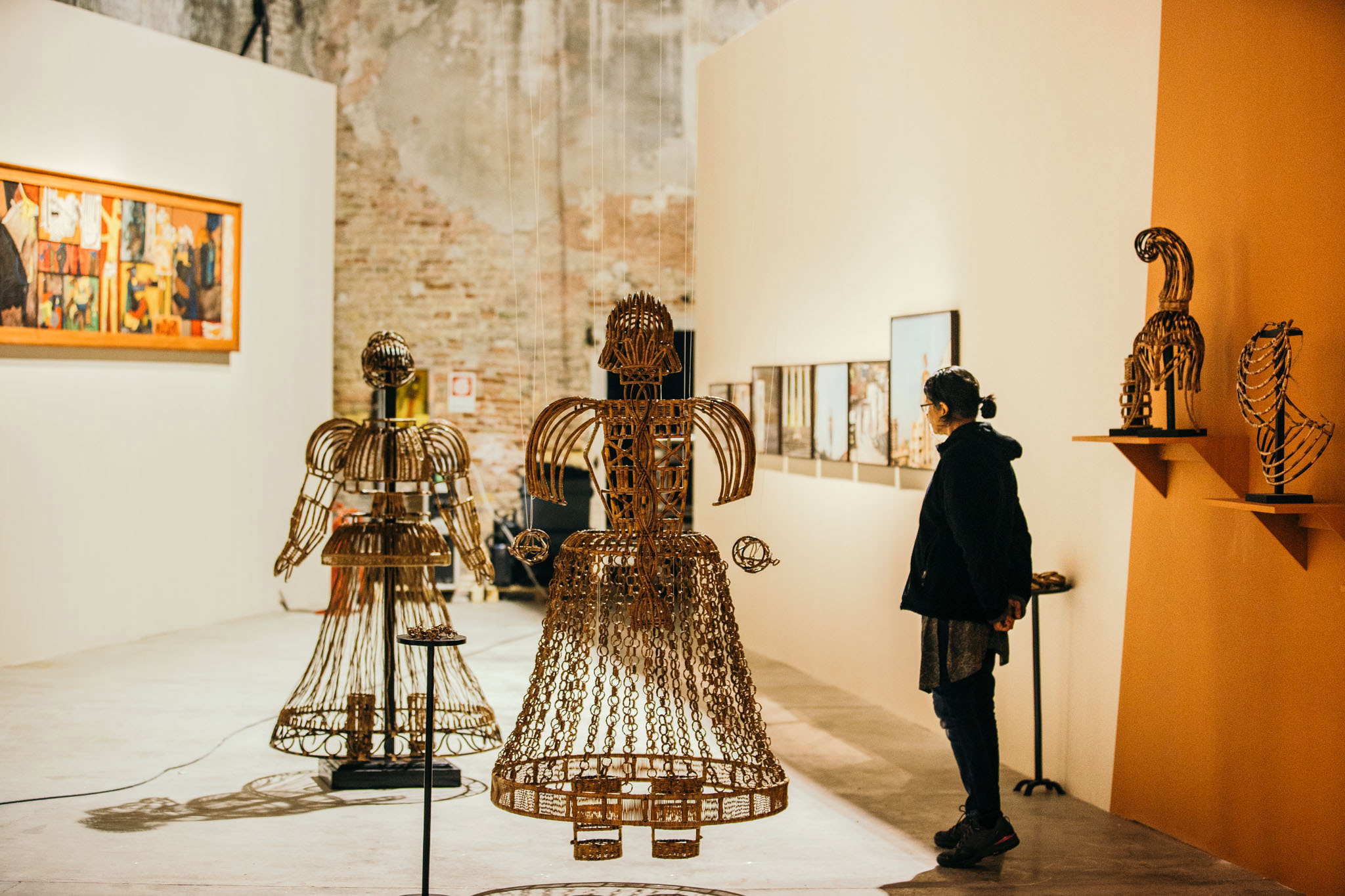
.jpg)
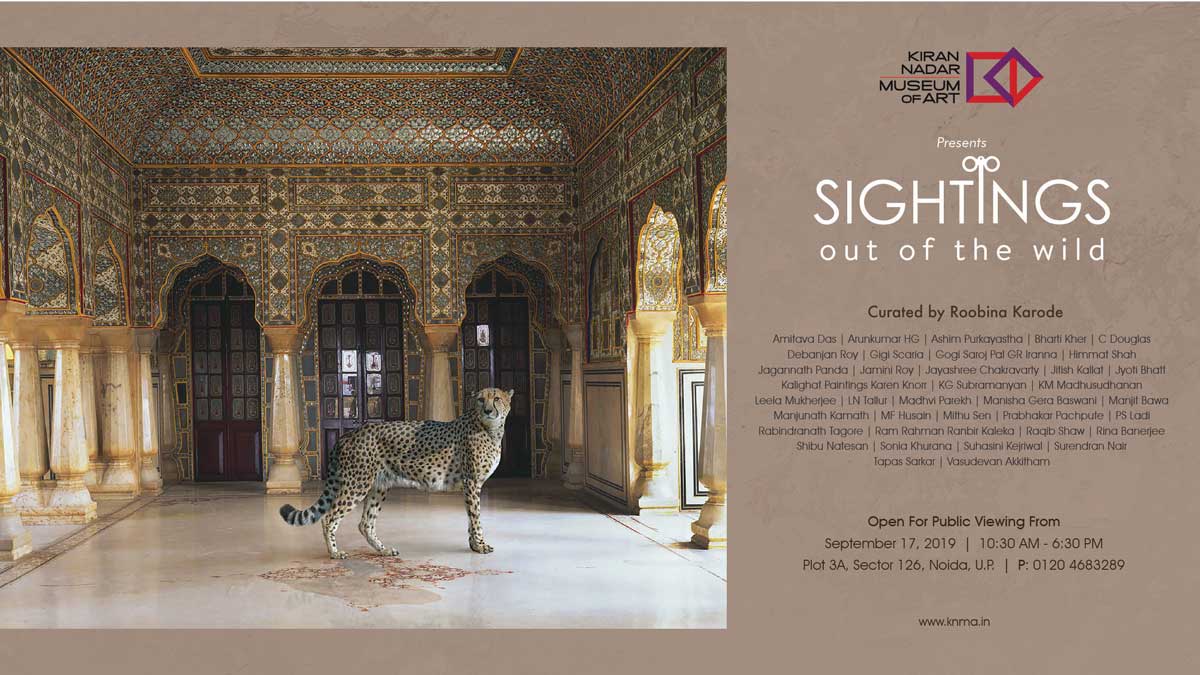
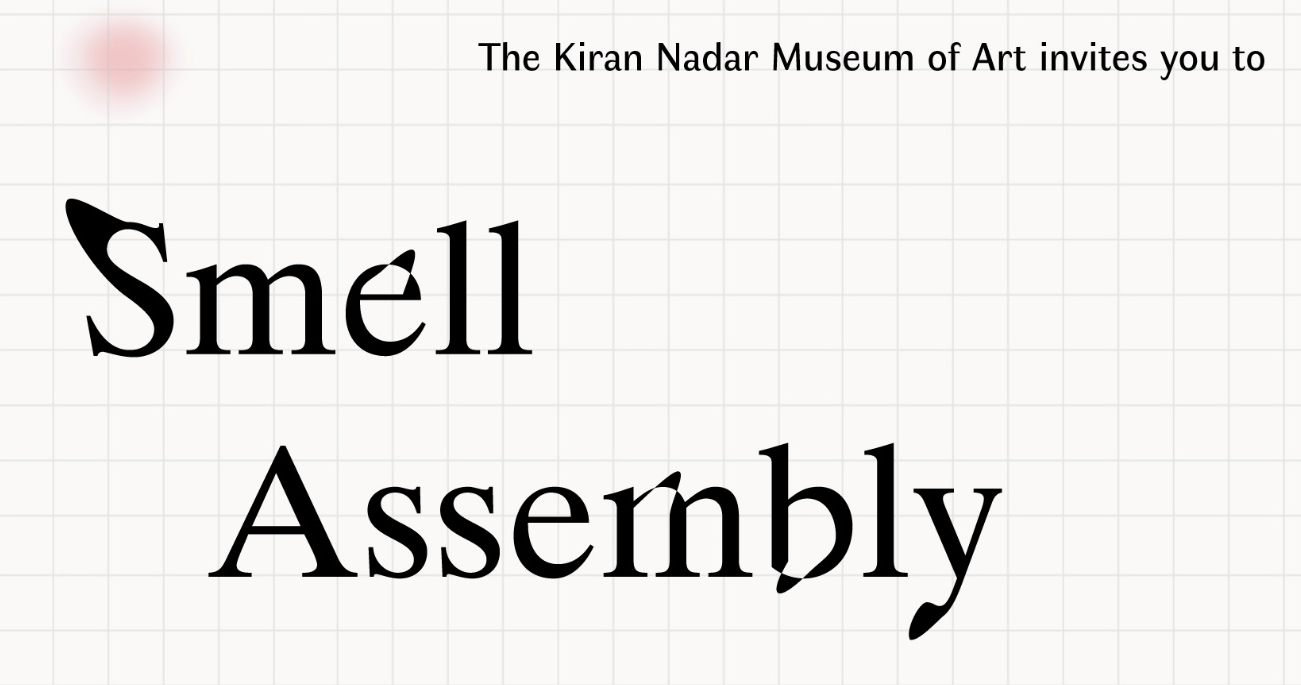
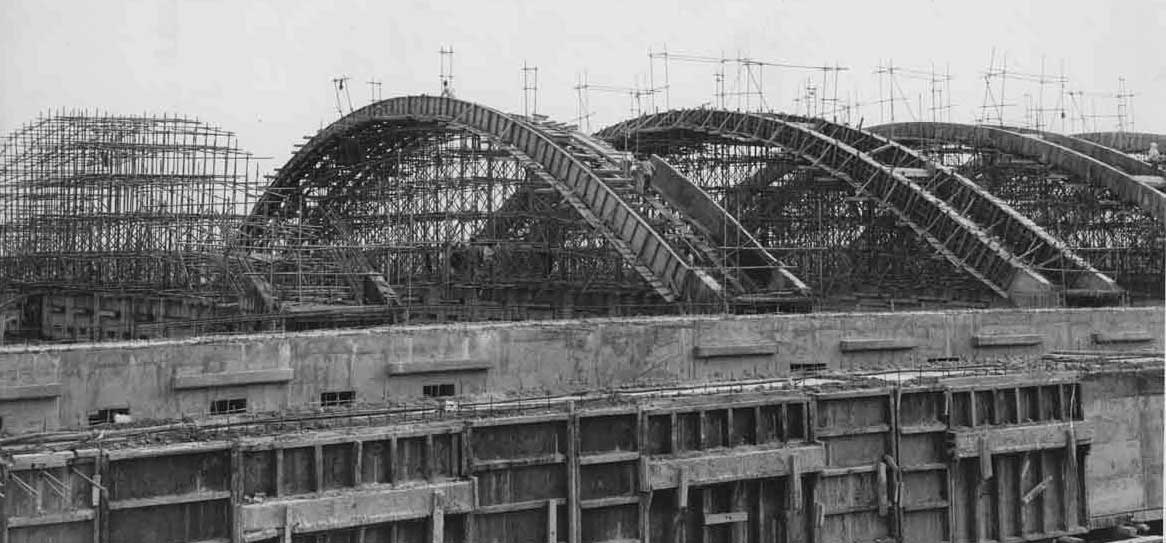
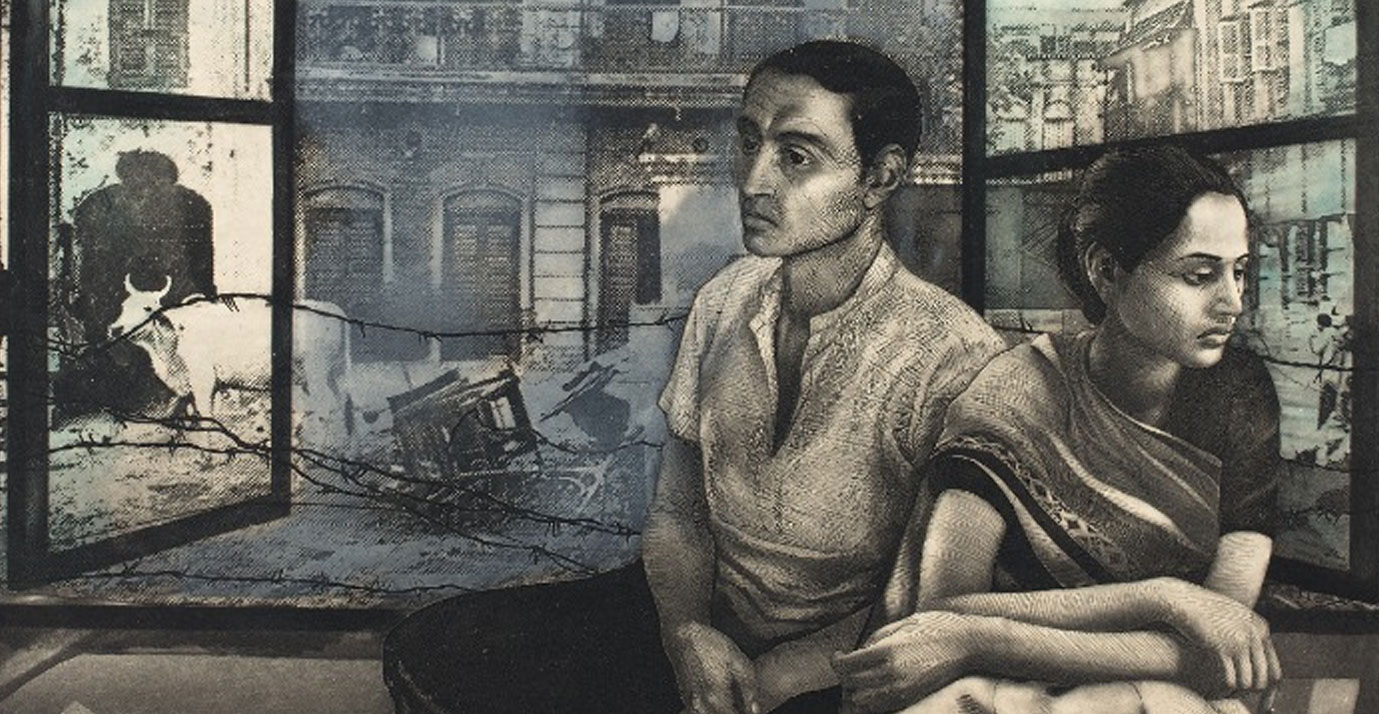
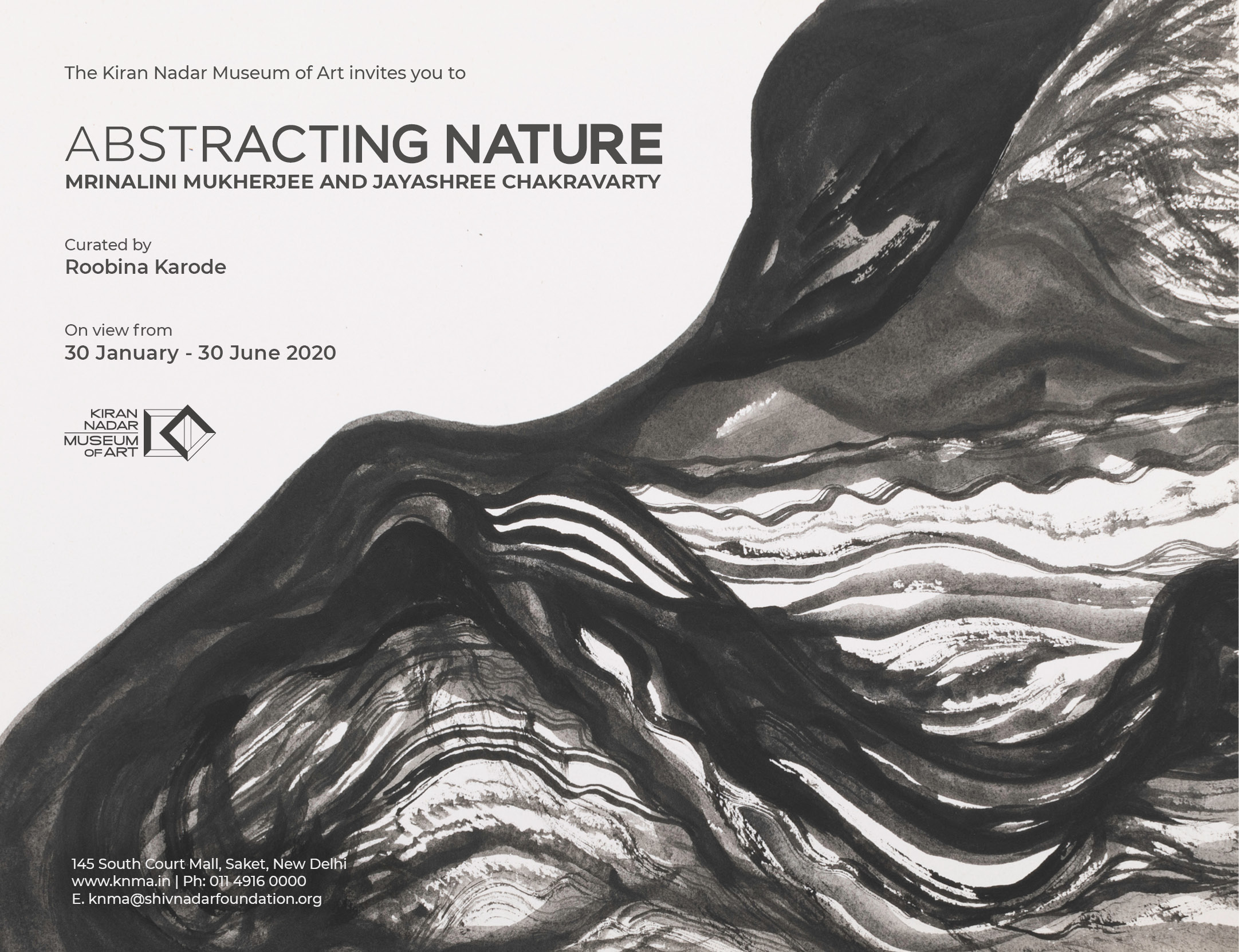
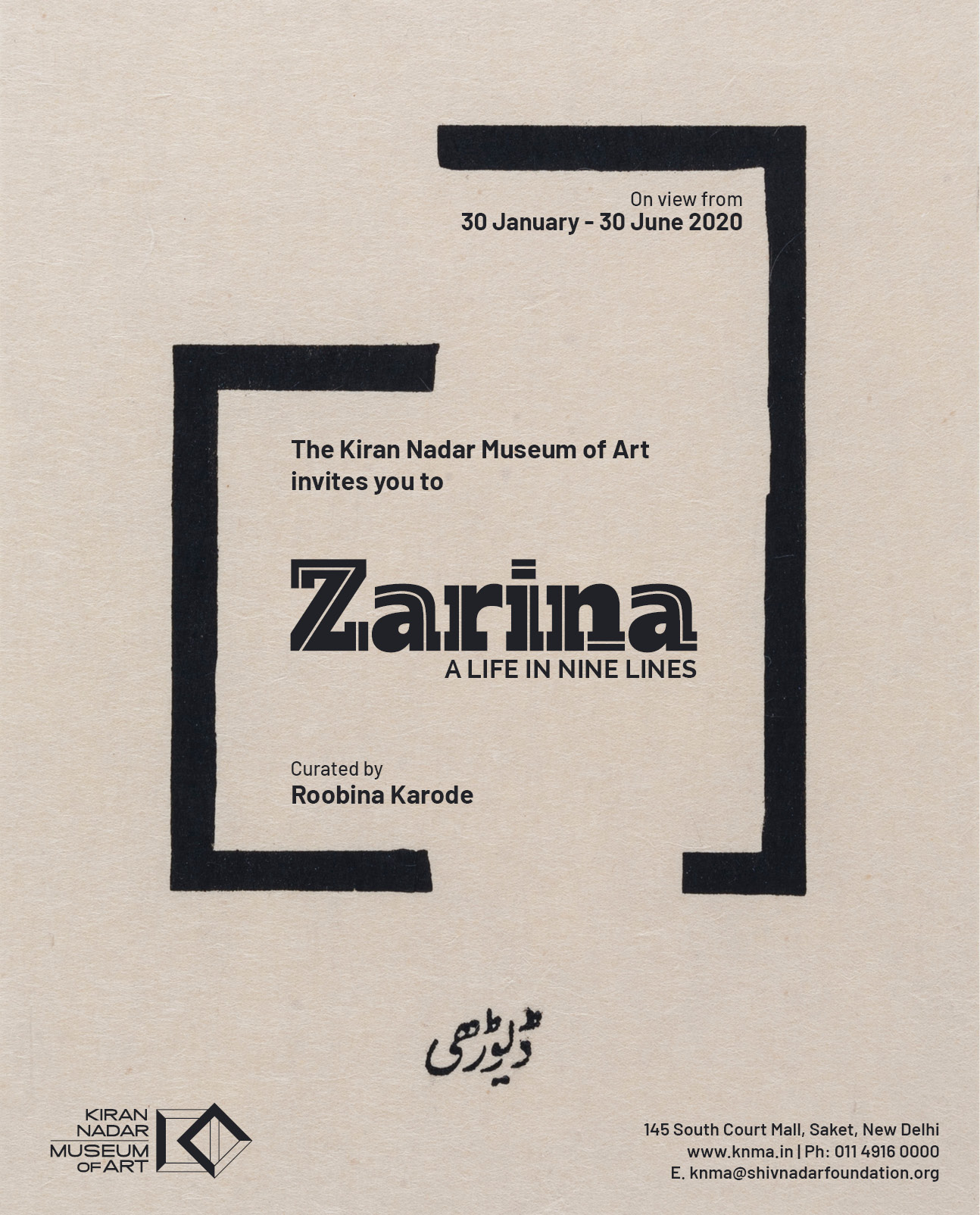
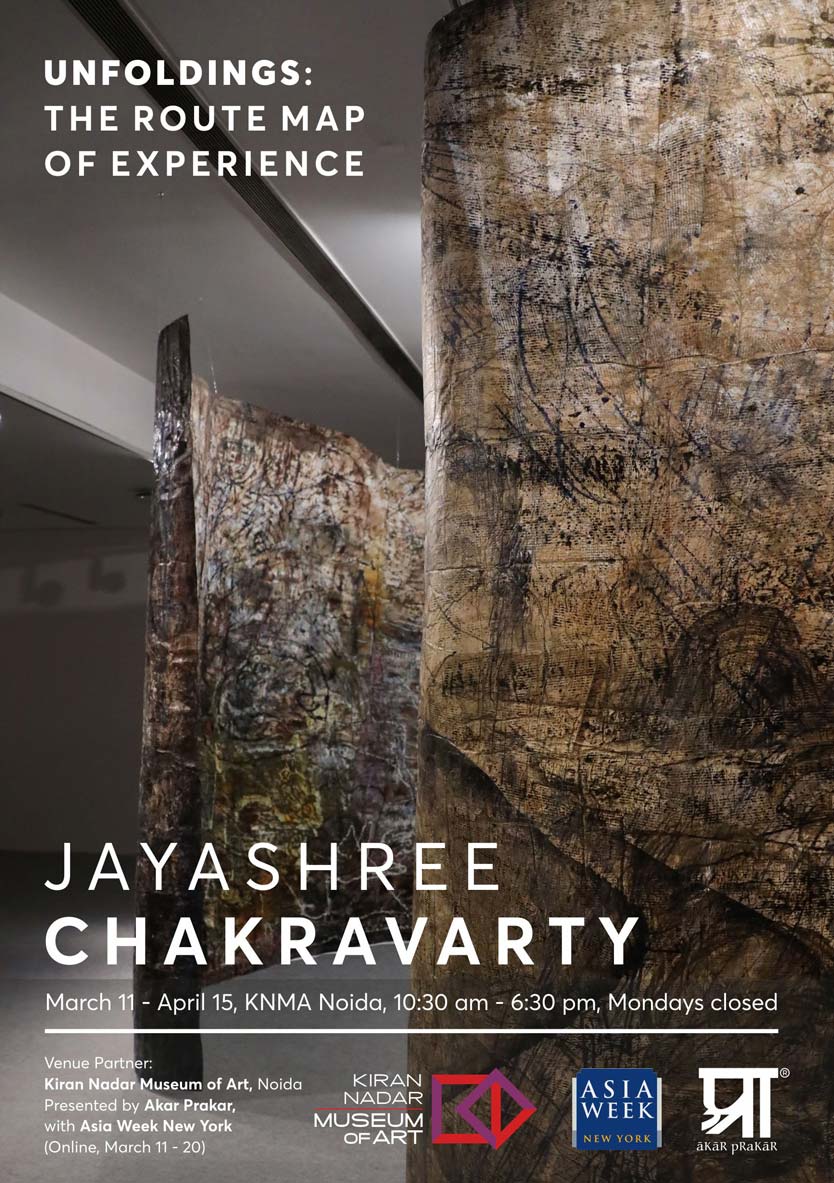
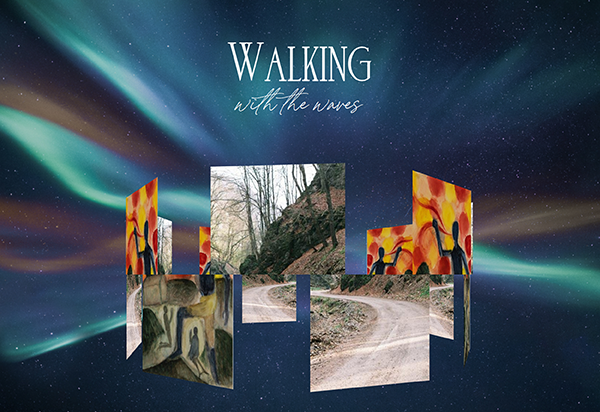
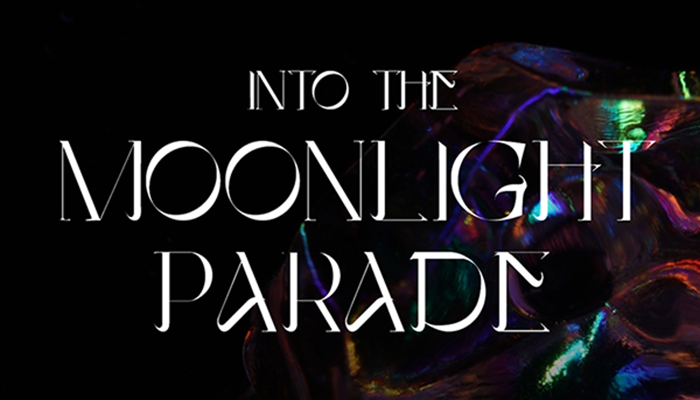
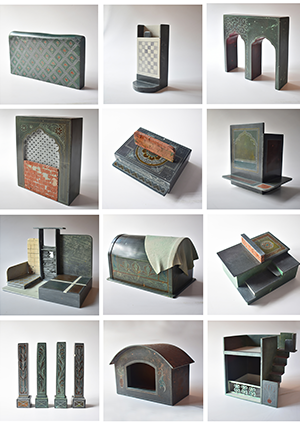
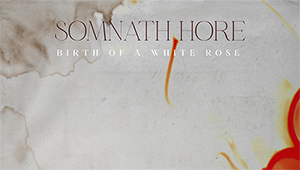
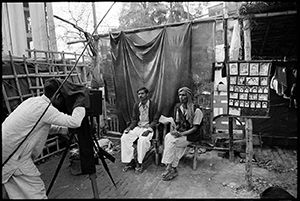
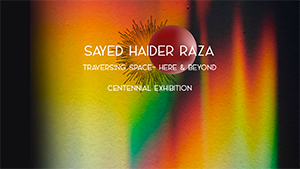
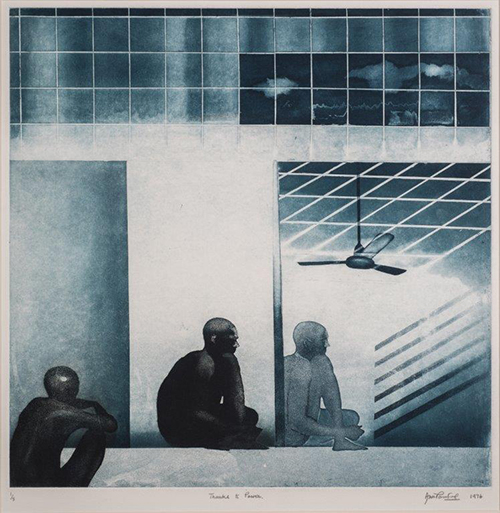
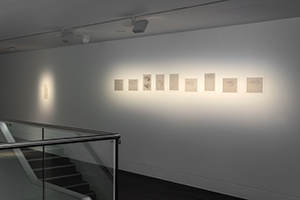
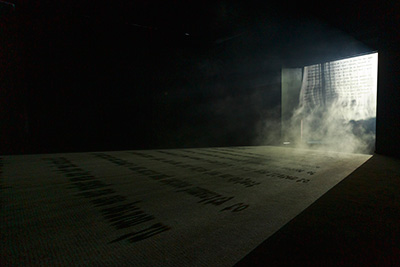
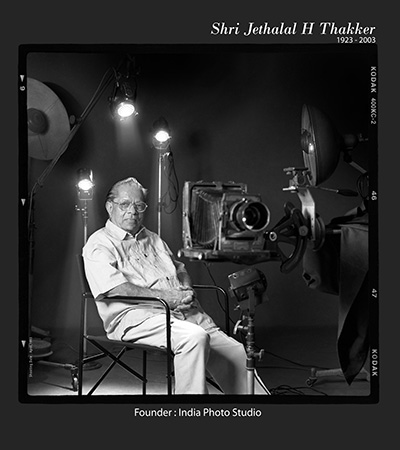
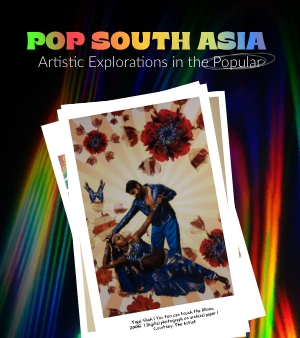
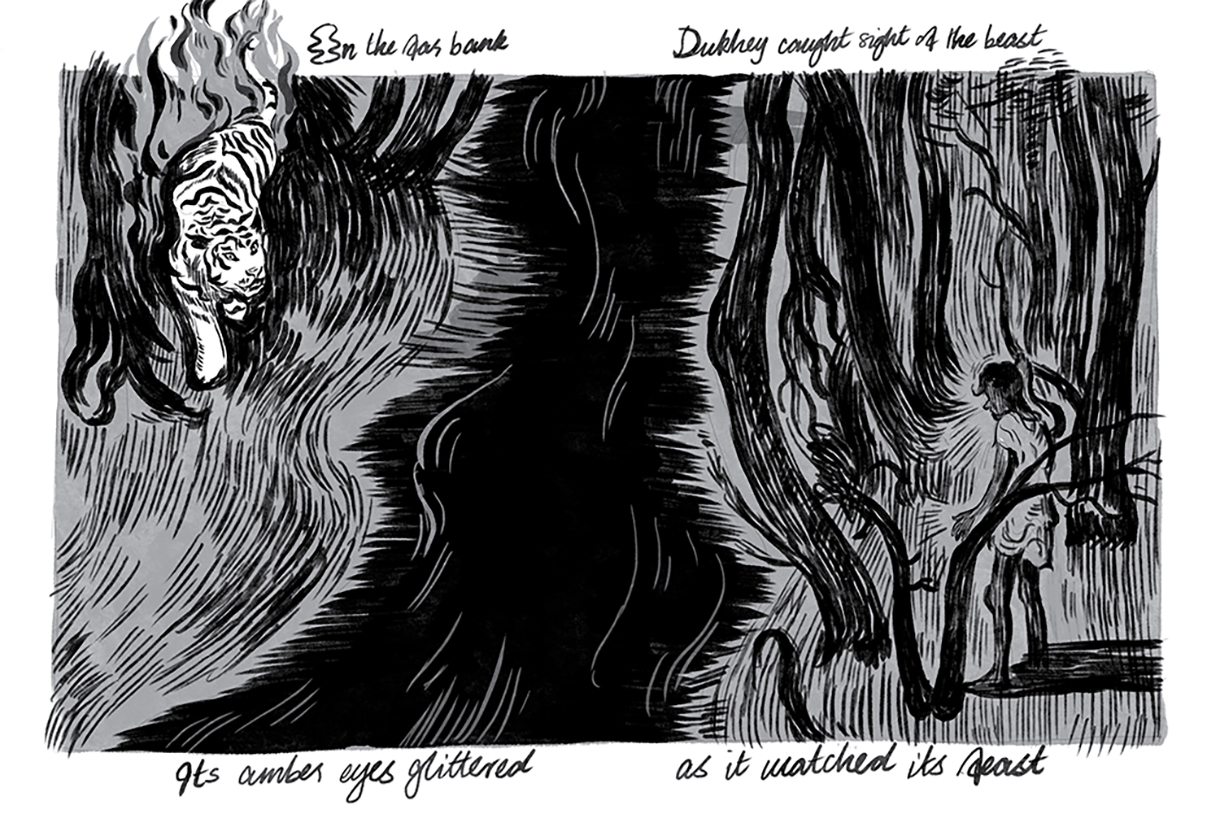
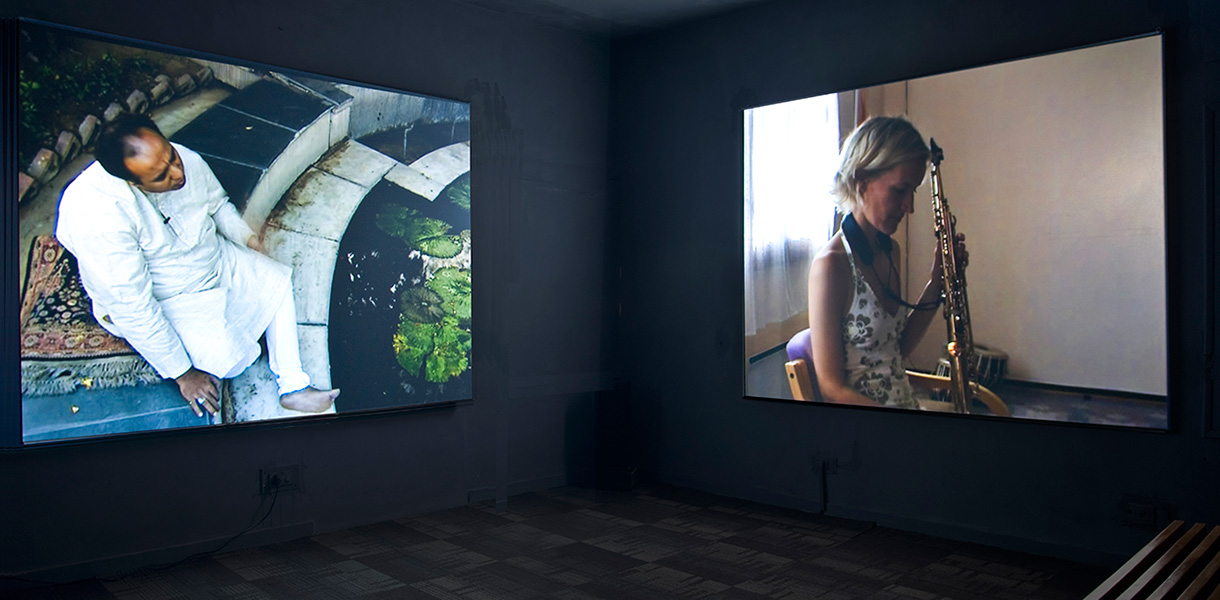
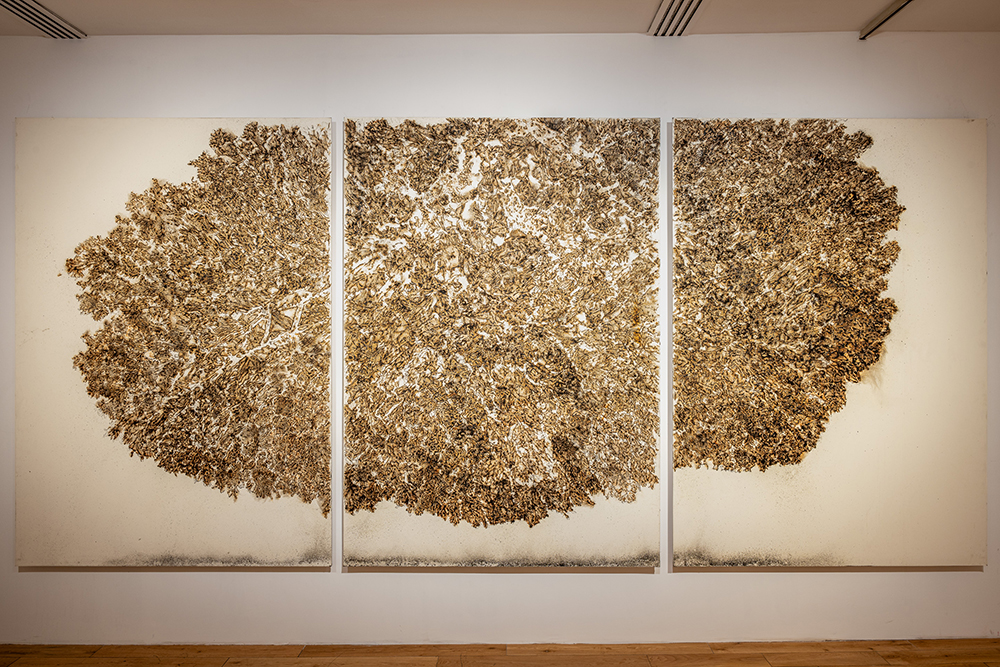
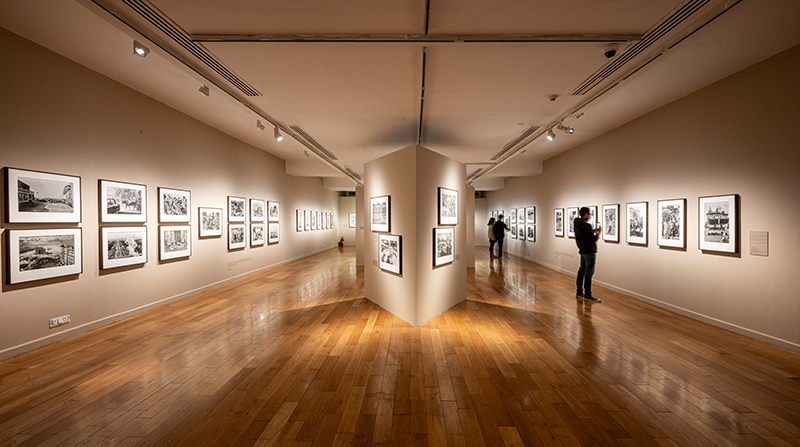
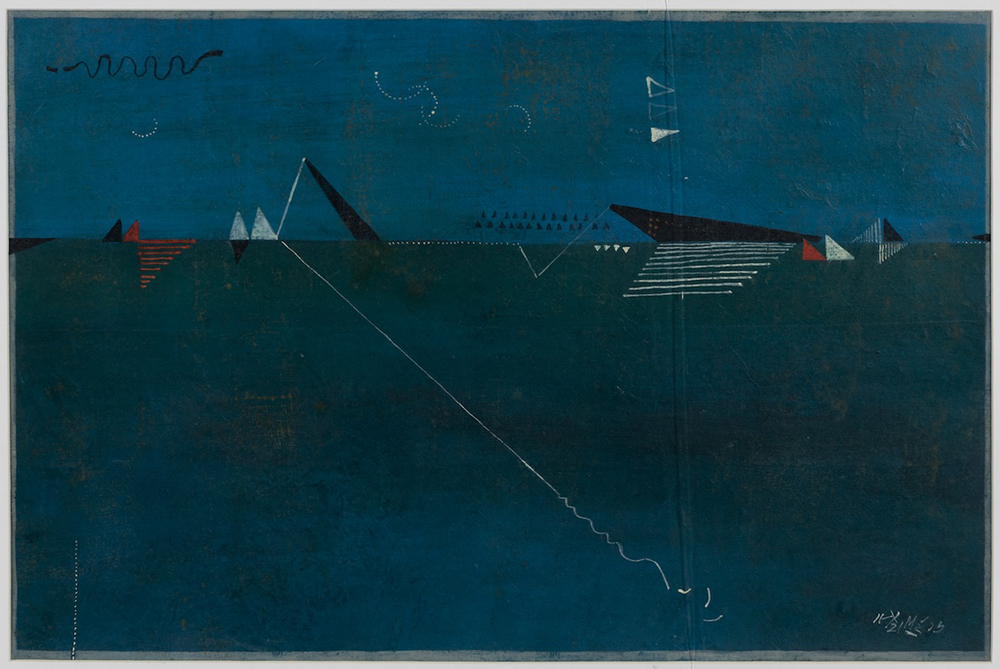
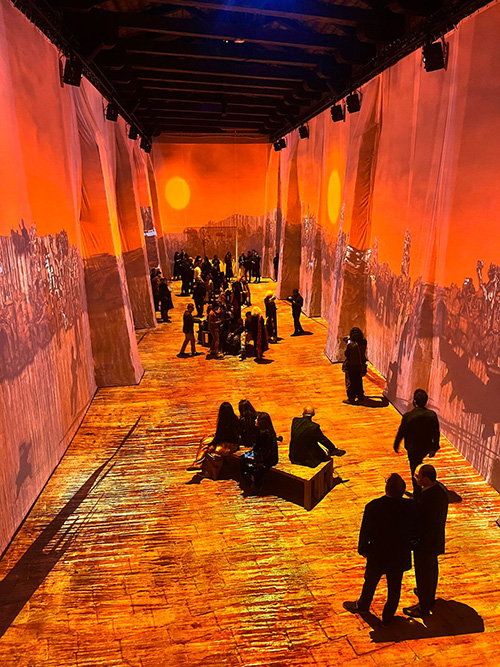
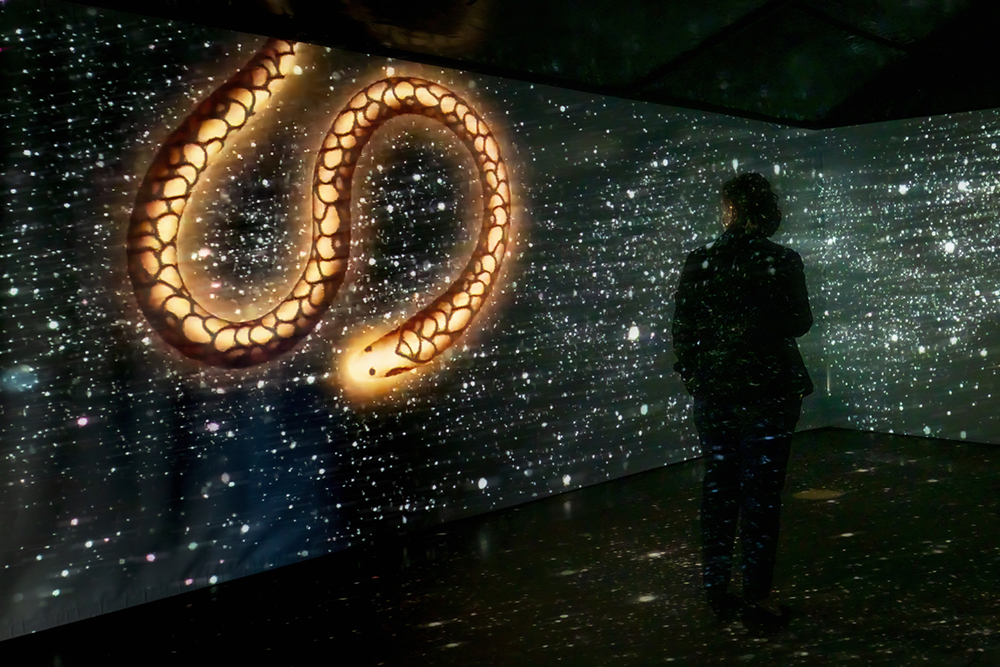
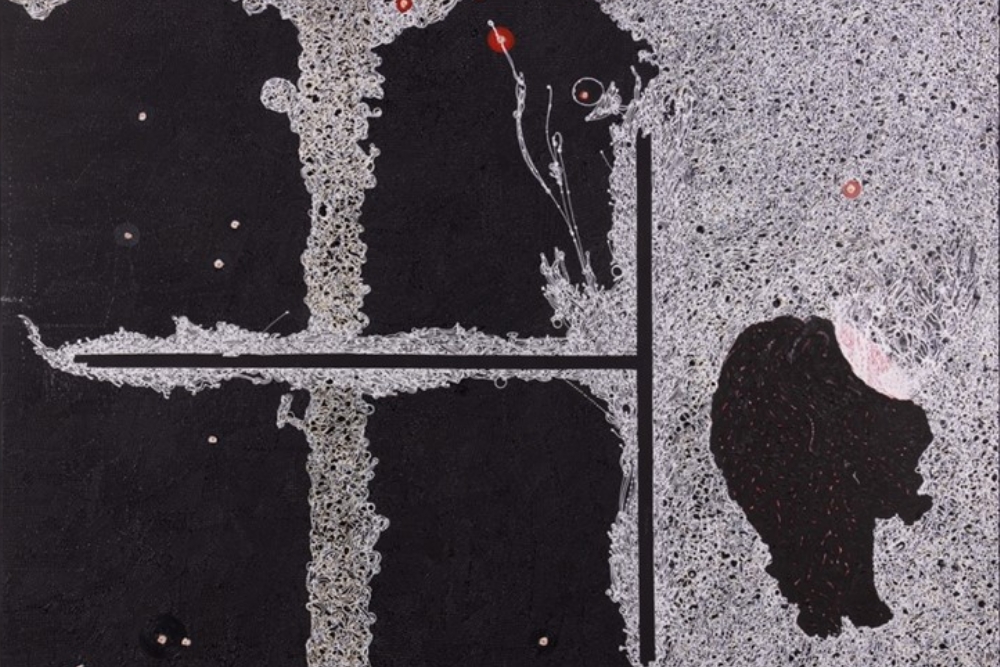
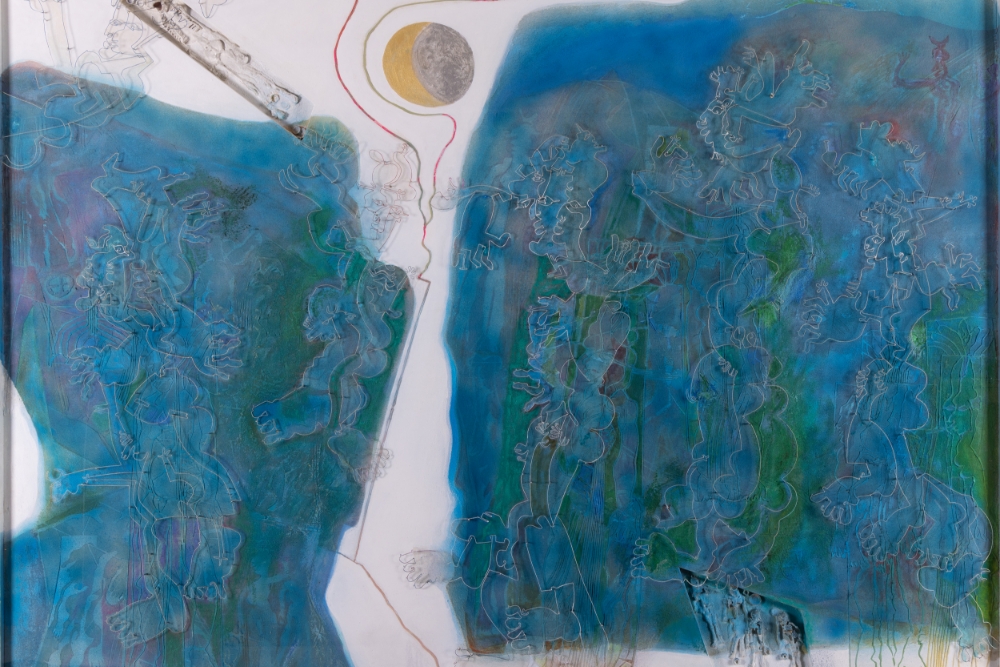
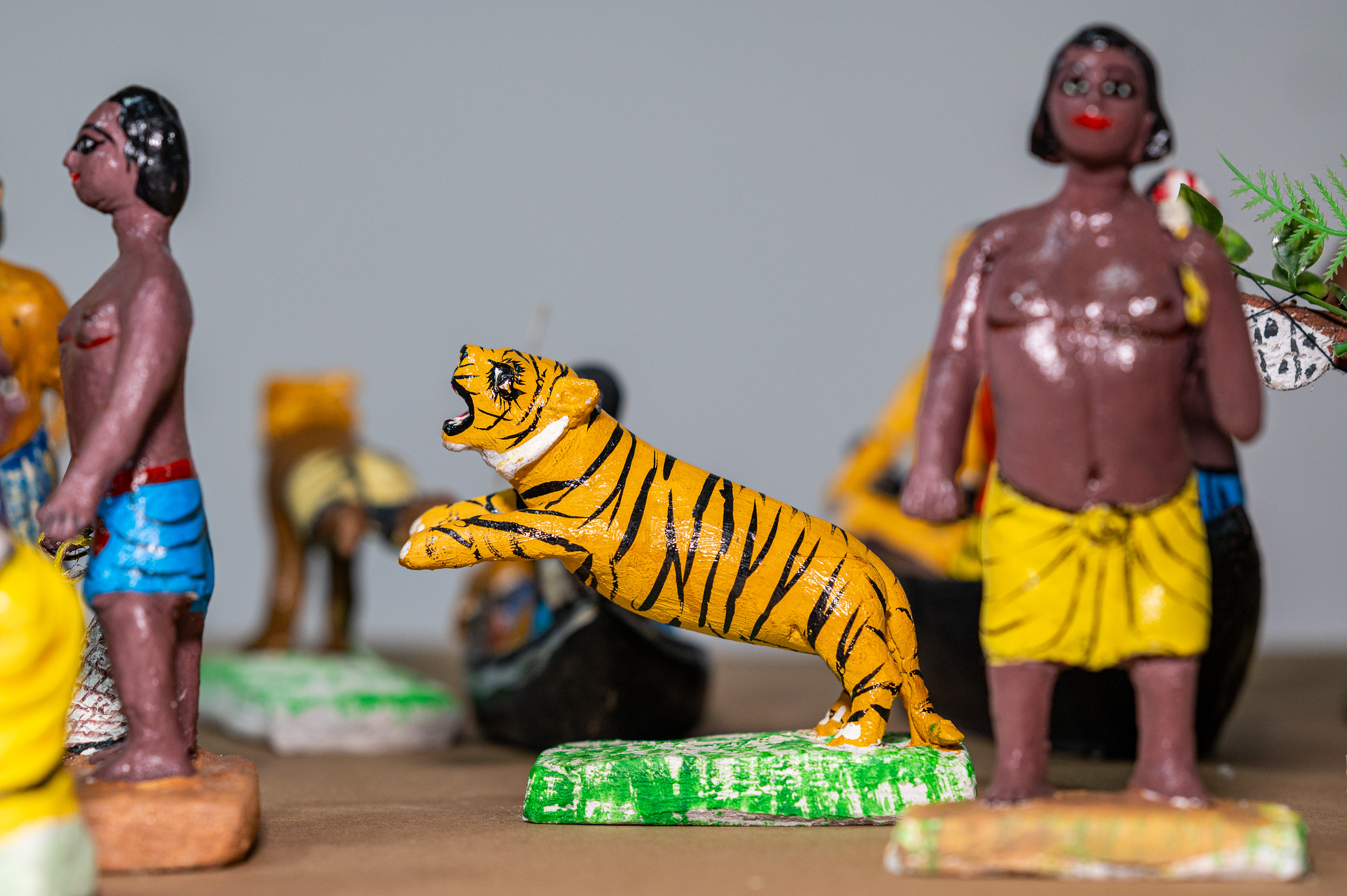

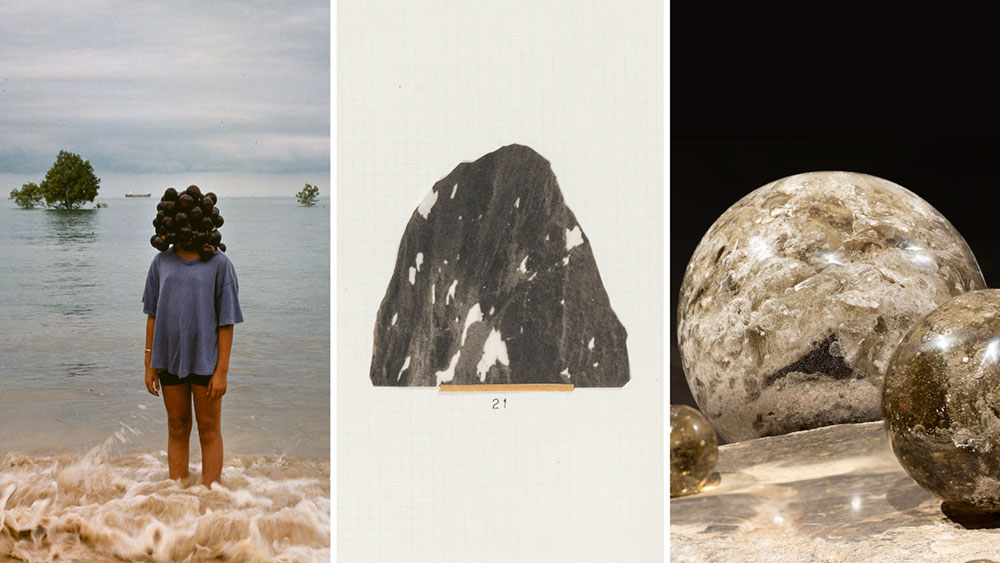

.png)

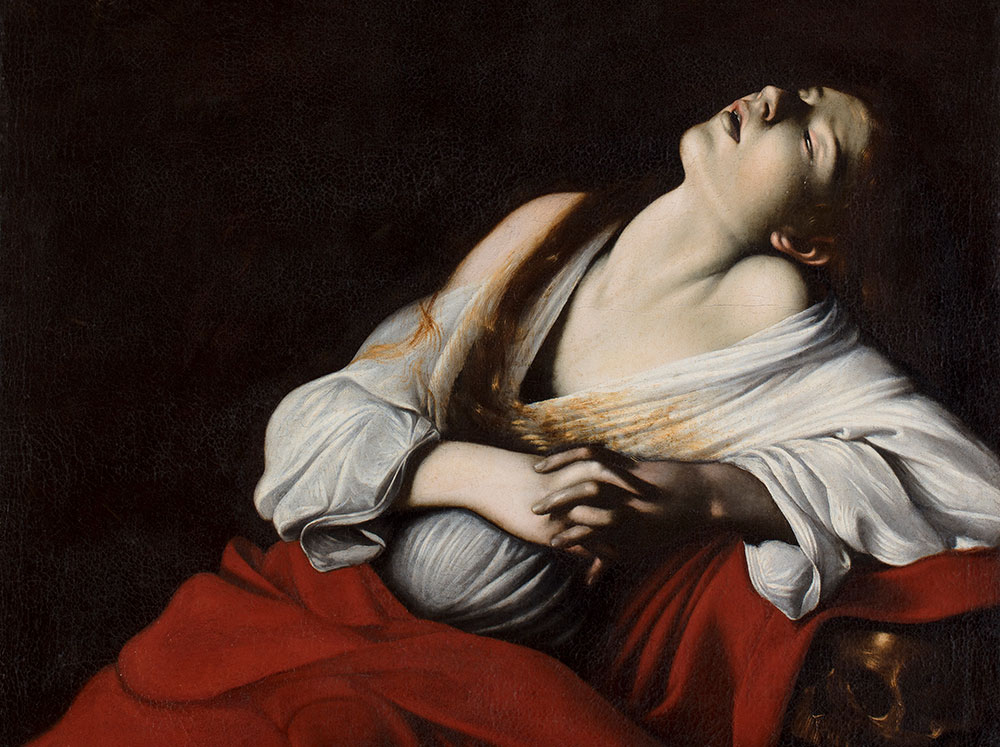
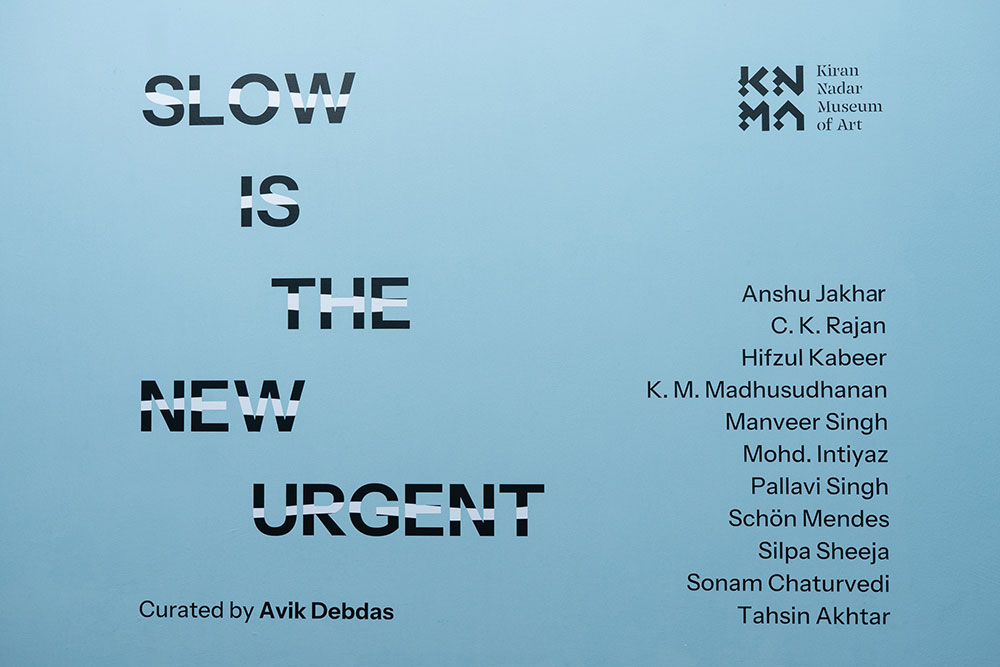
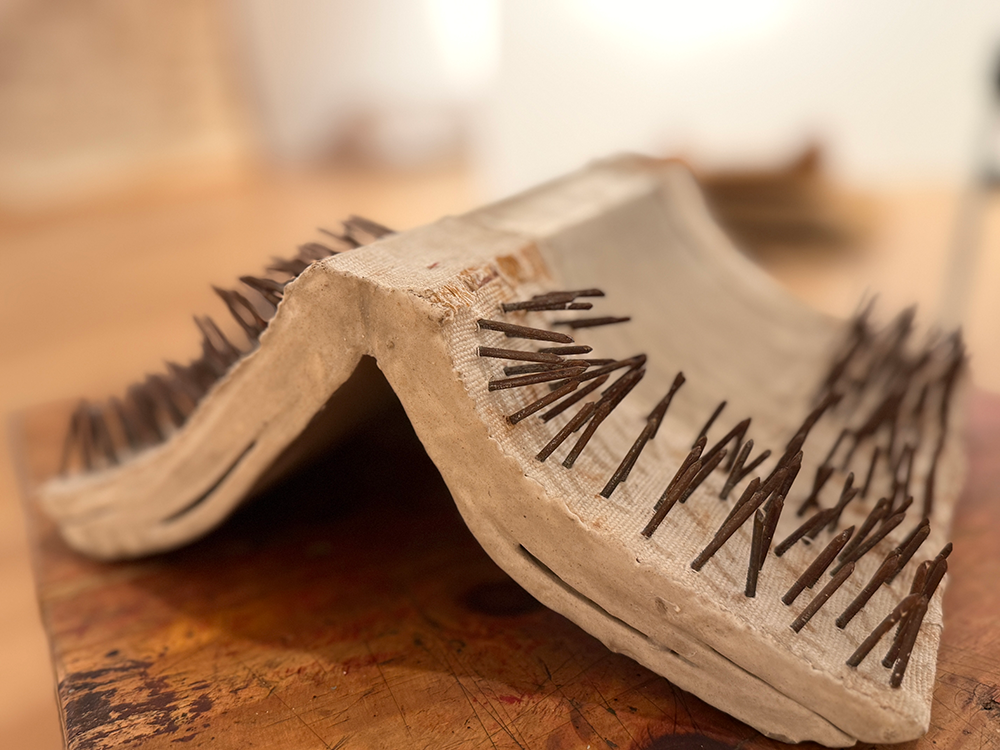

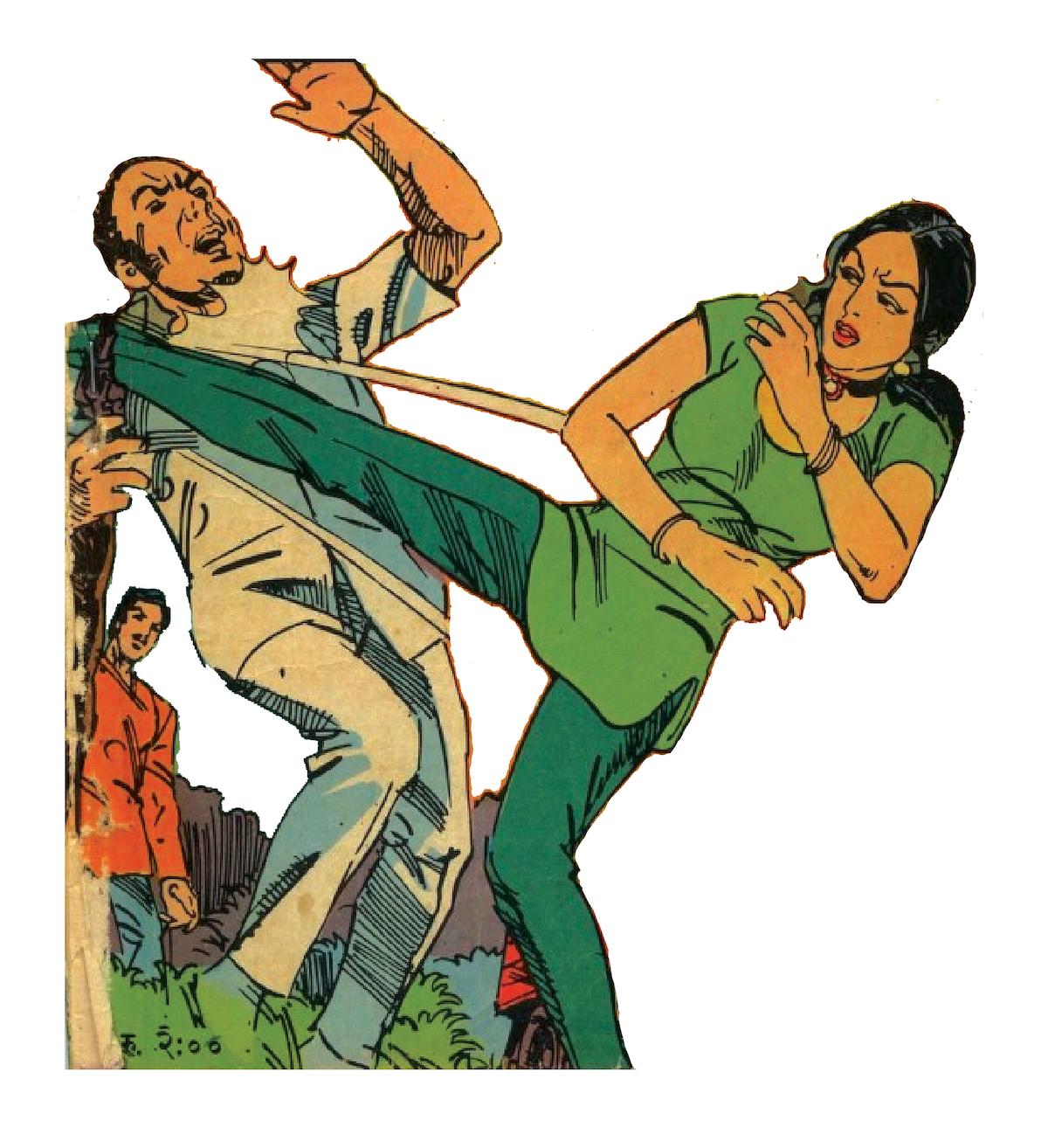
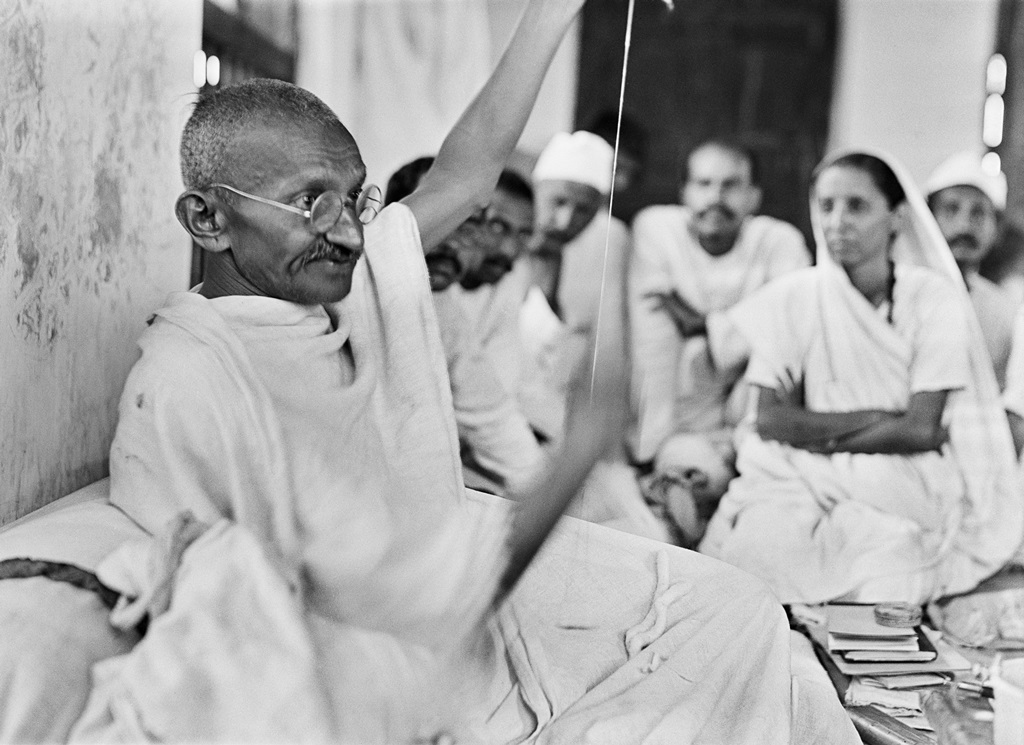
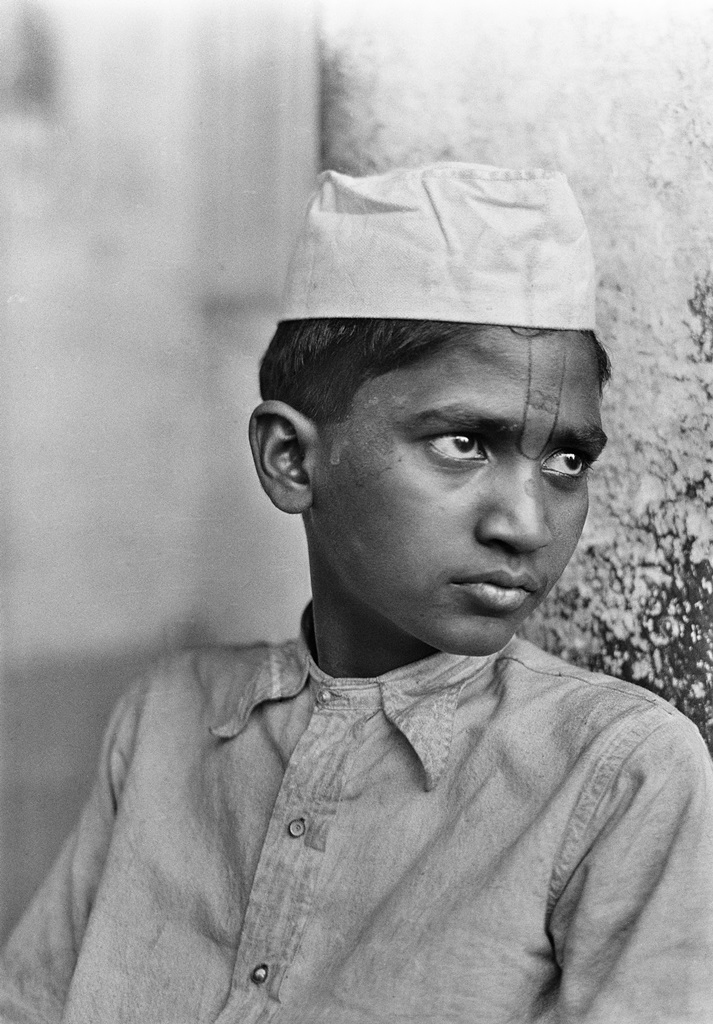
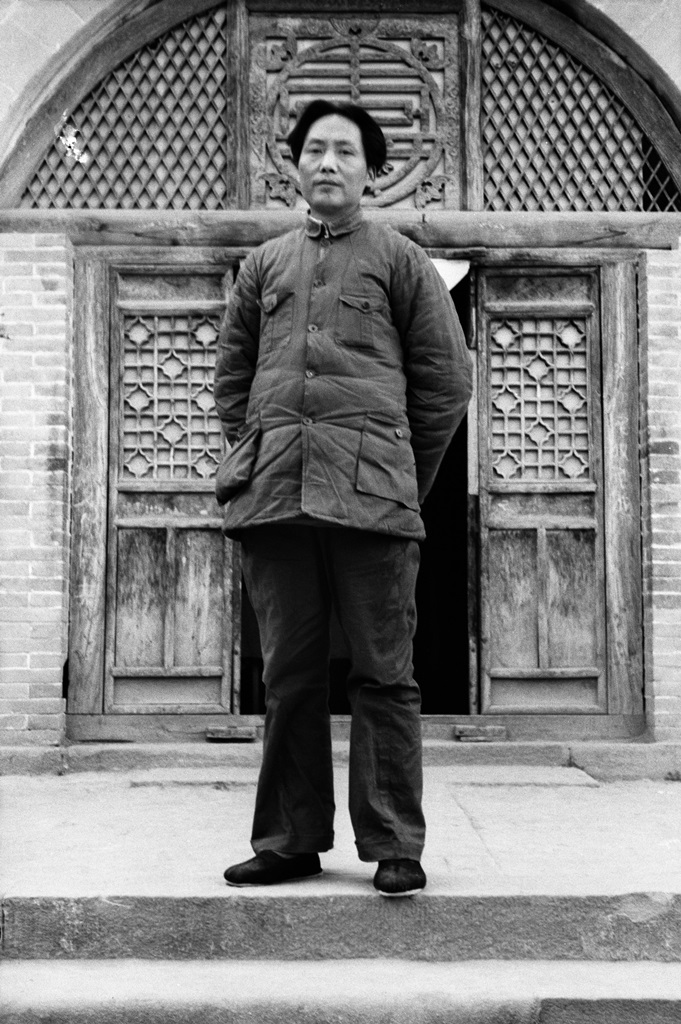
.jpg)
.jpg)
.jpg)
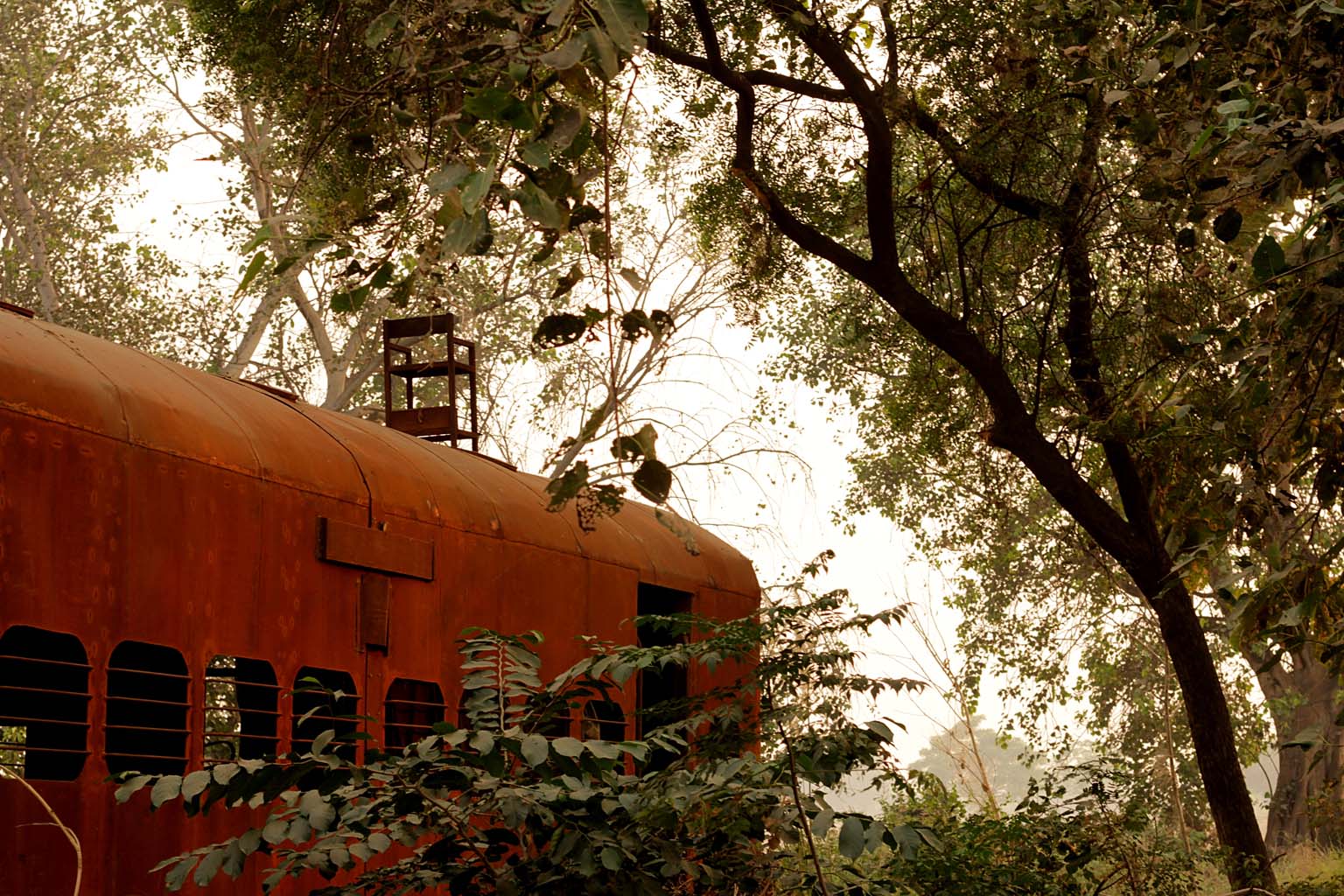
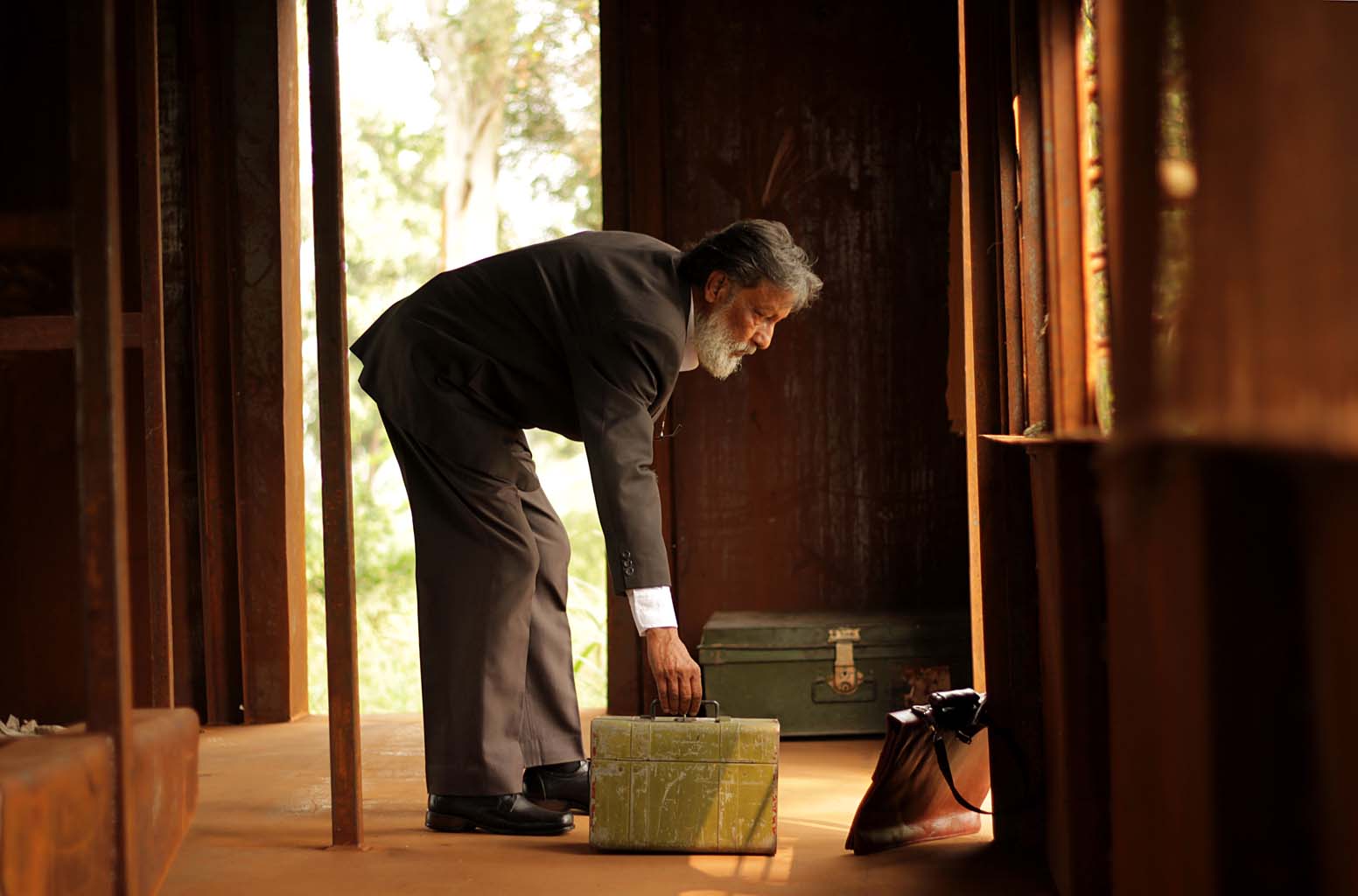
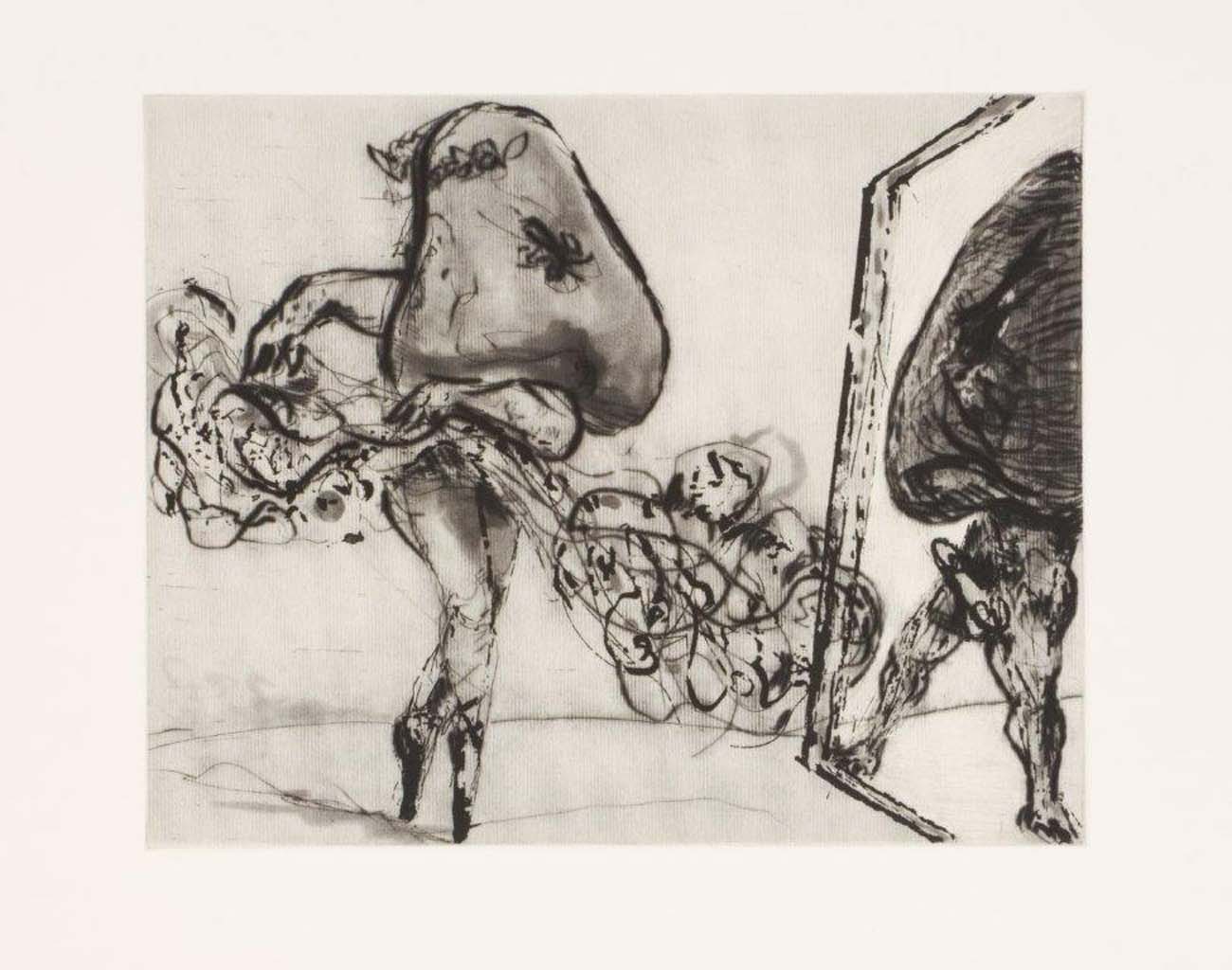
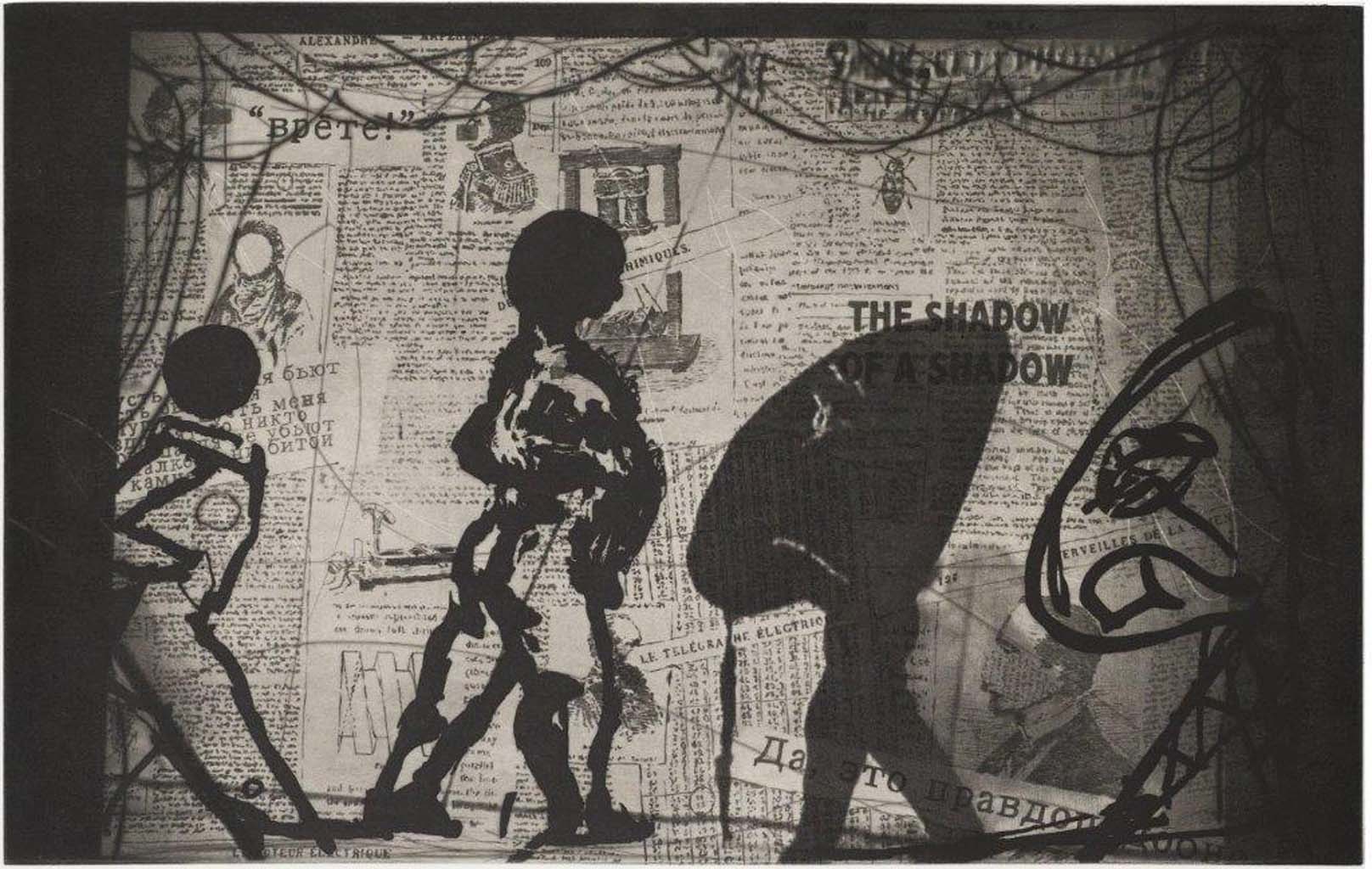
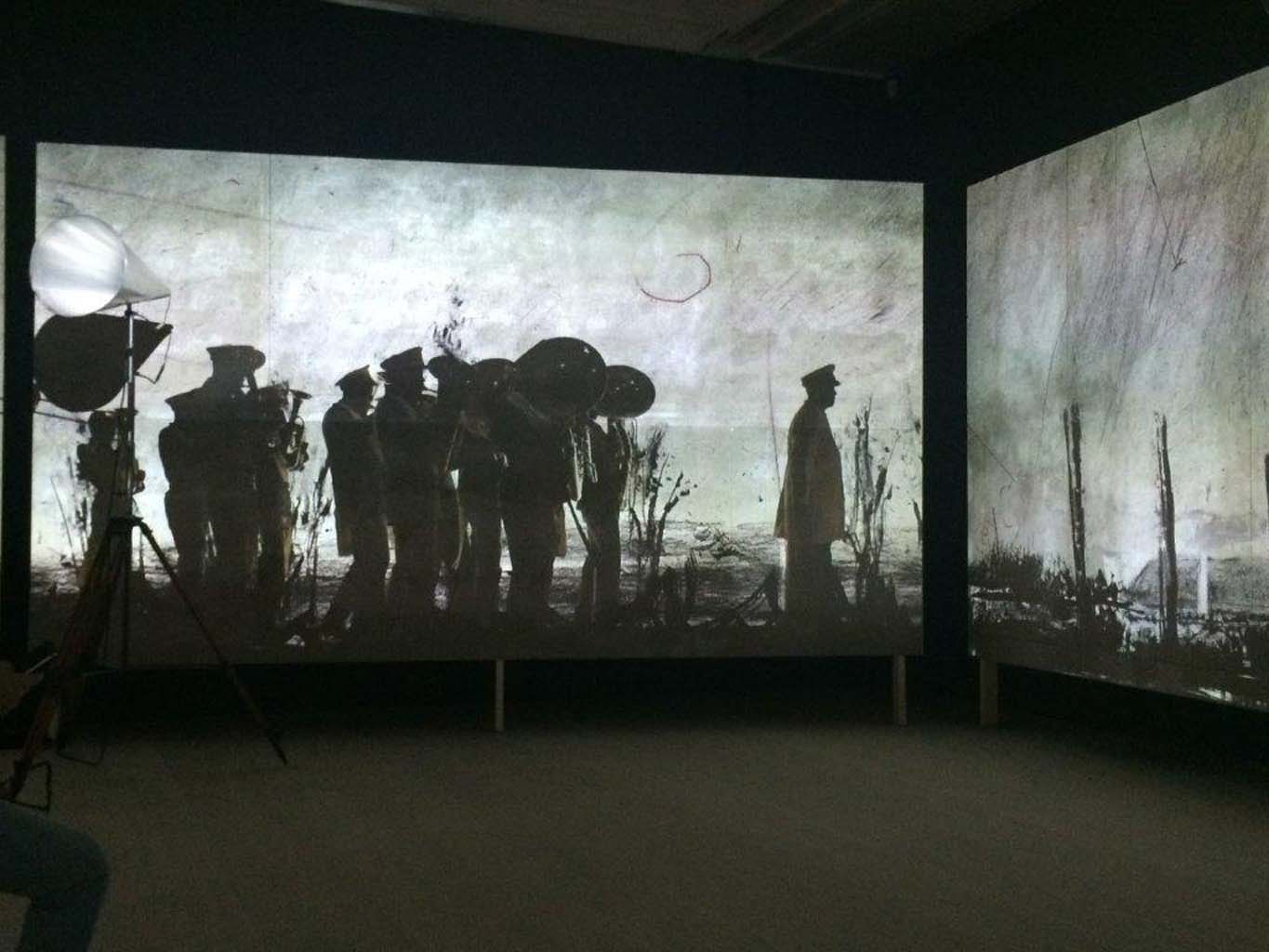
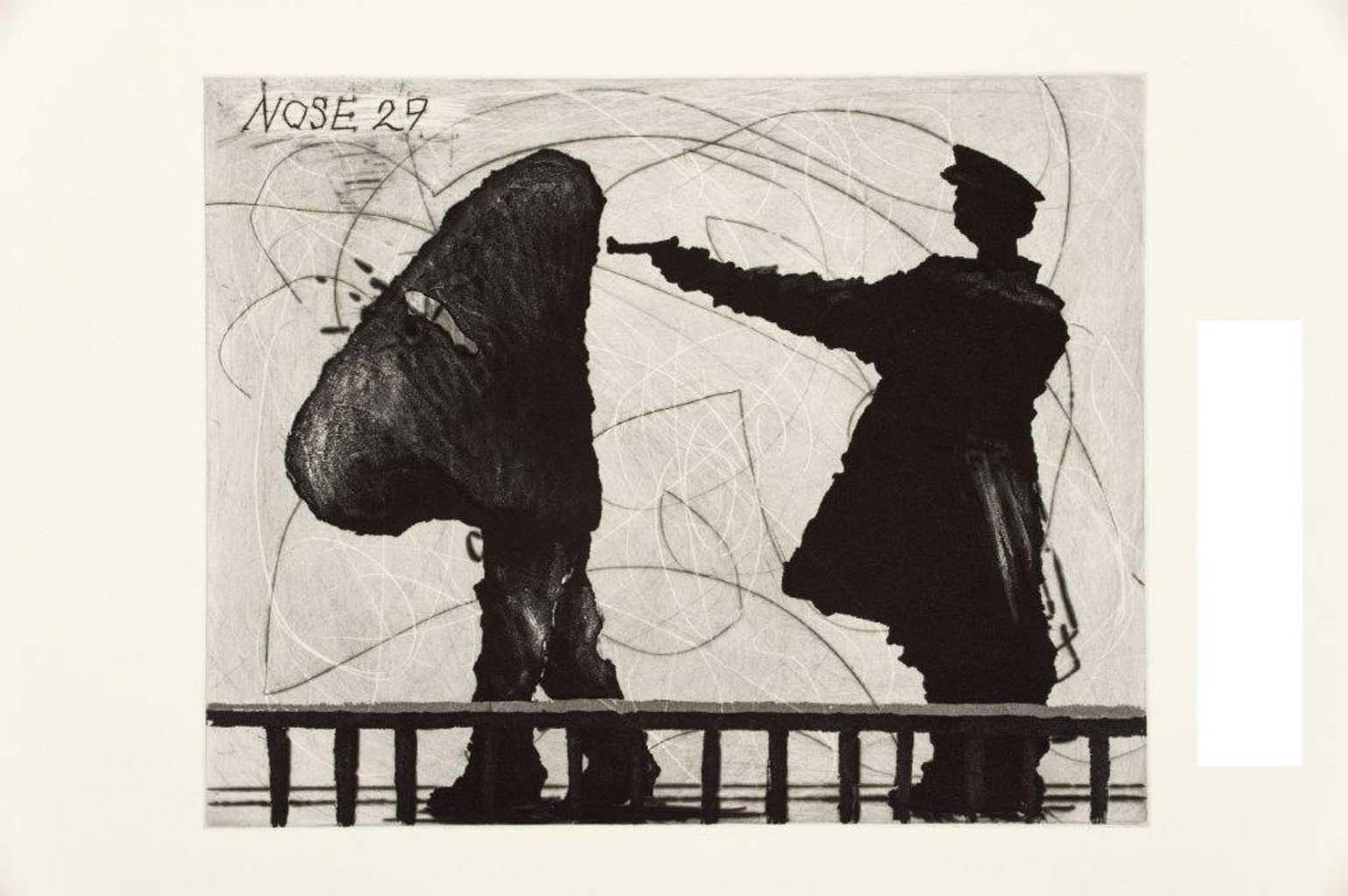
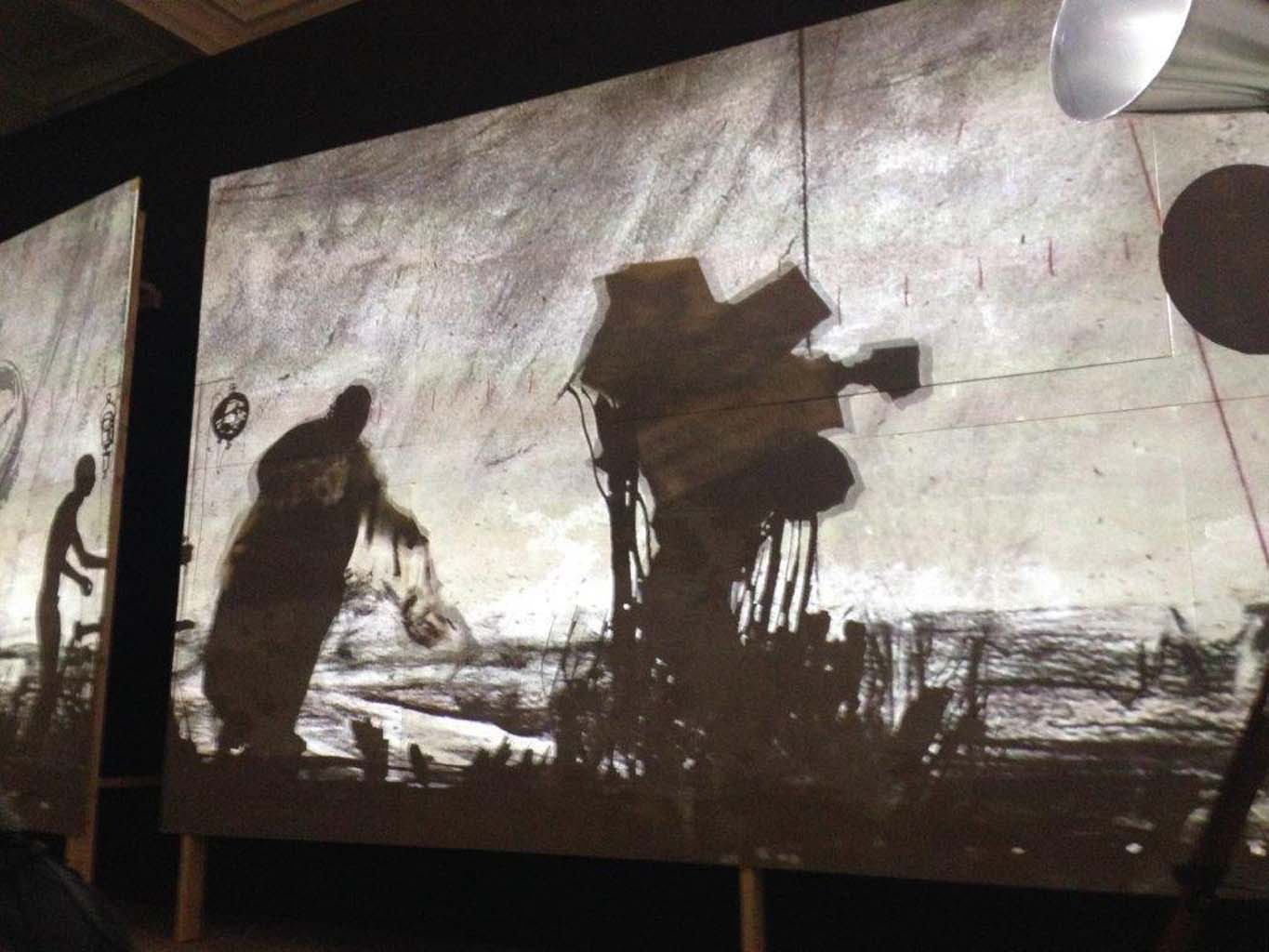
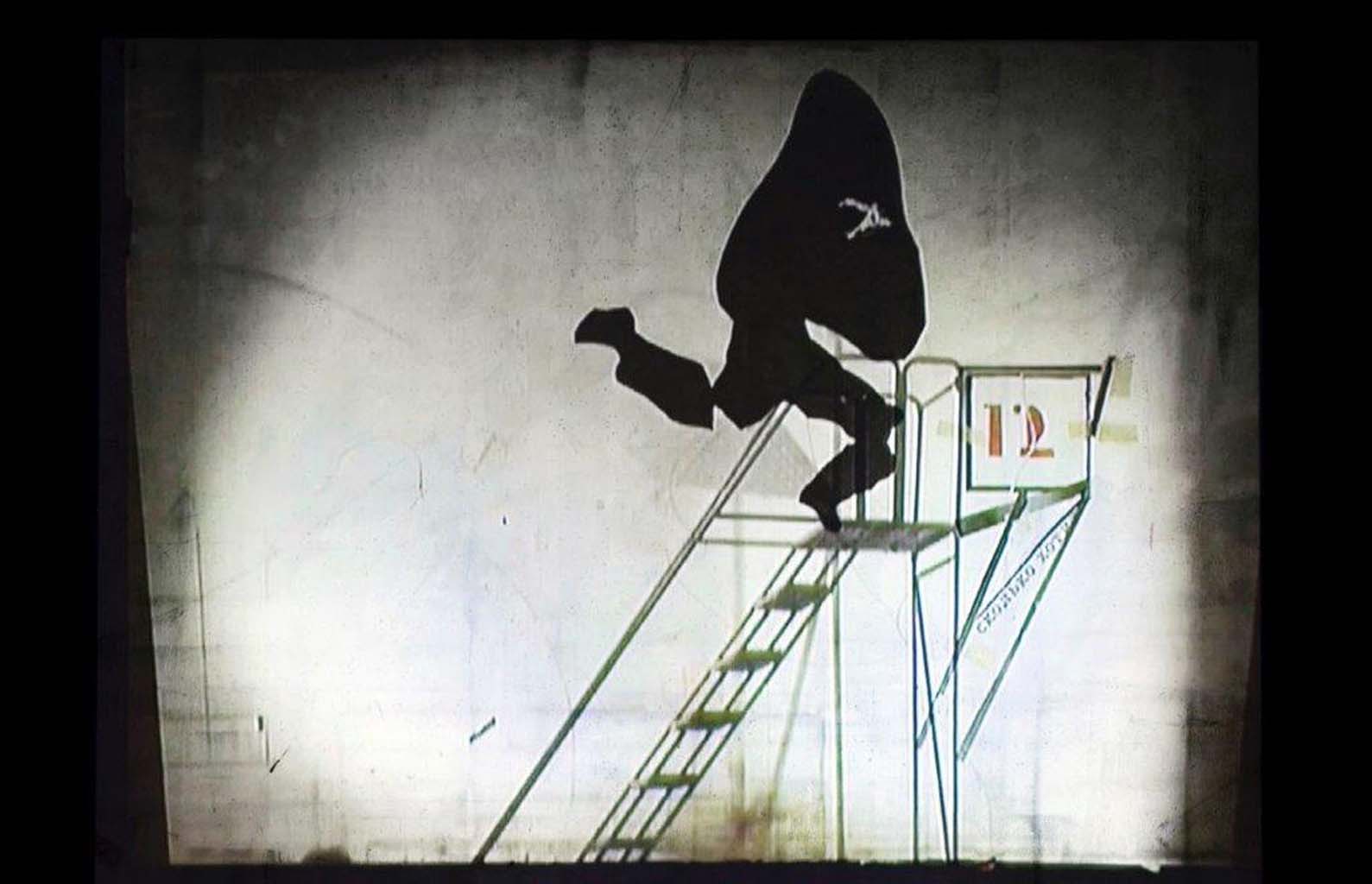
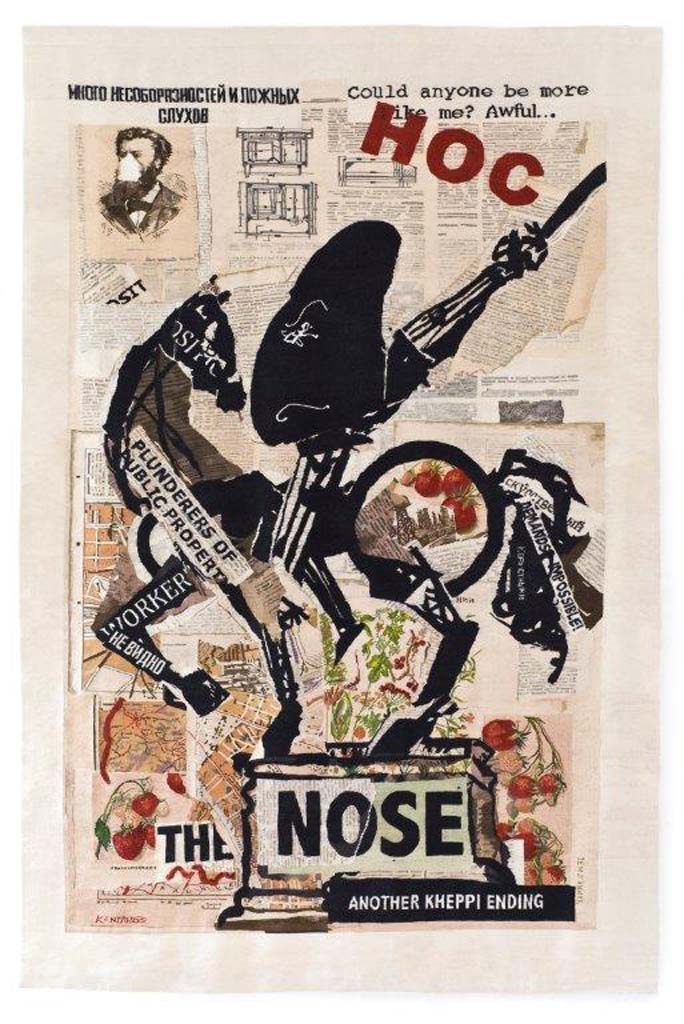
 DETAIL.jpg)
 DETAIL.jpg)
 DETAIL.jpg)
 DETAIL.jpg)
.jpg)
.jpg)
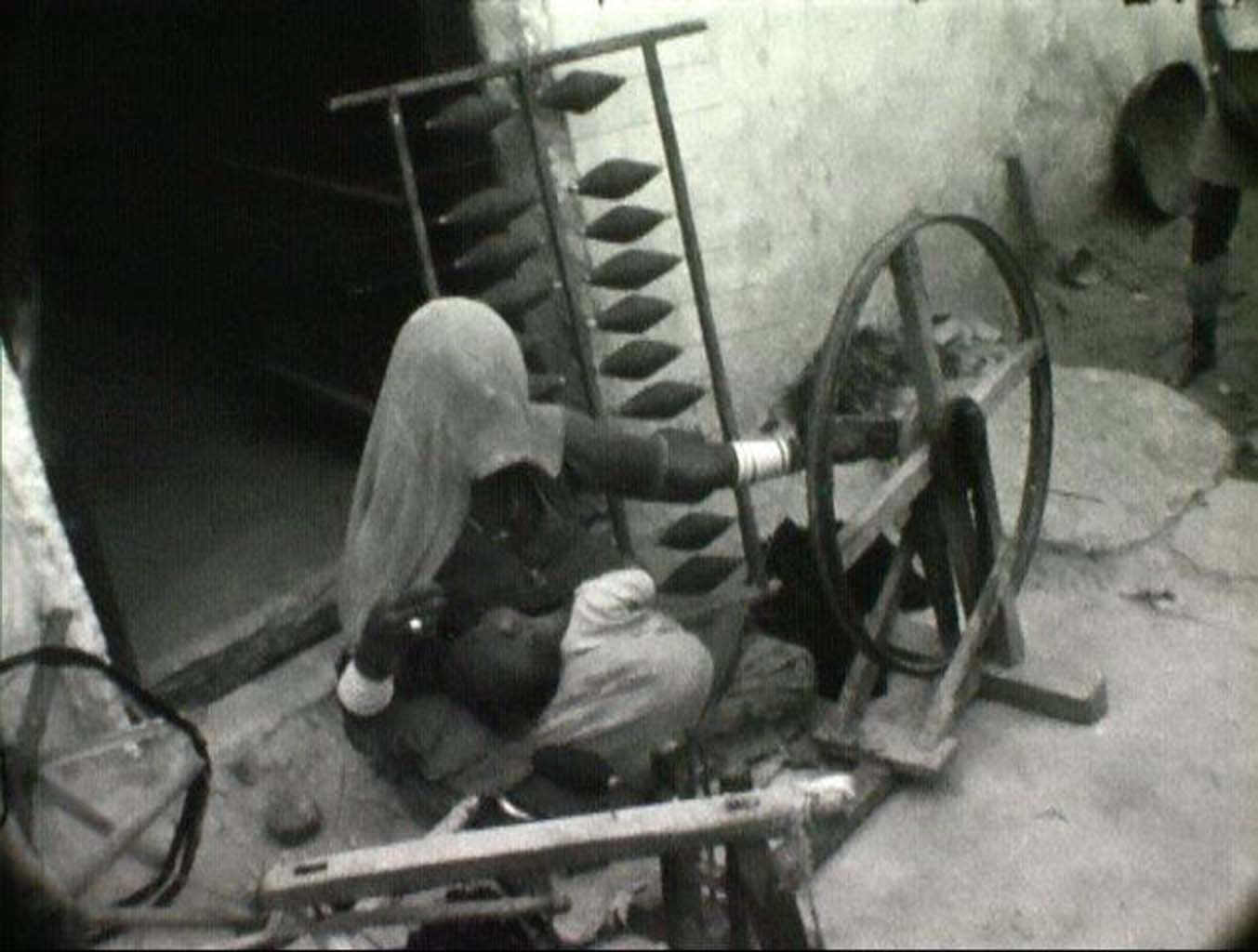
.jpg)
.jpg)
.jpg)
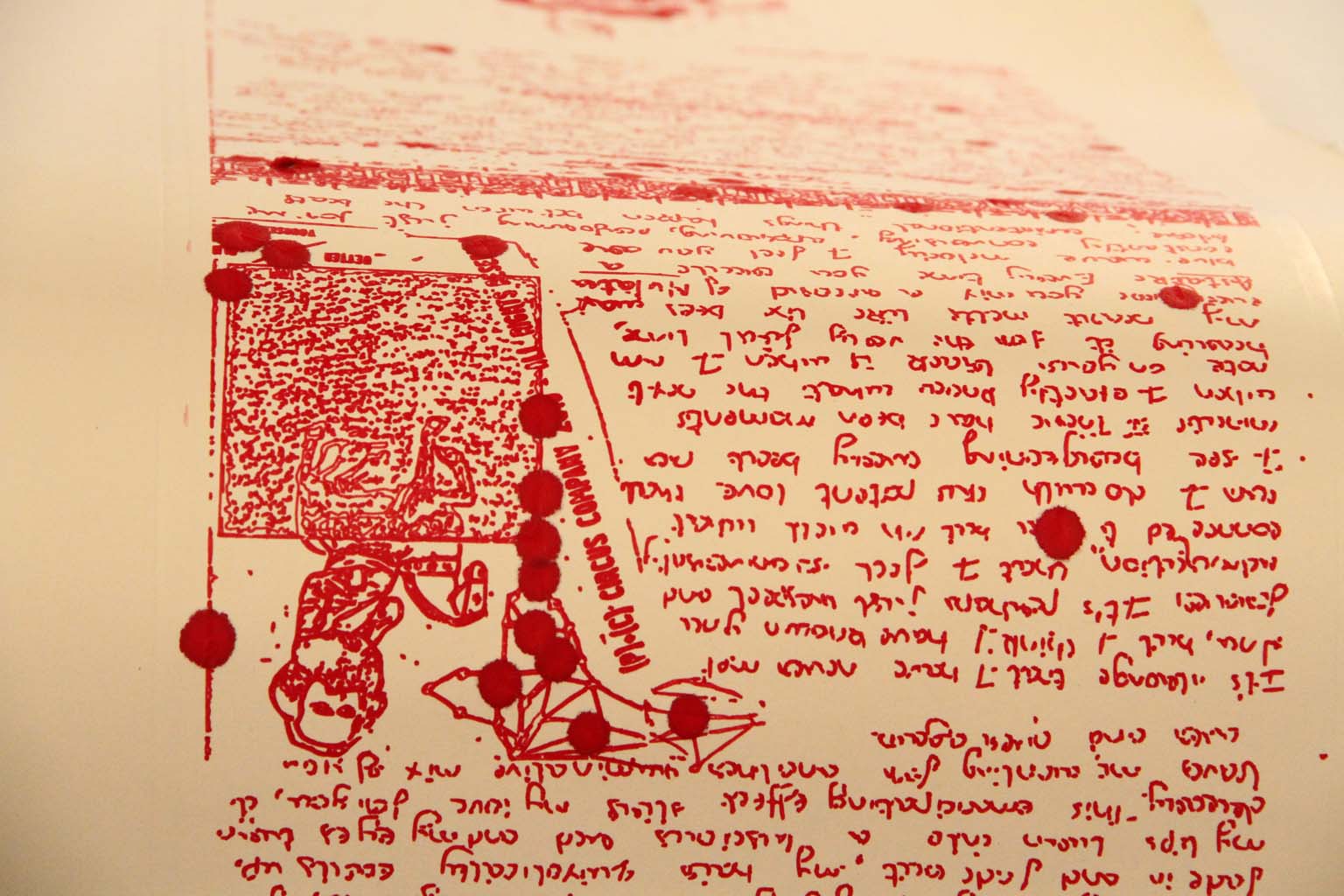
.jpg)
.jpg)
.jpg)
.jpg)
.jpg)
.jpg)
.jpg)
.jpg)
.jpg)
.jpg)
.jpg)
.jpg)
.jpg)
.jpg)
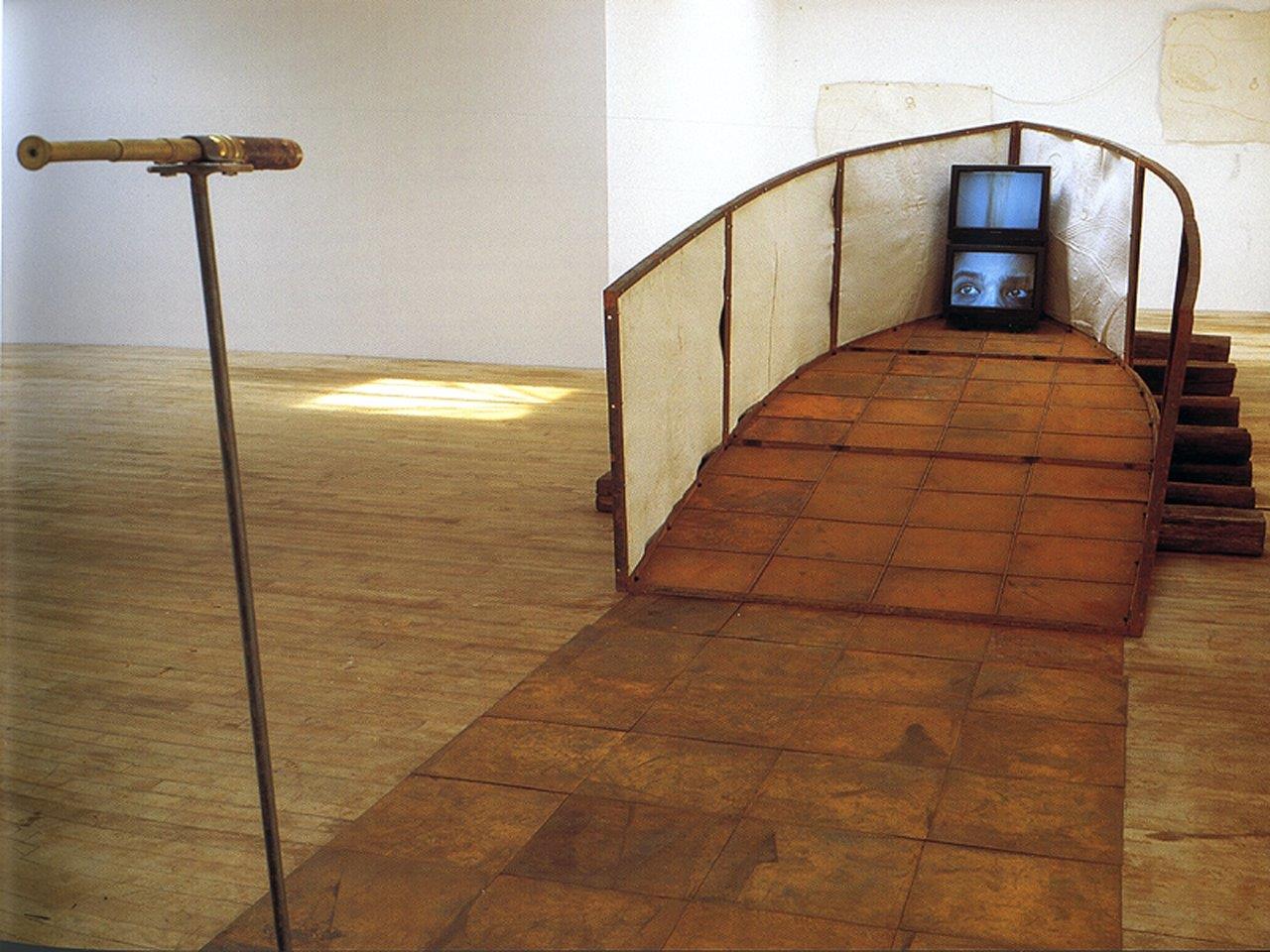
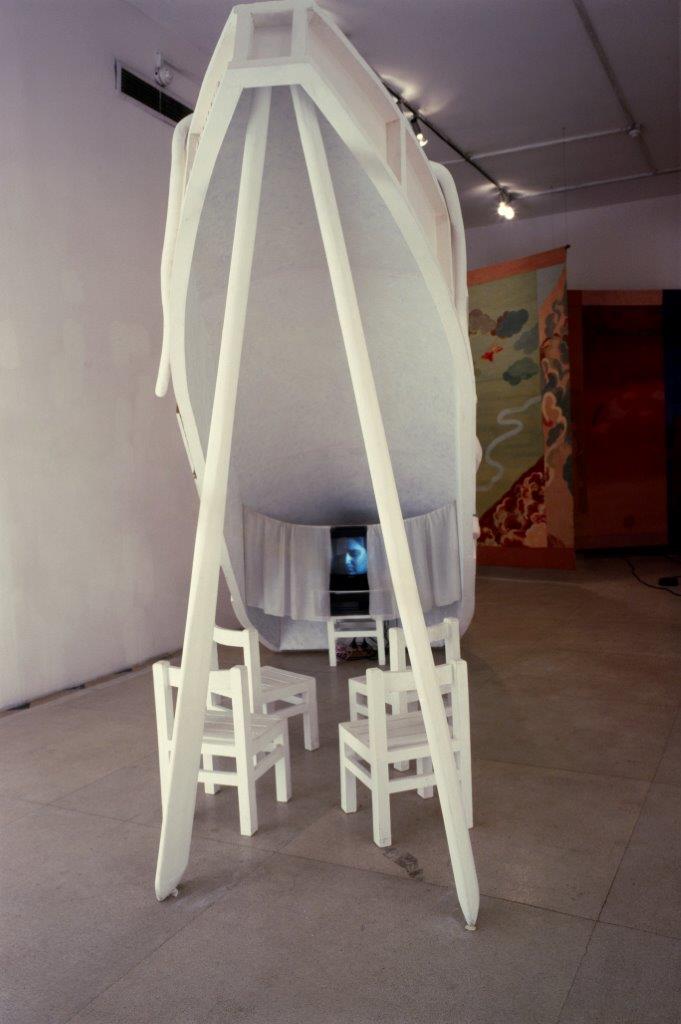
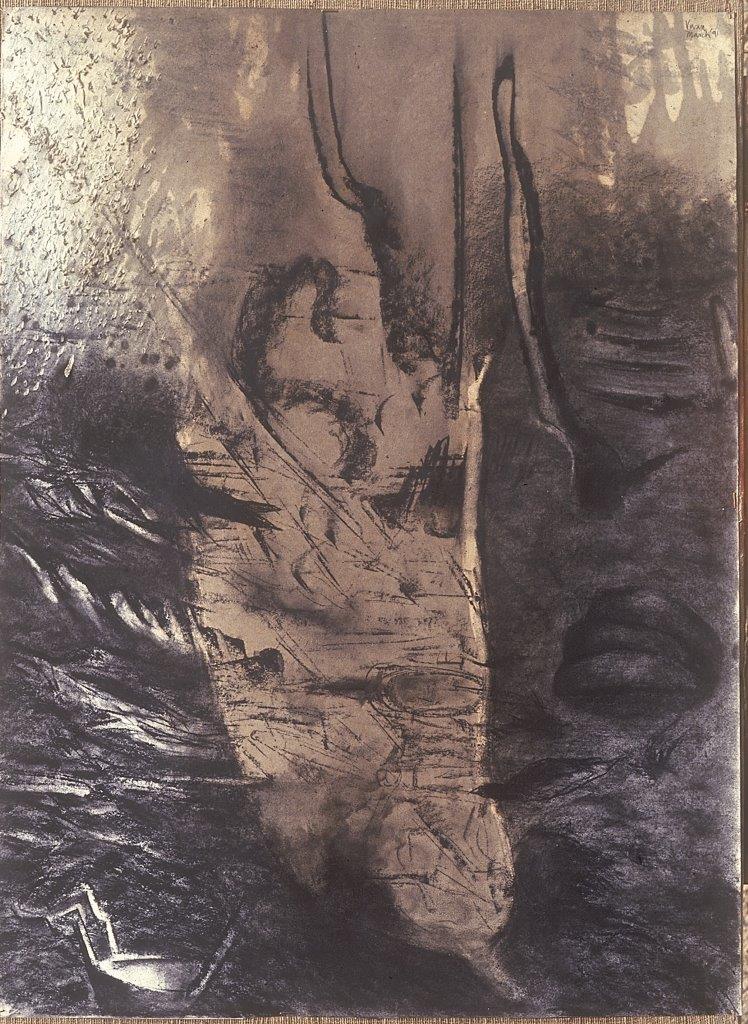
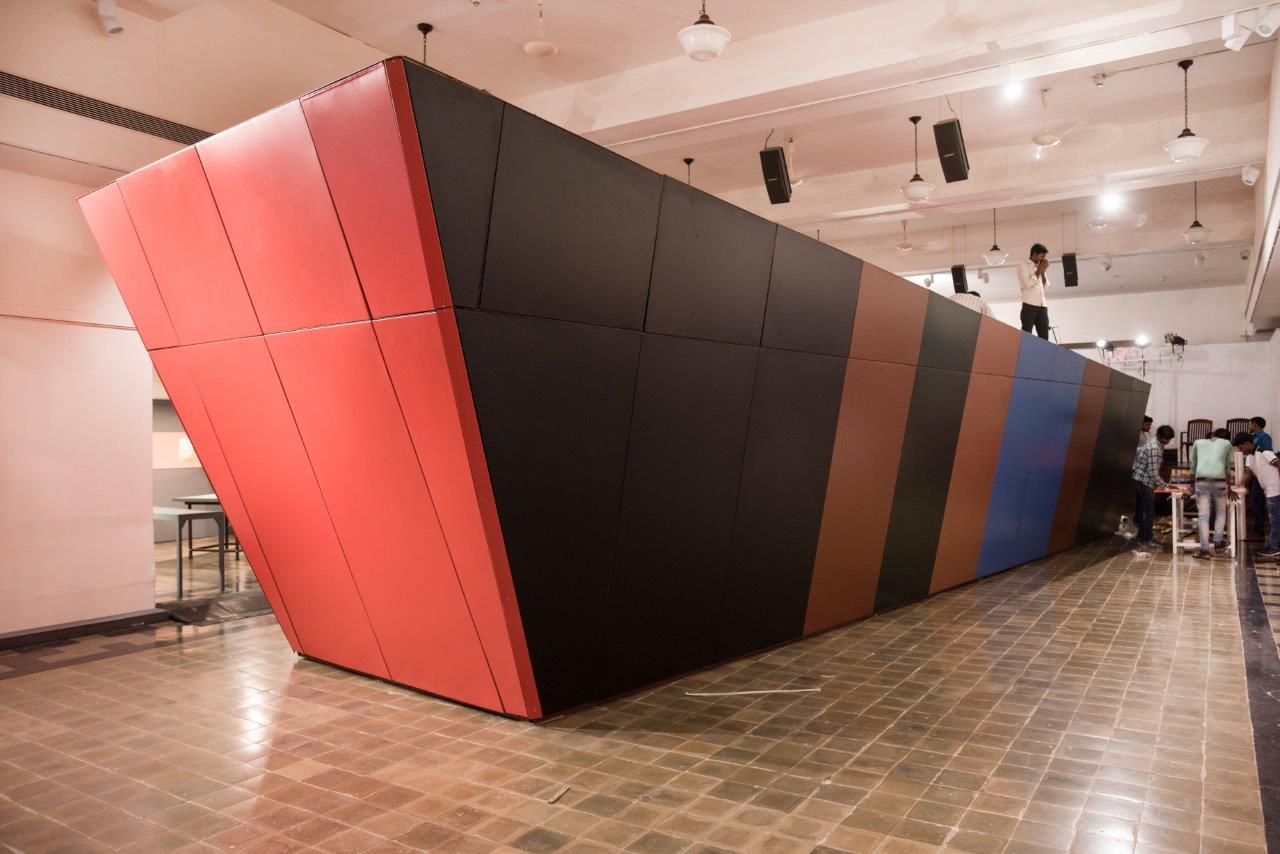
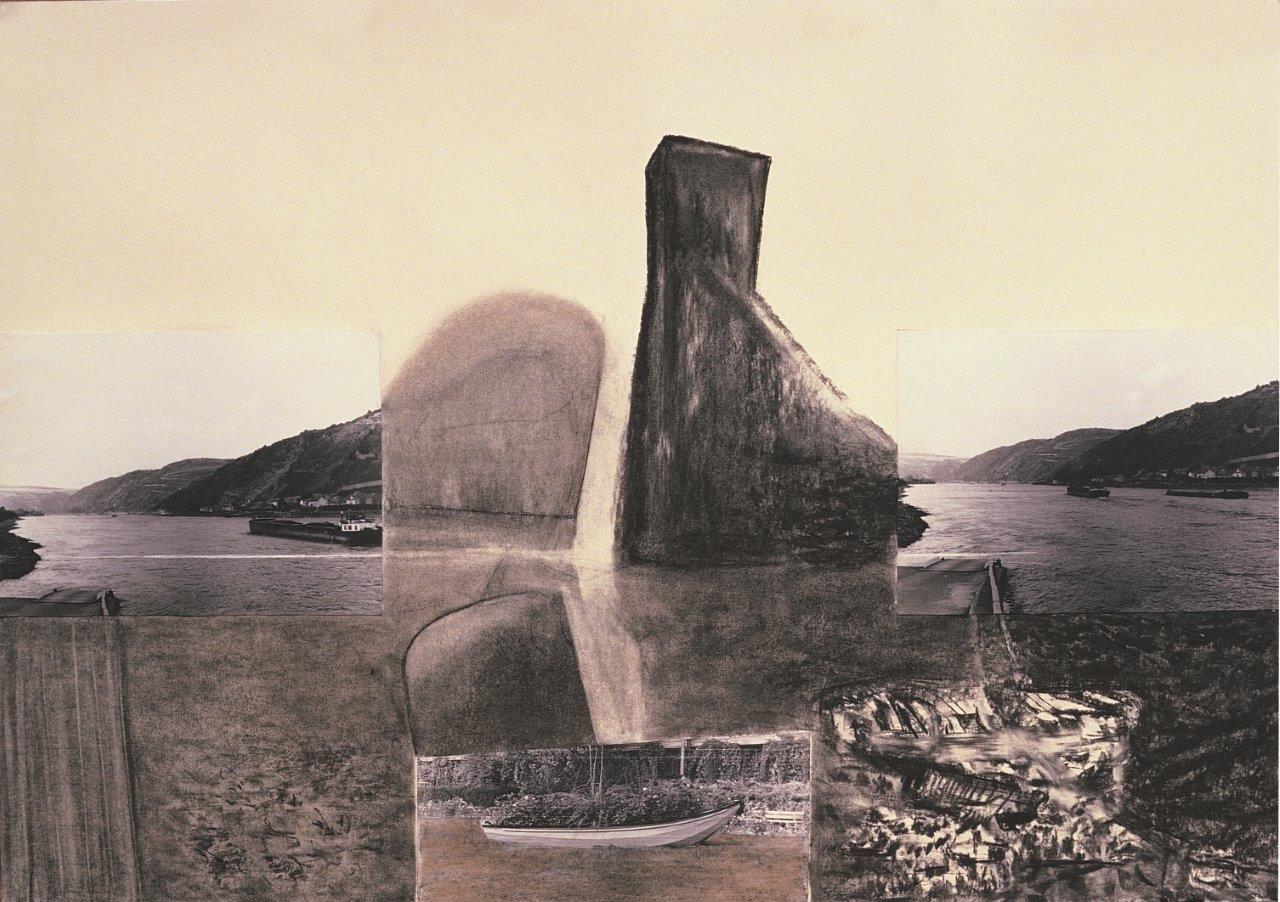

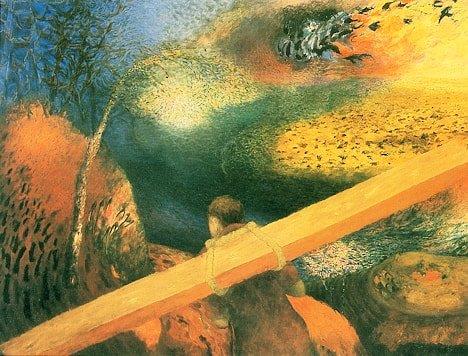
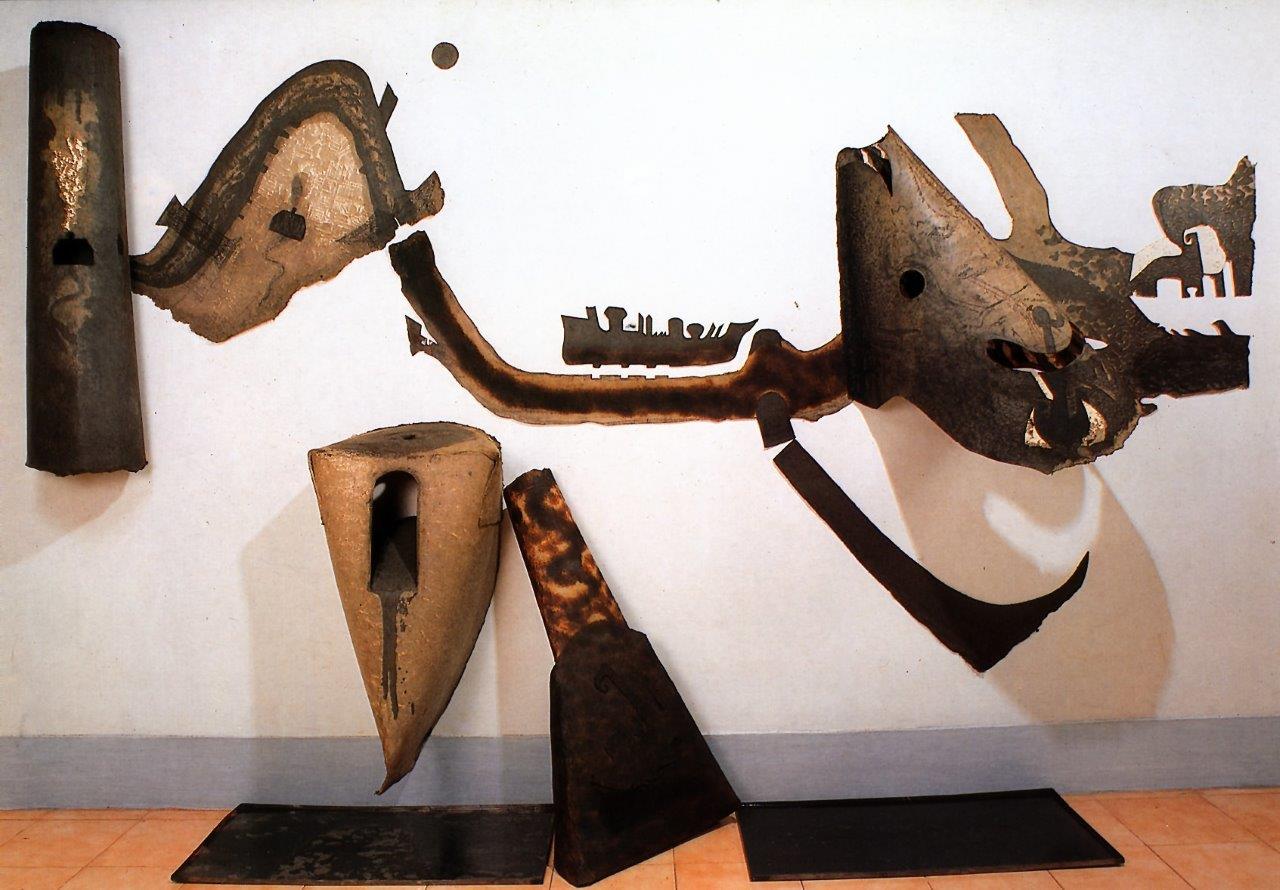
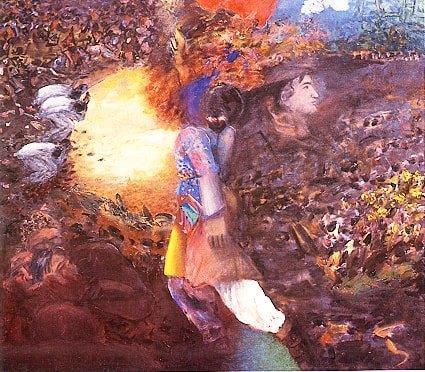
.jpg)

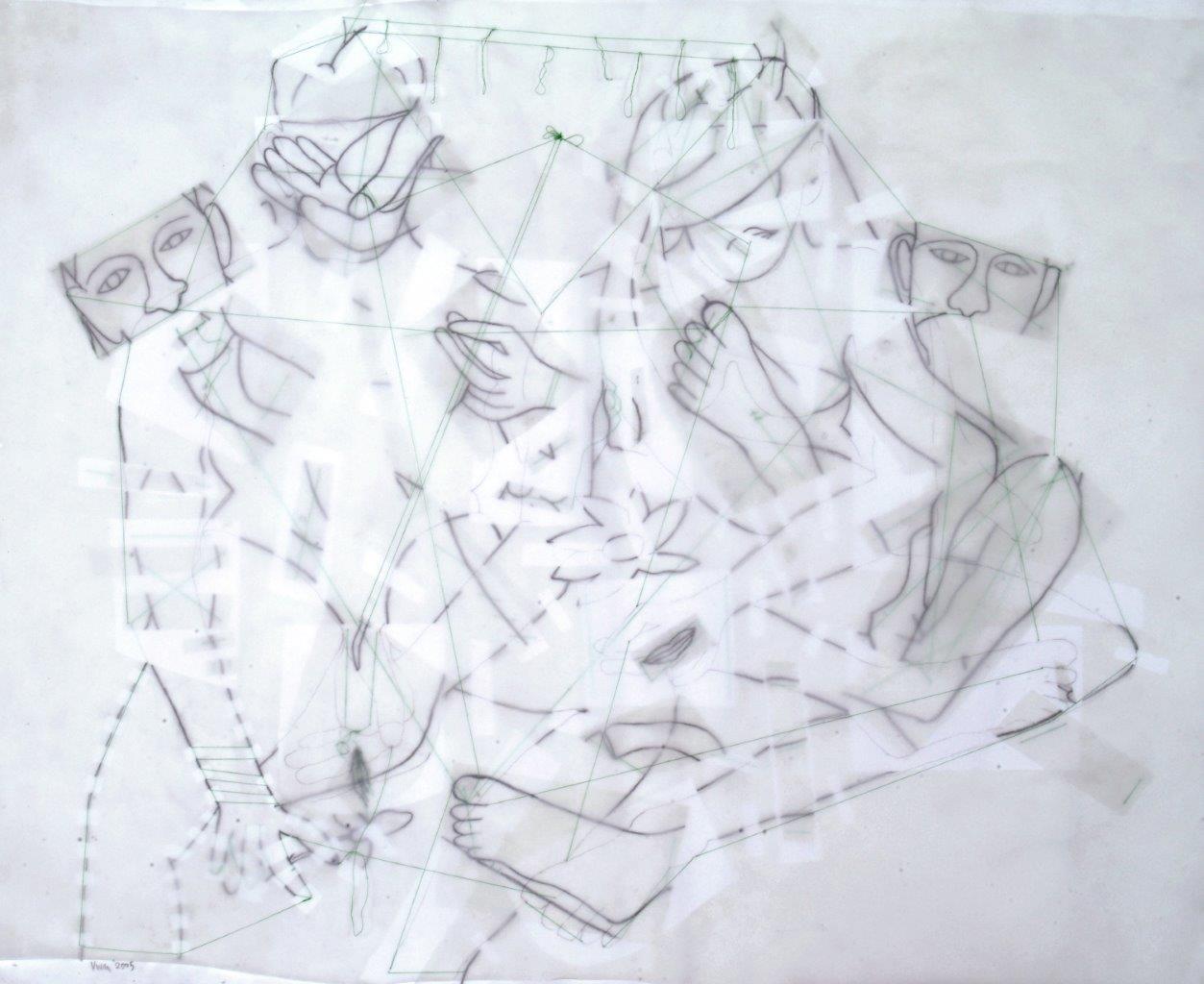
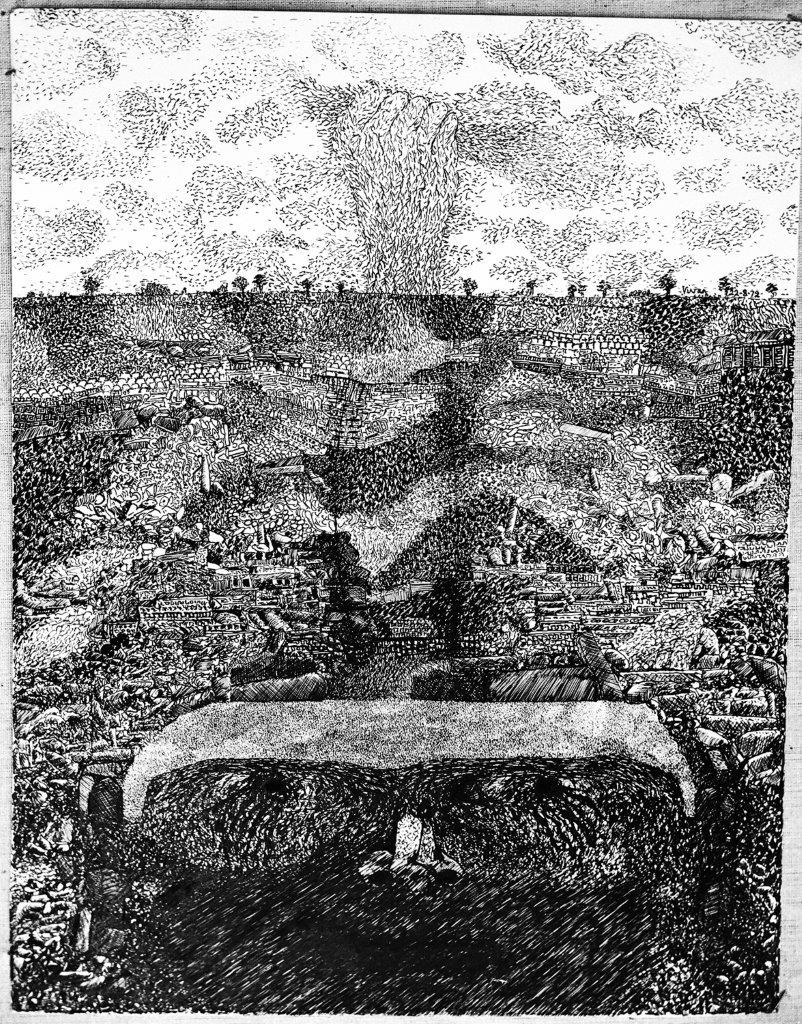
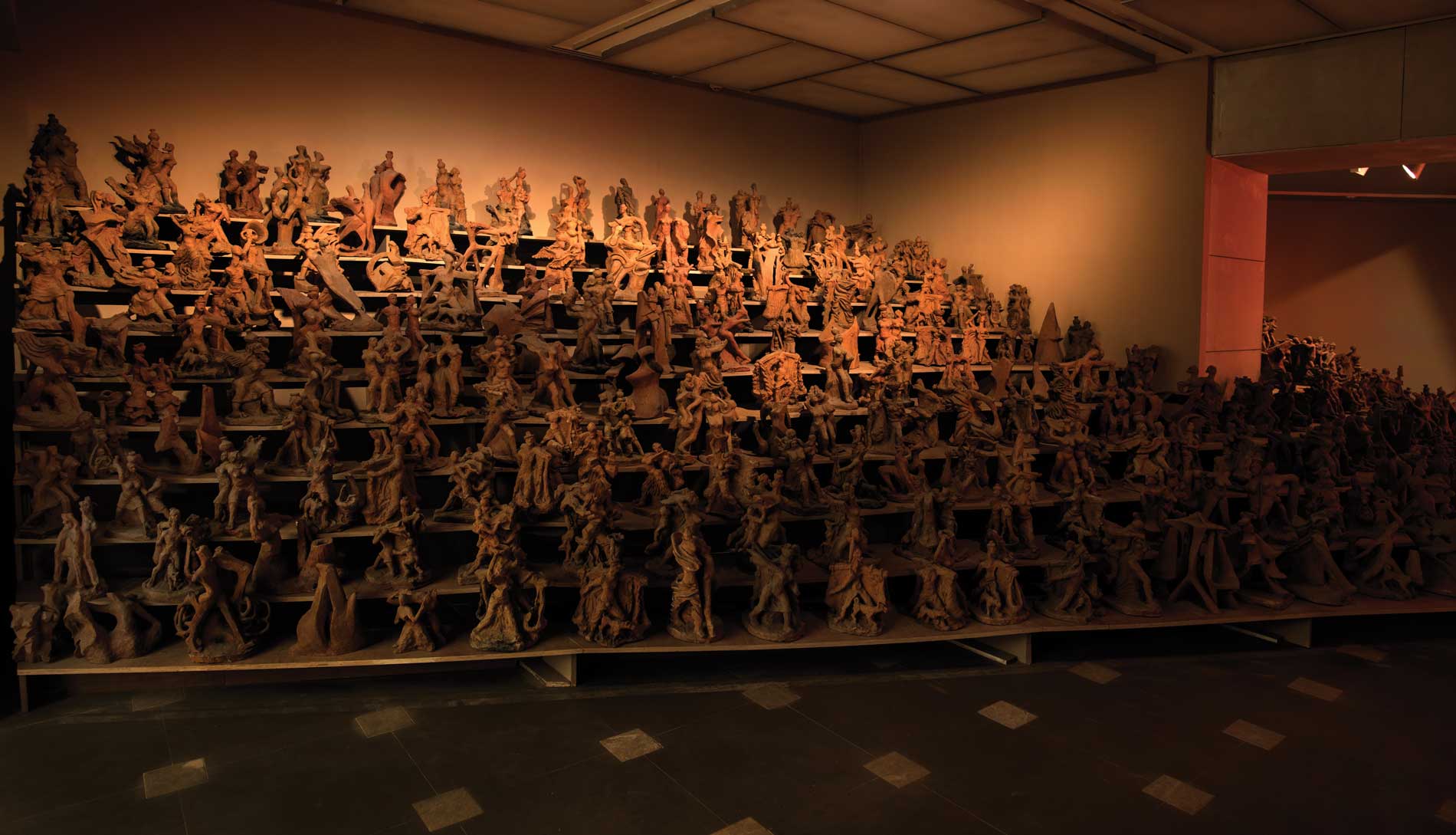
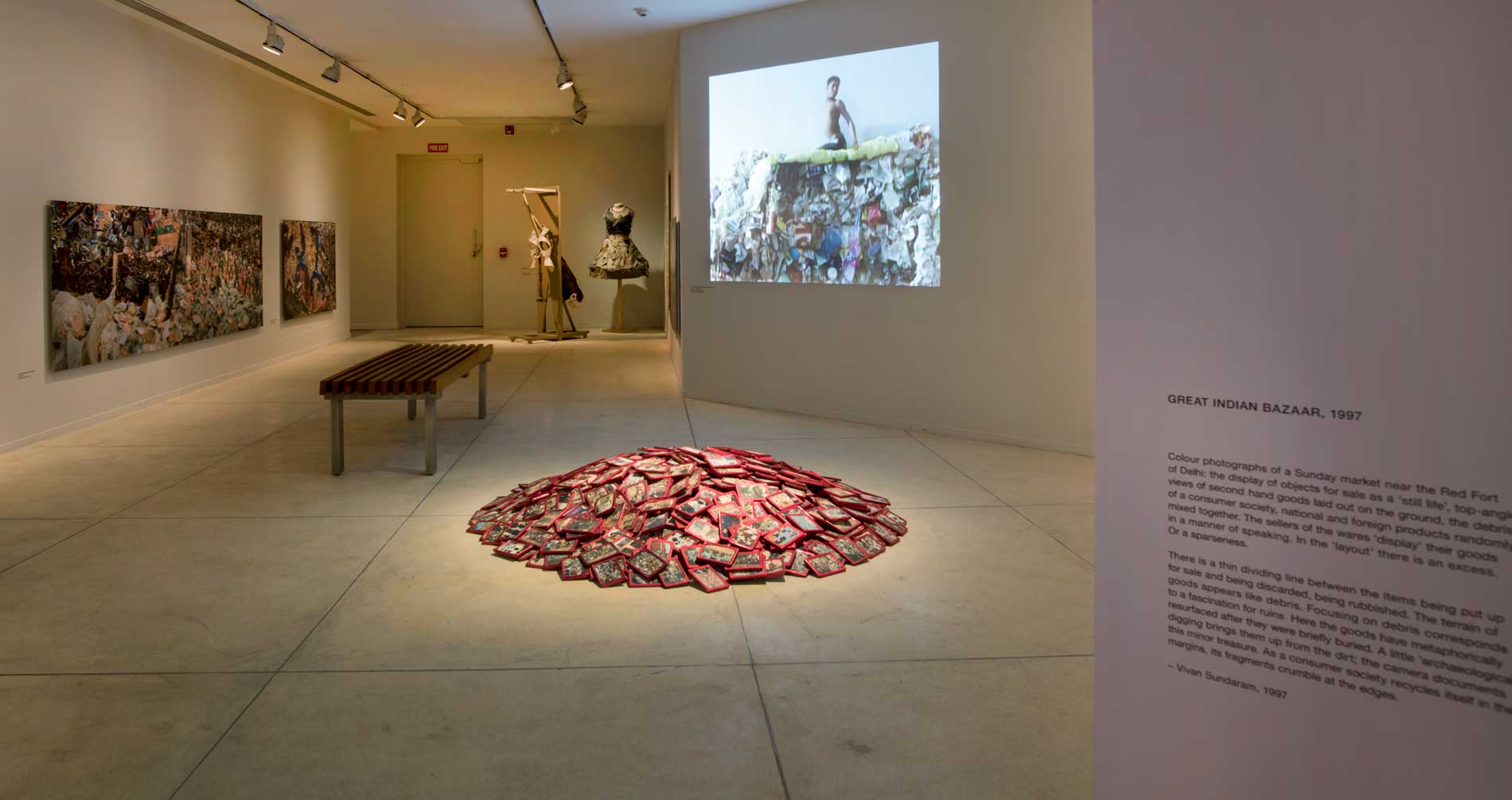
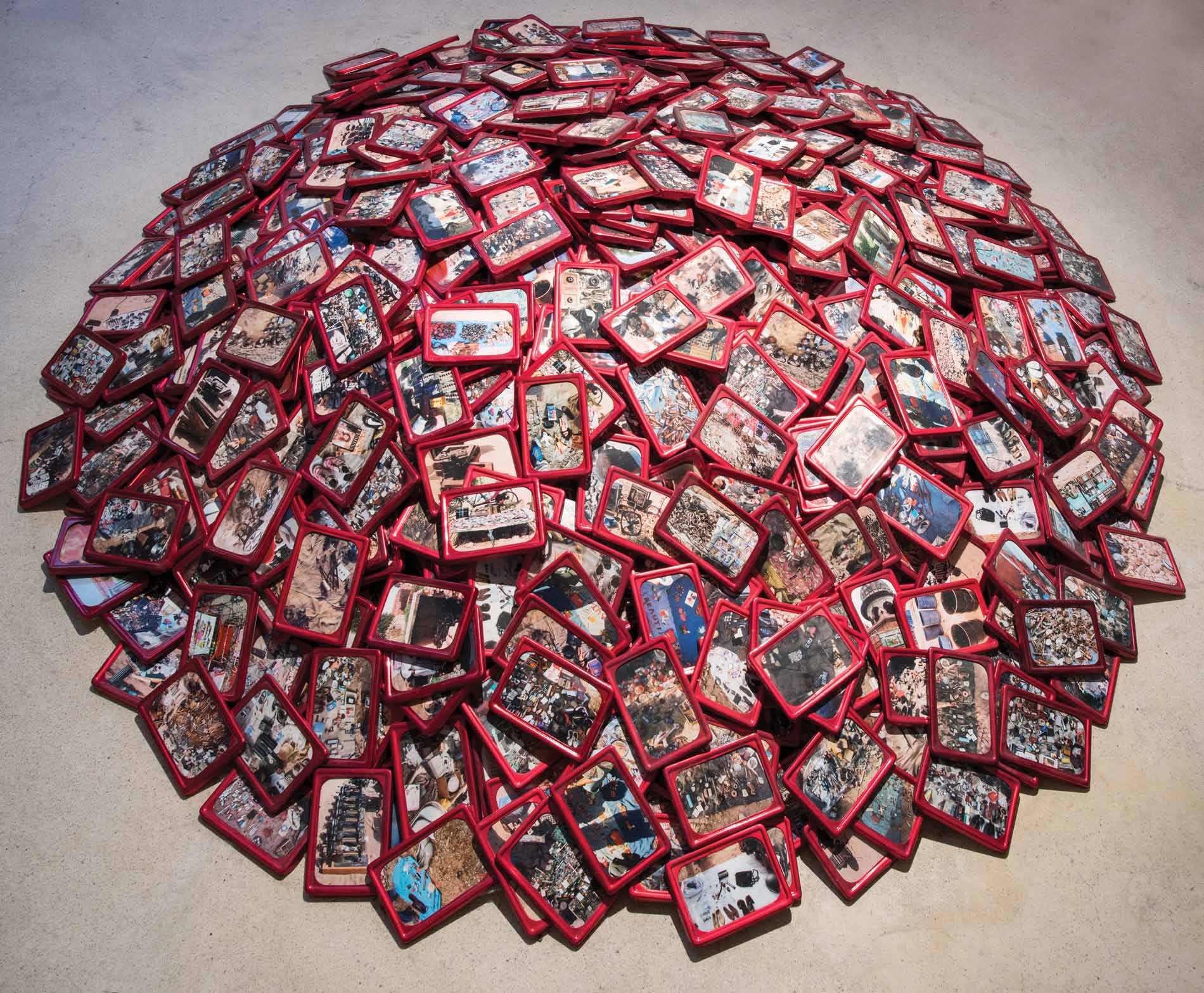
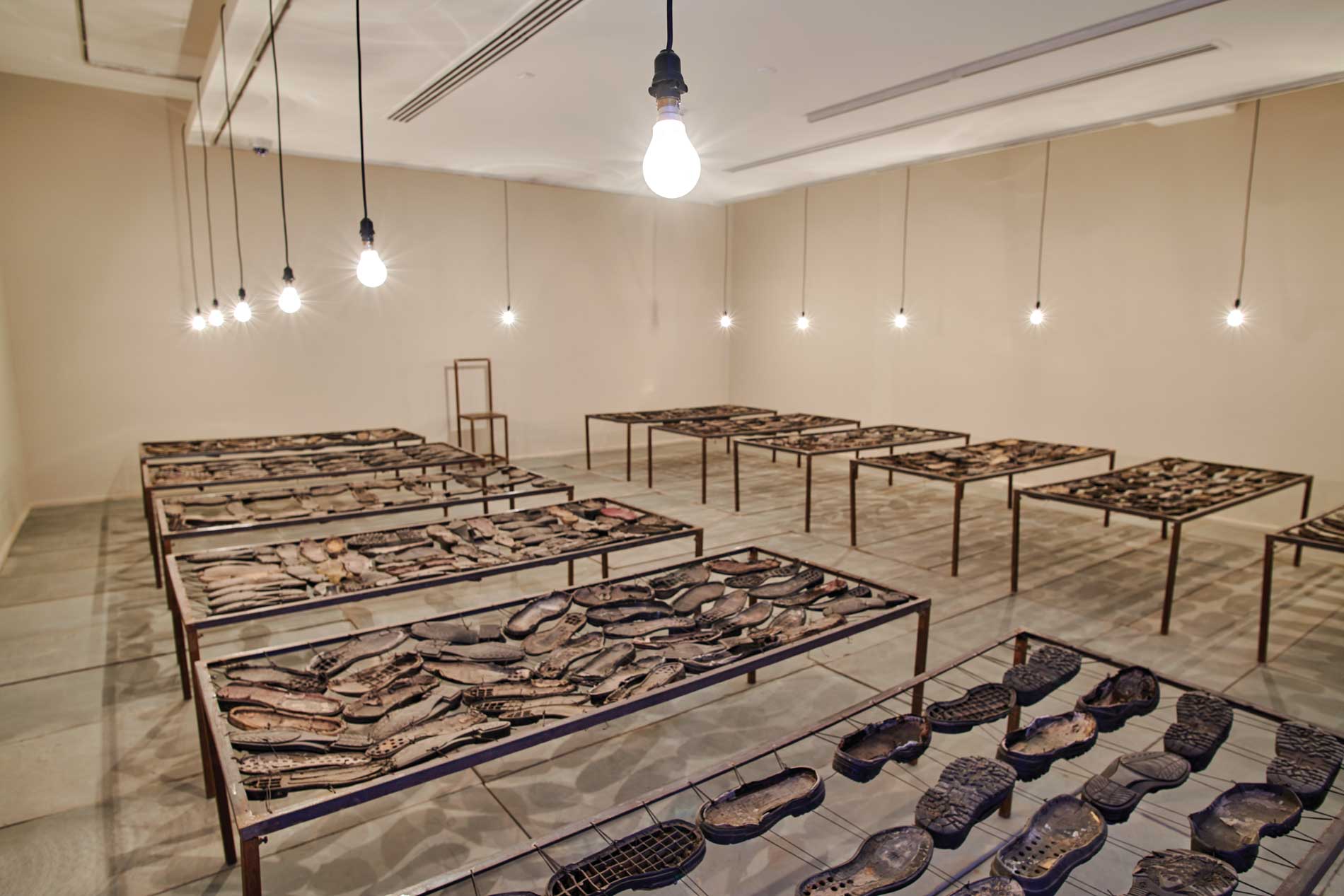
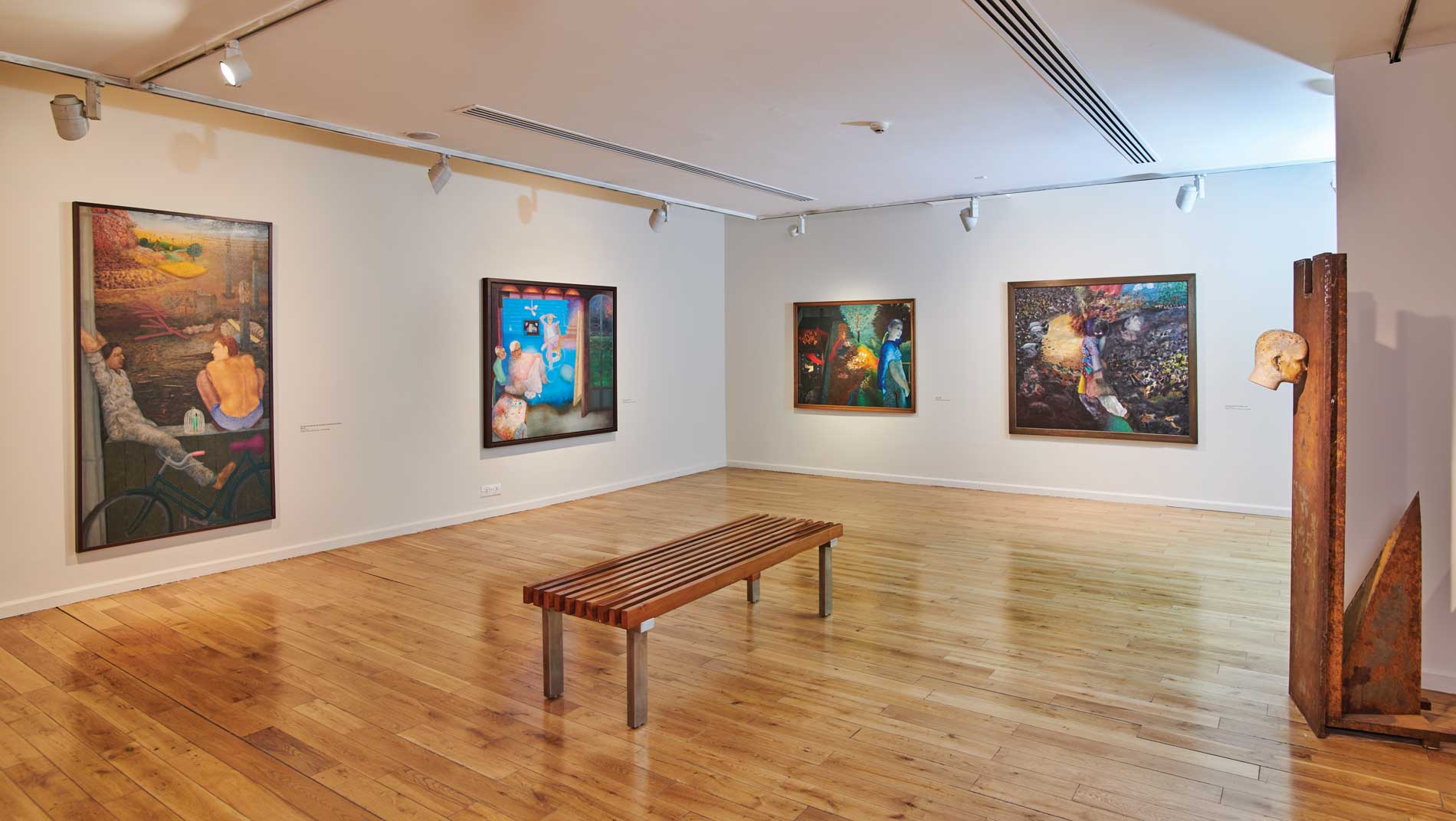
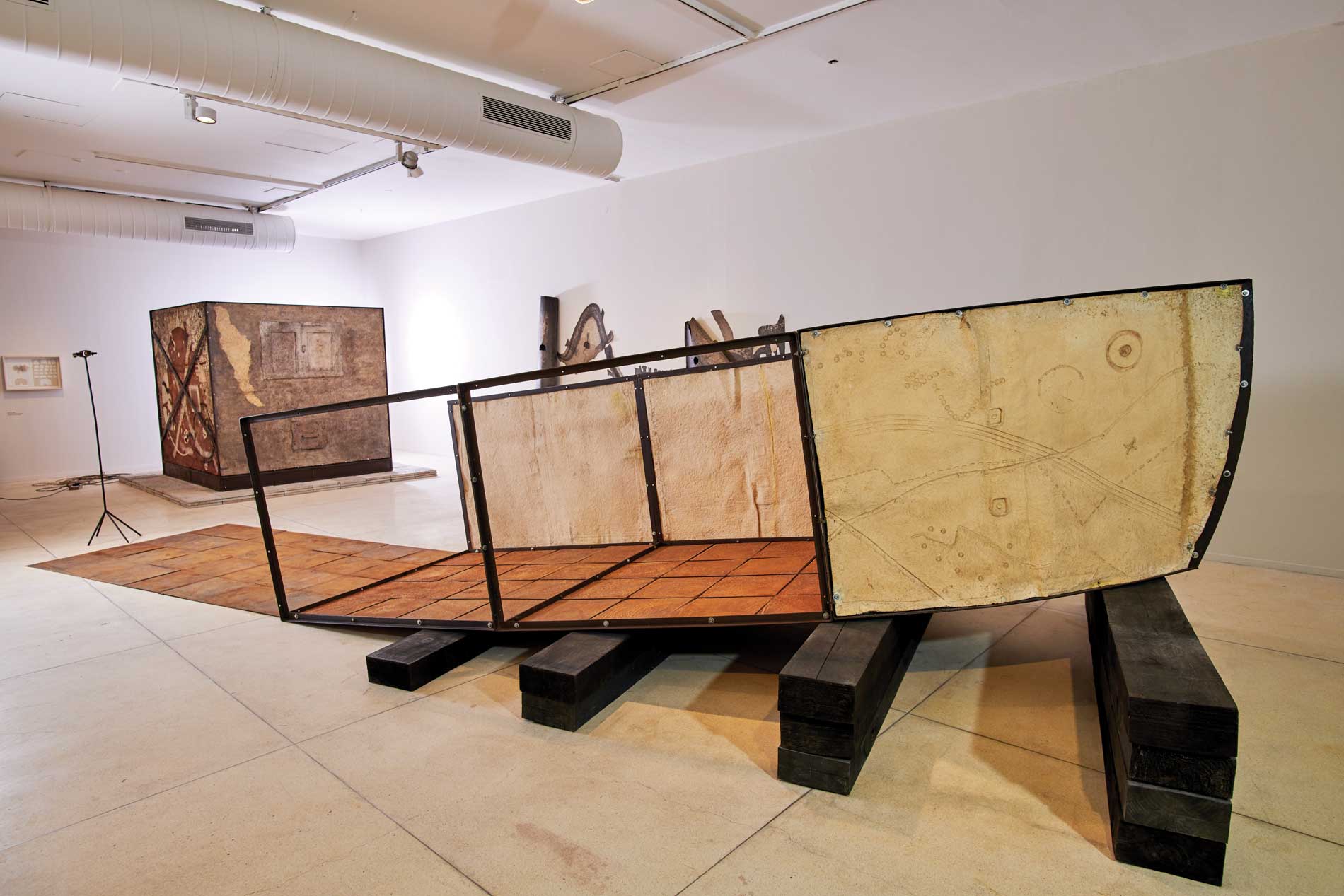
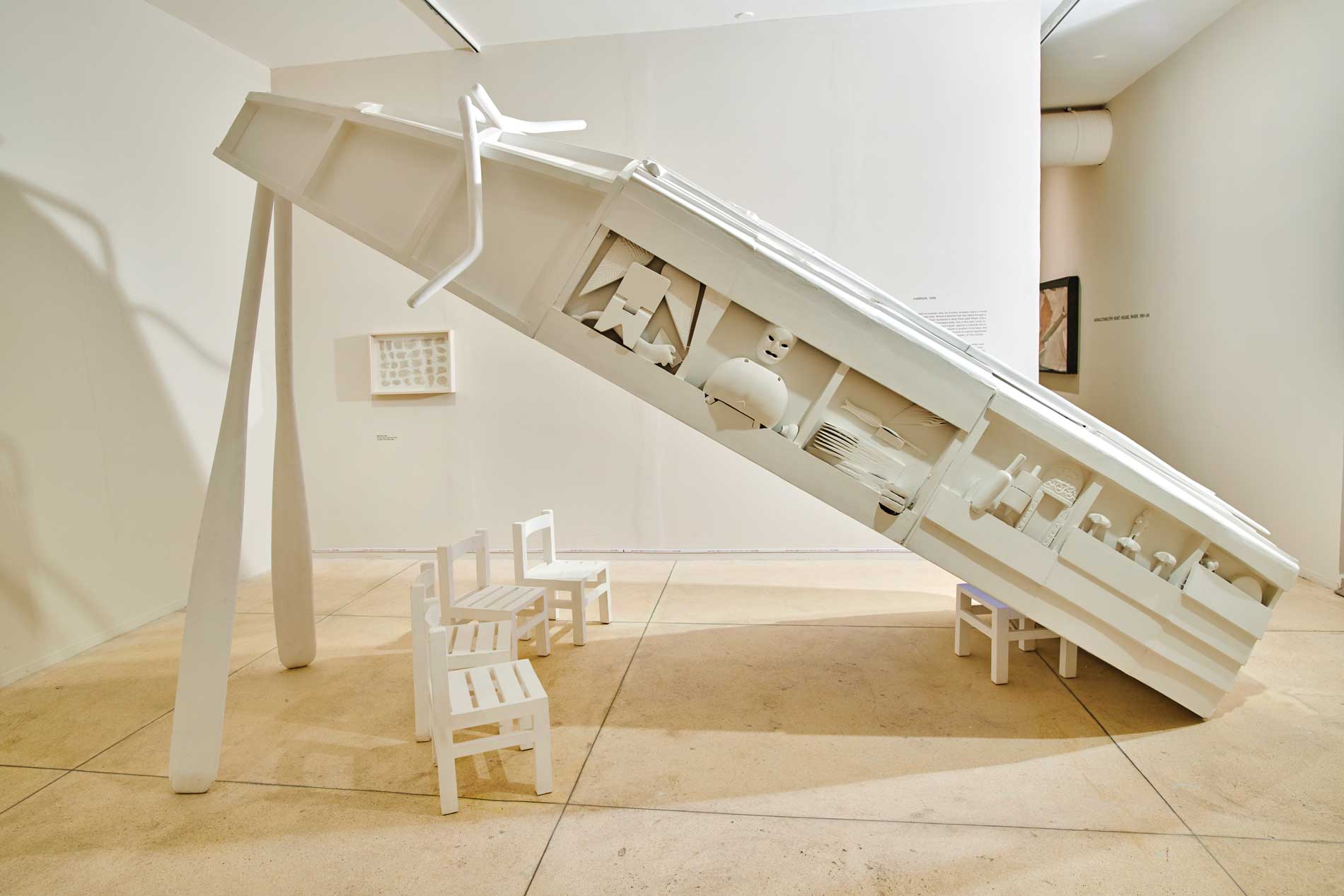
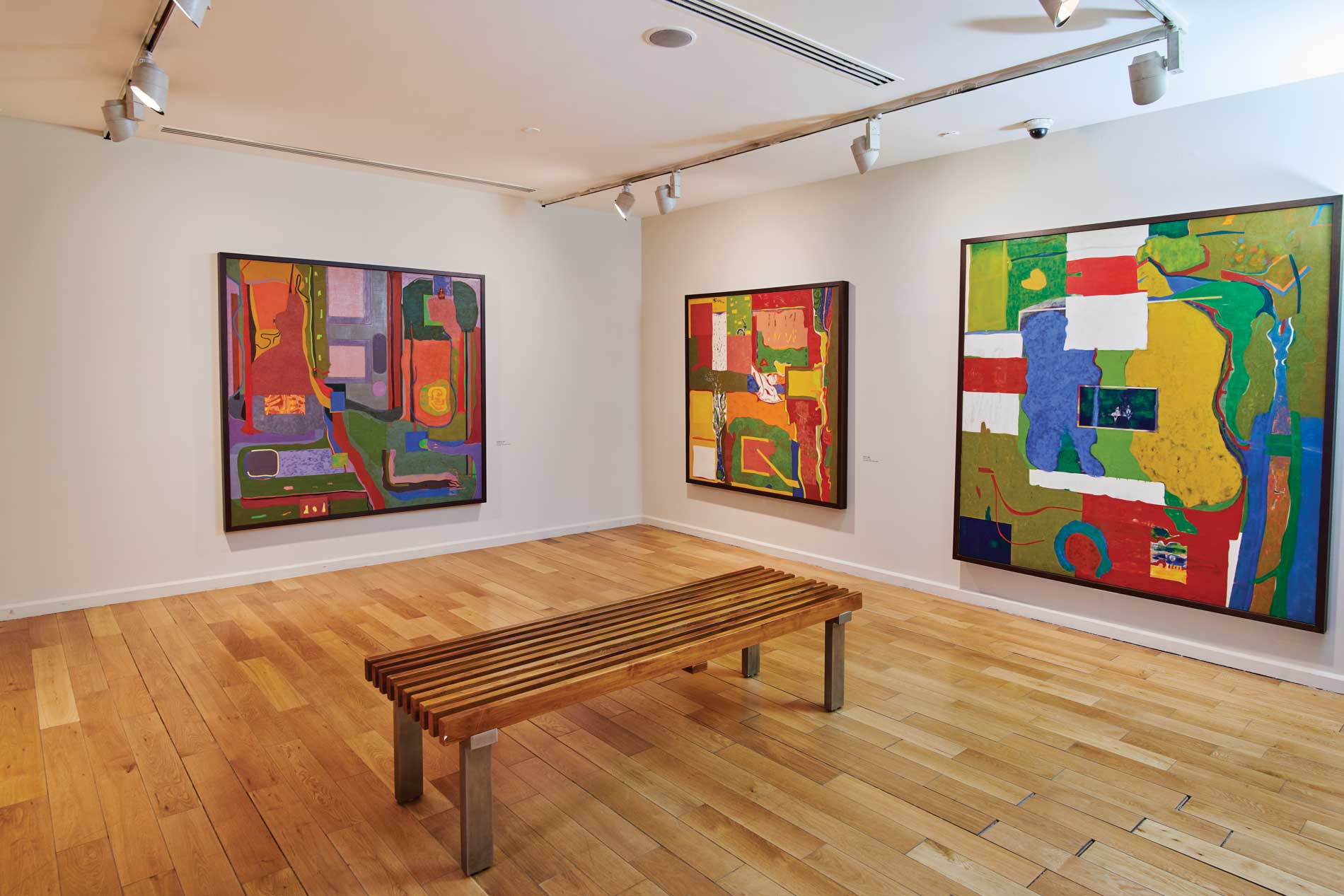
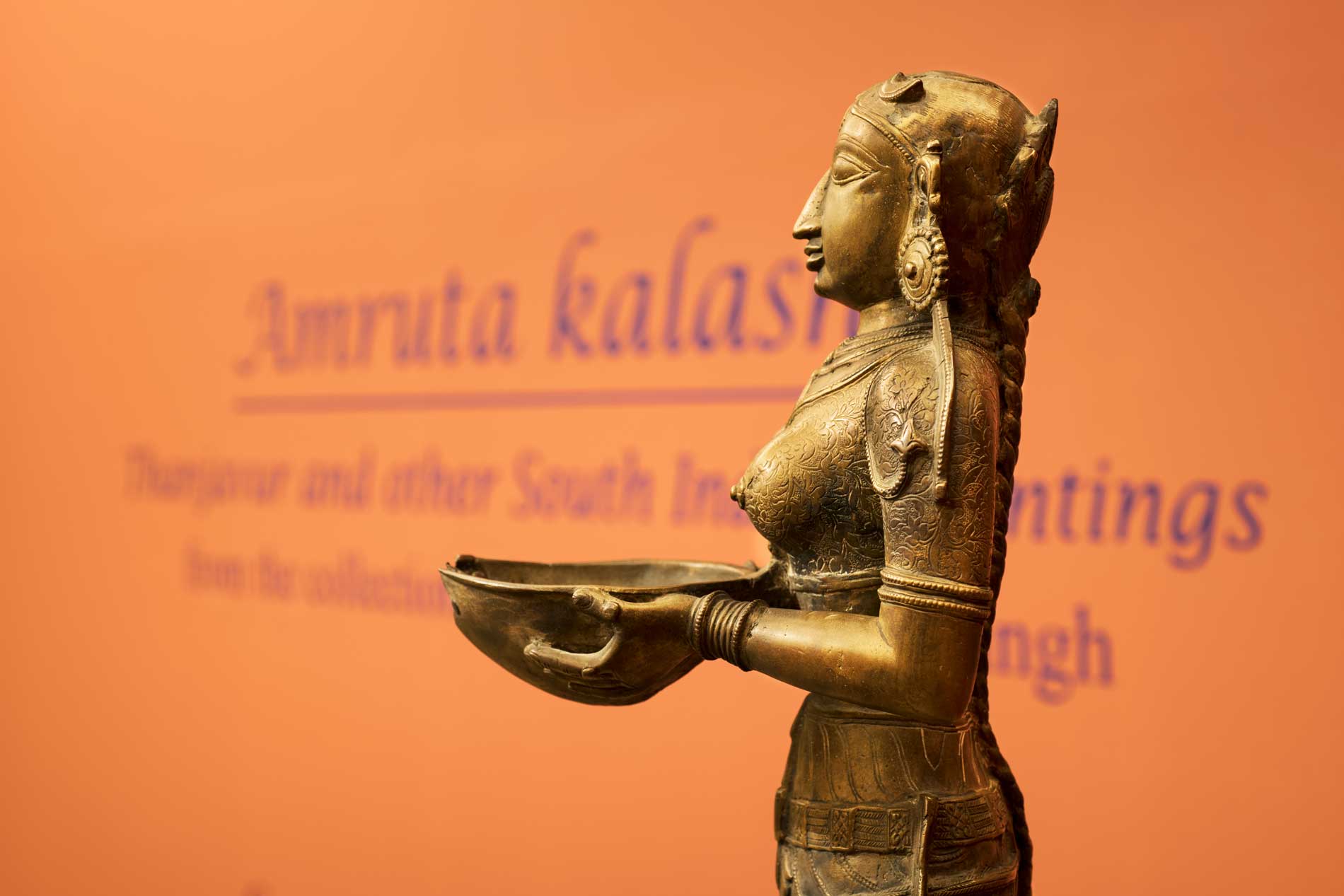
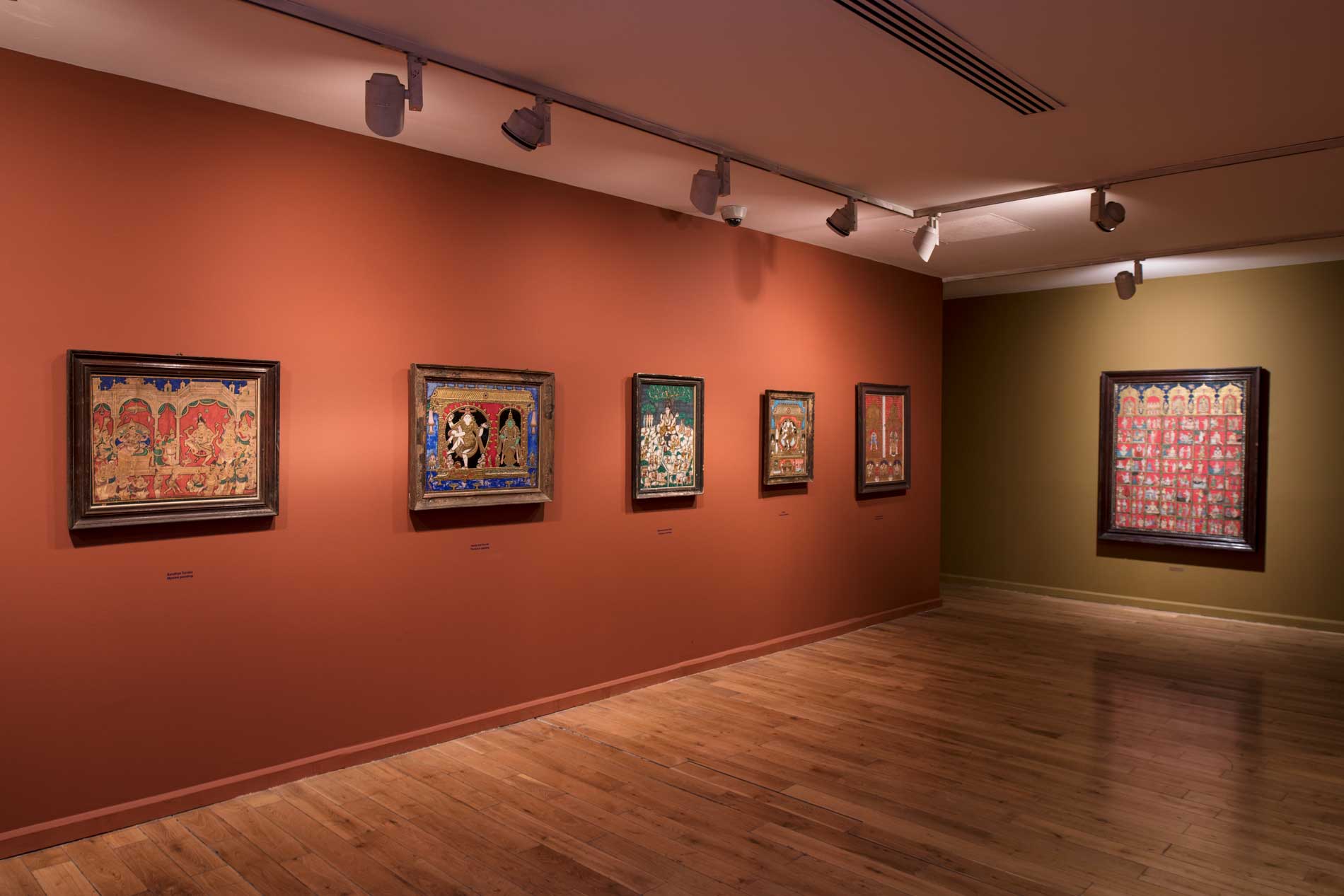
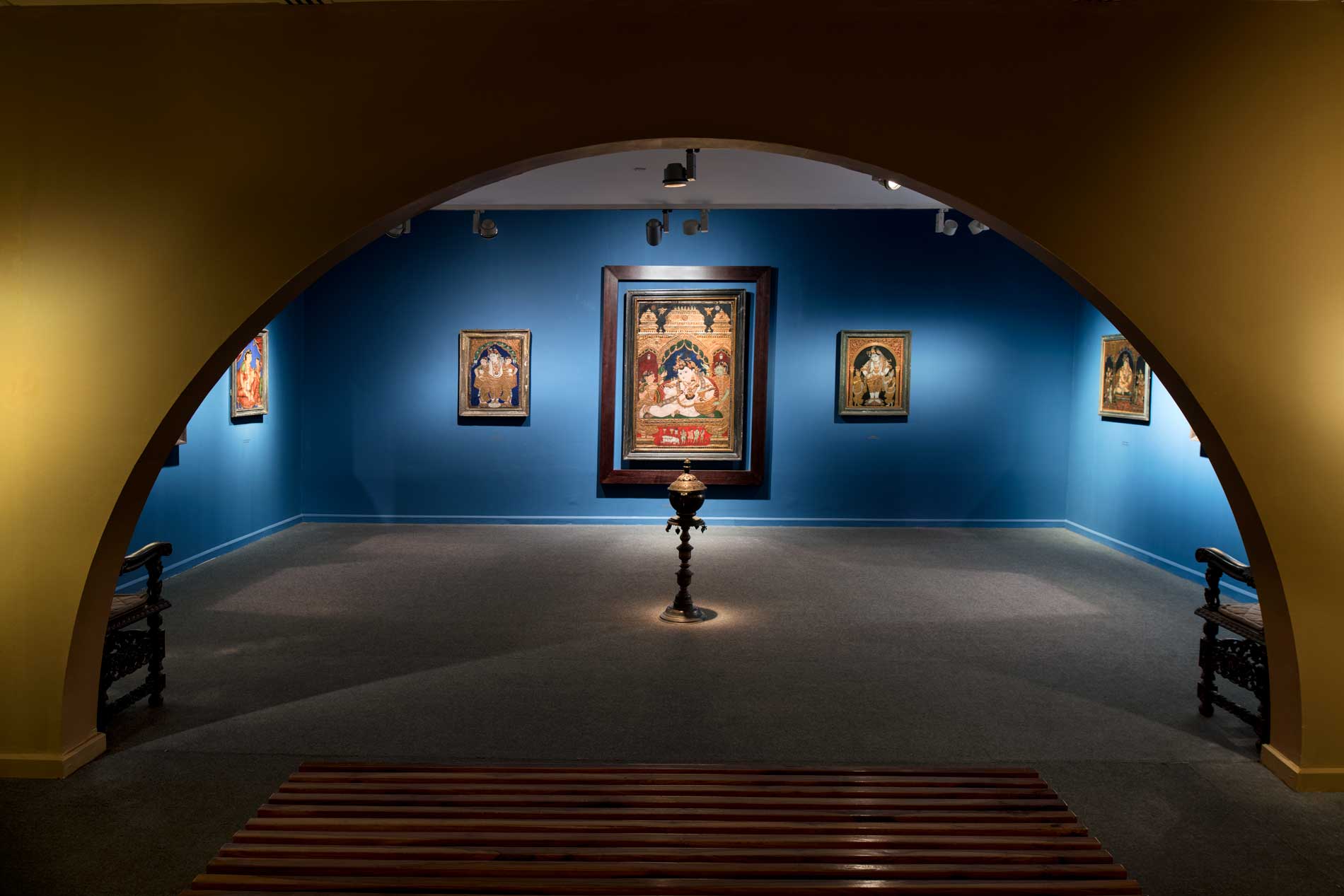
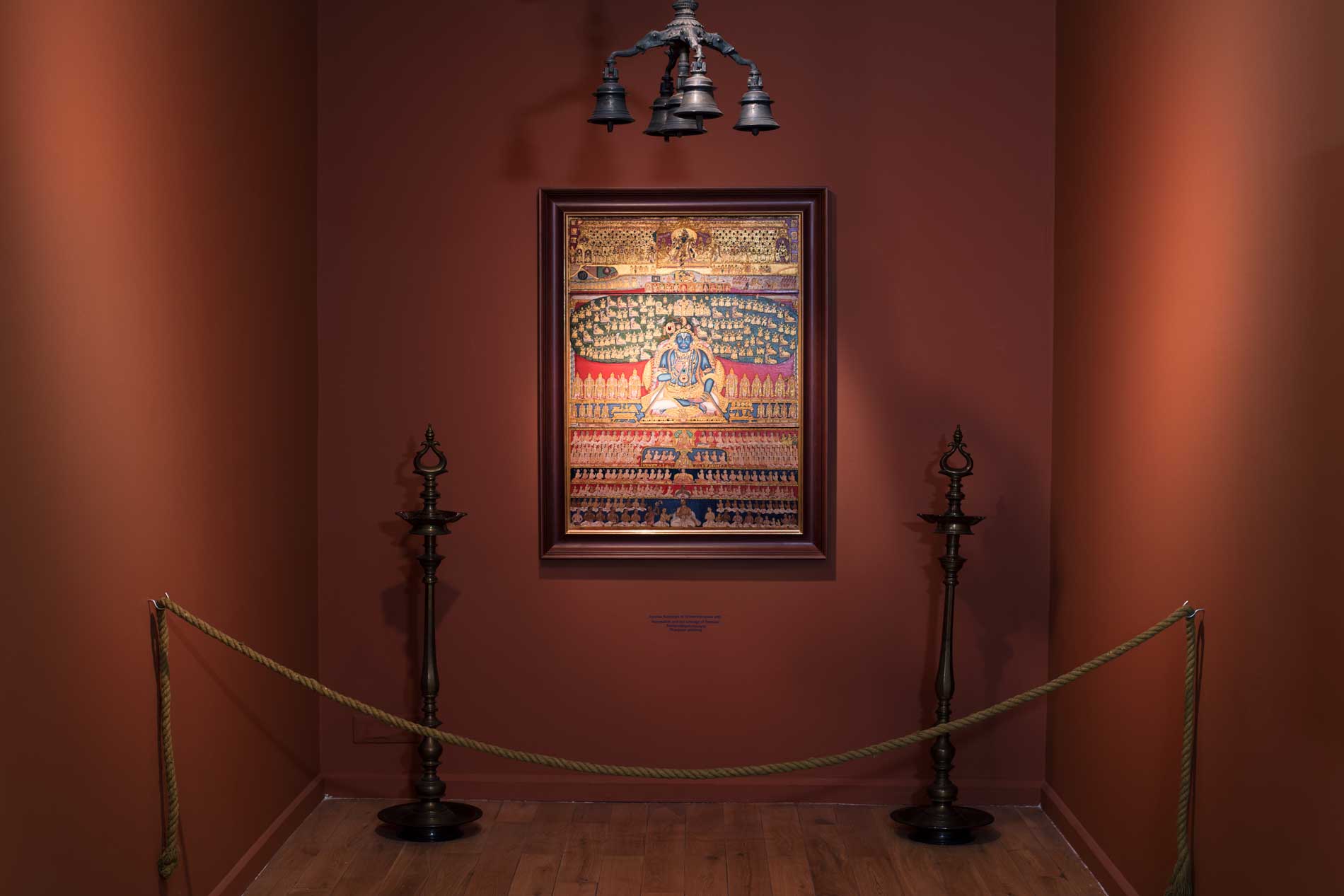
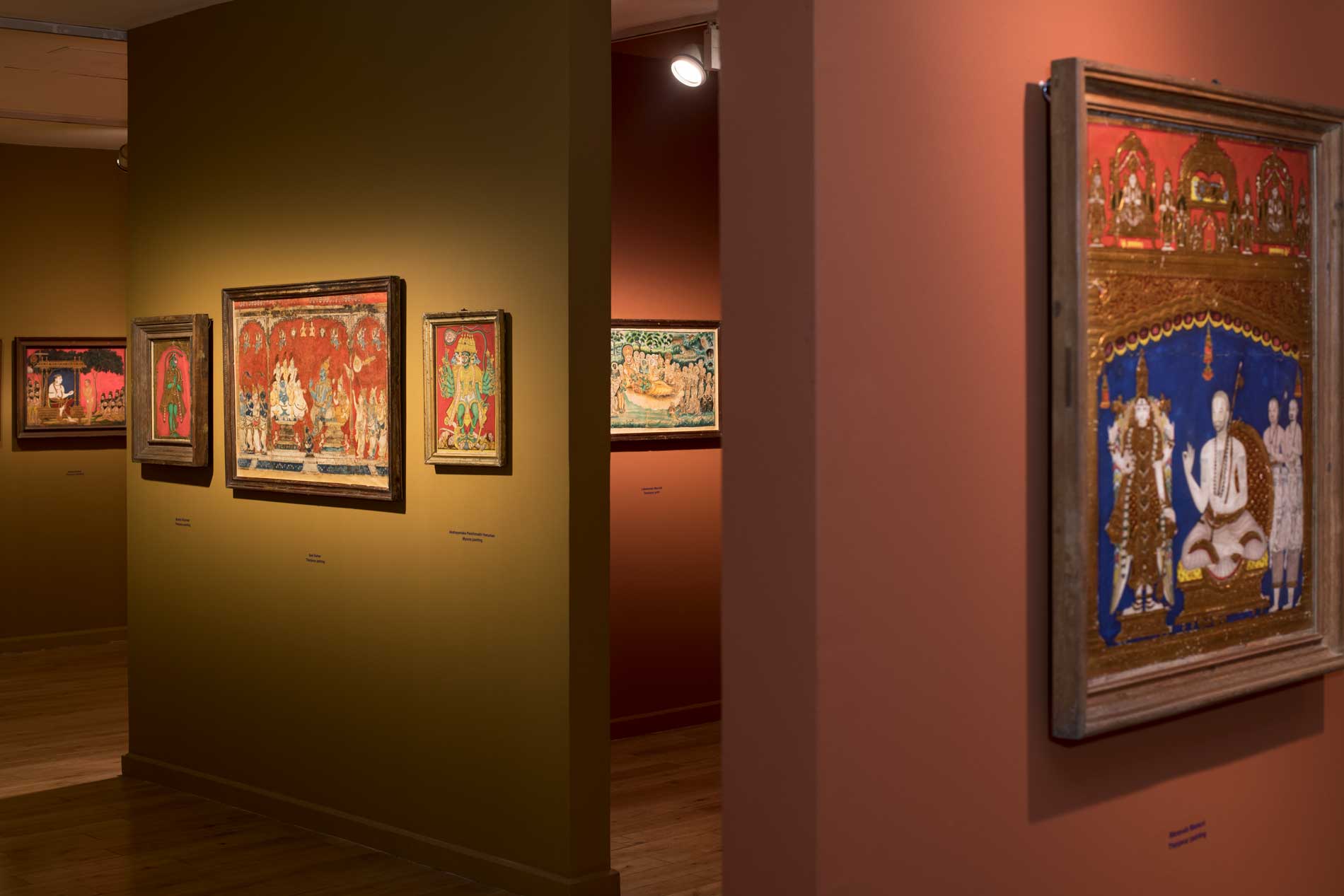

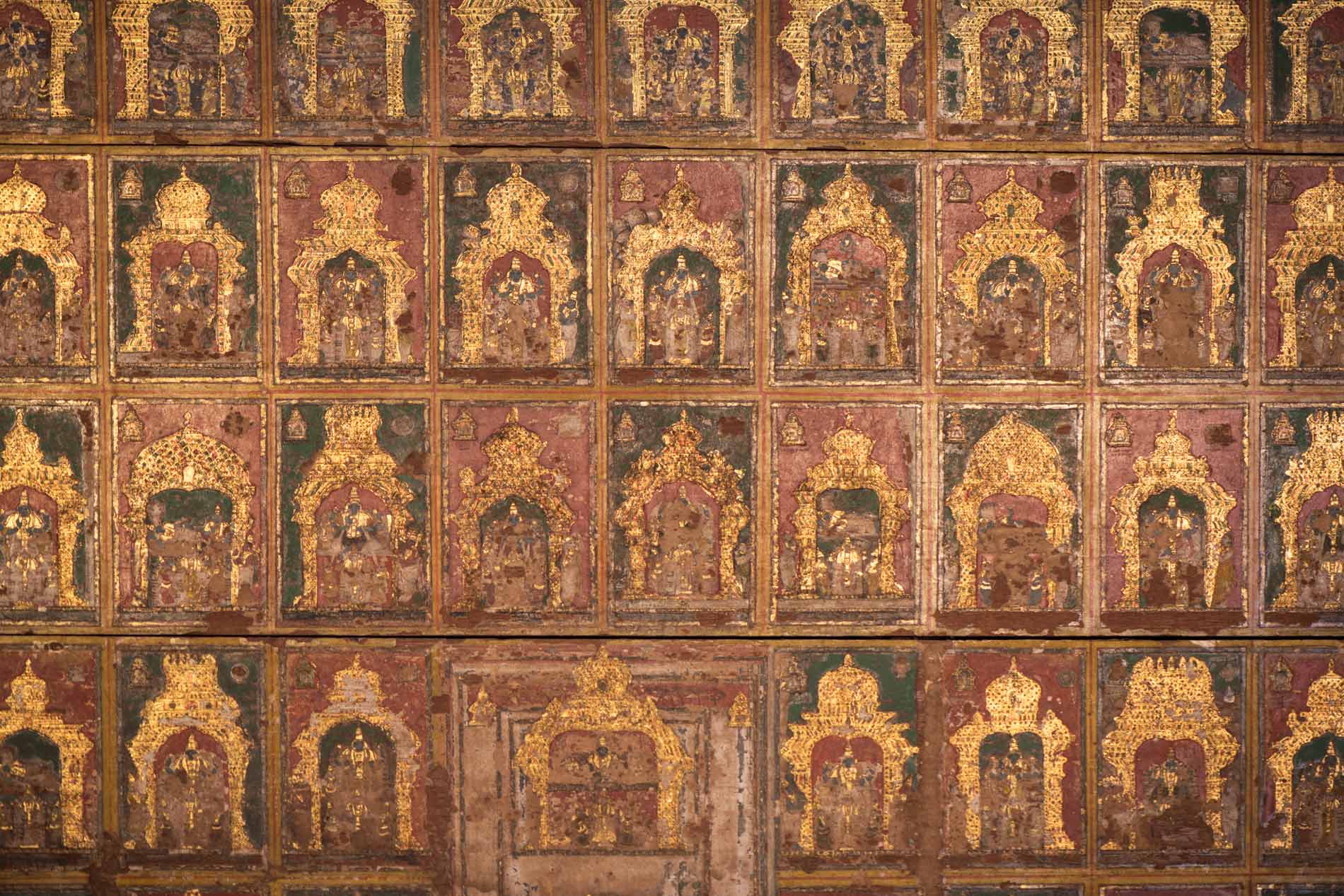
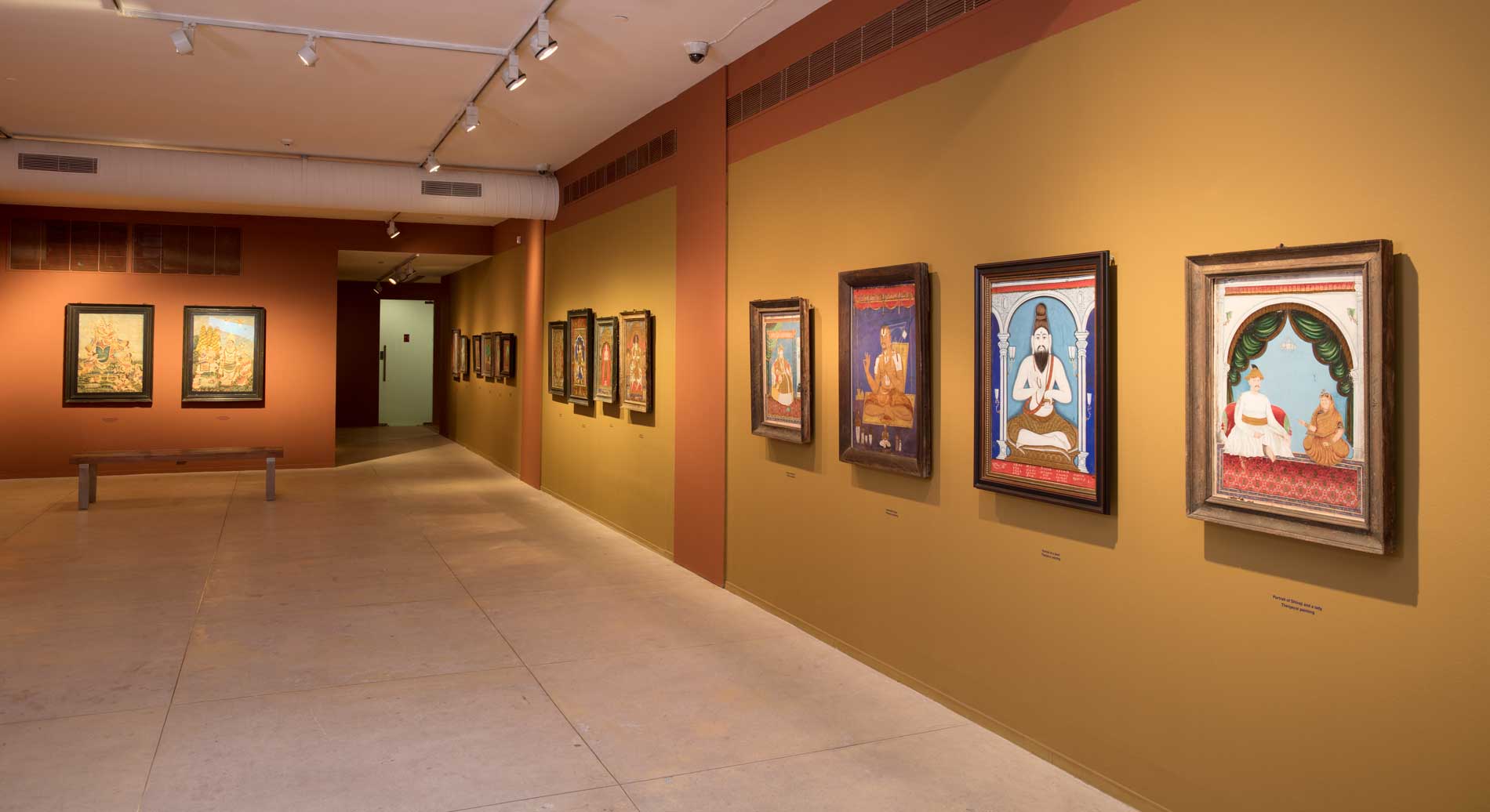
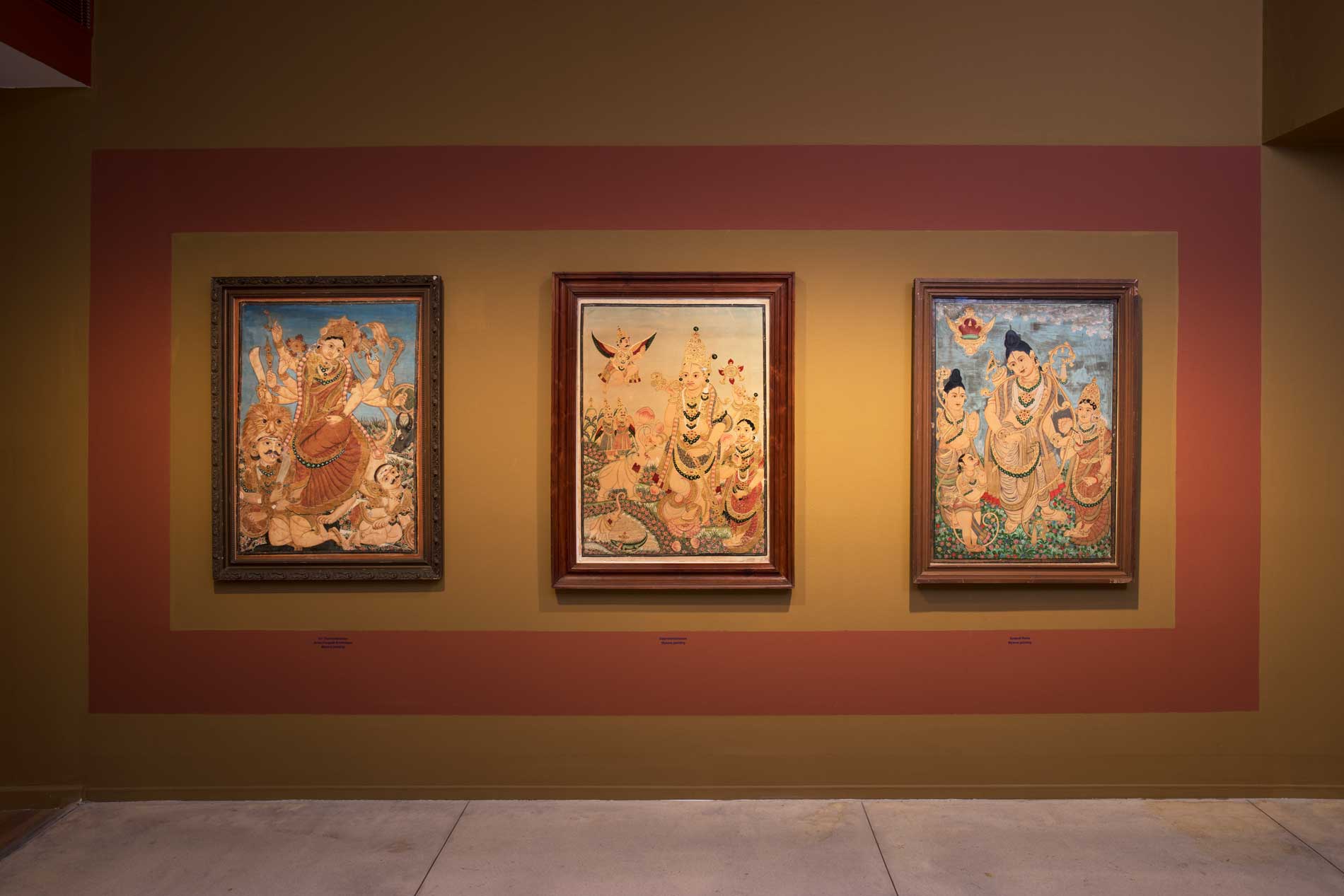
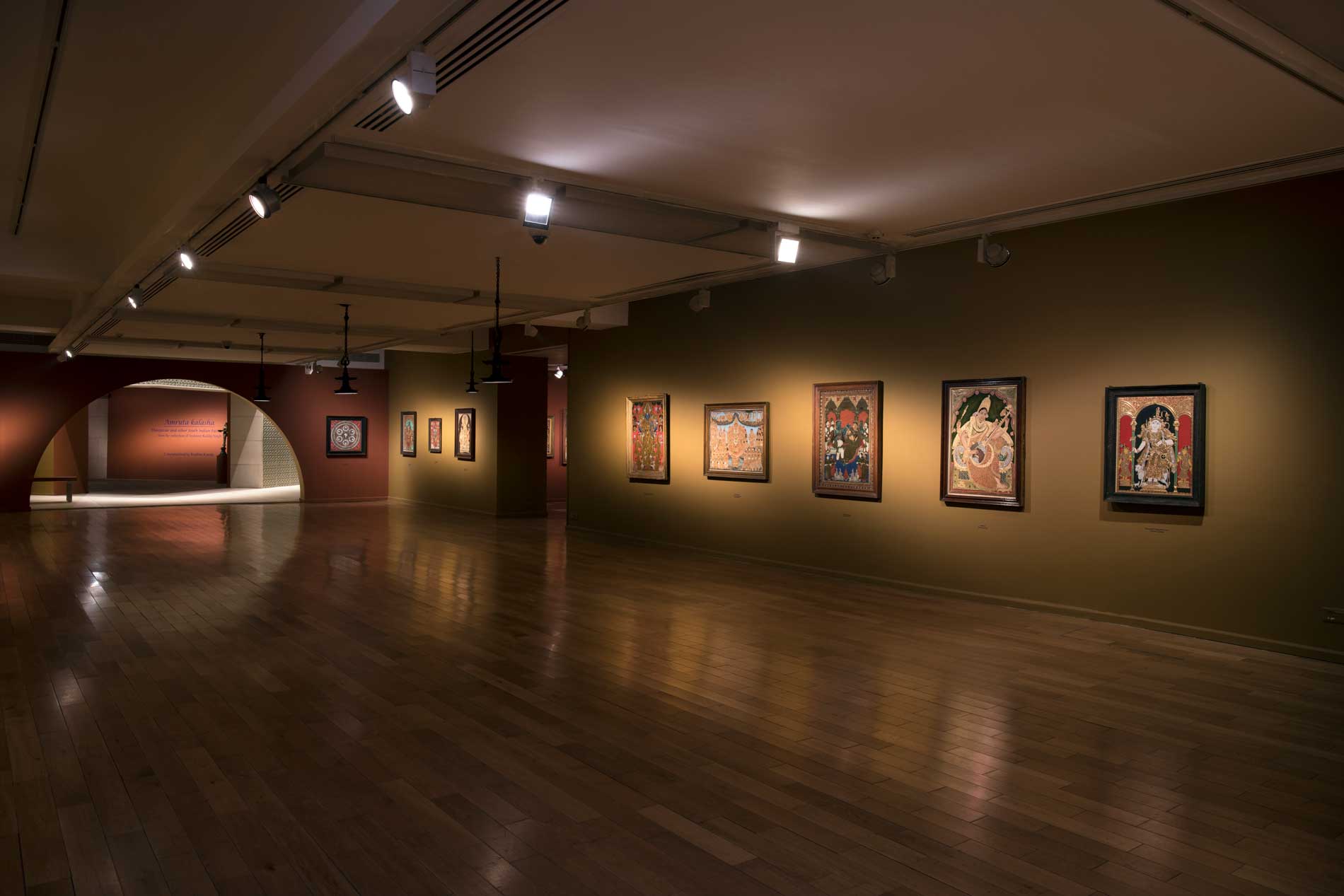
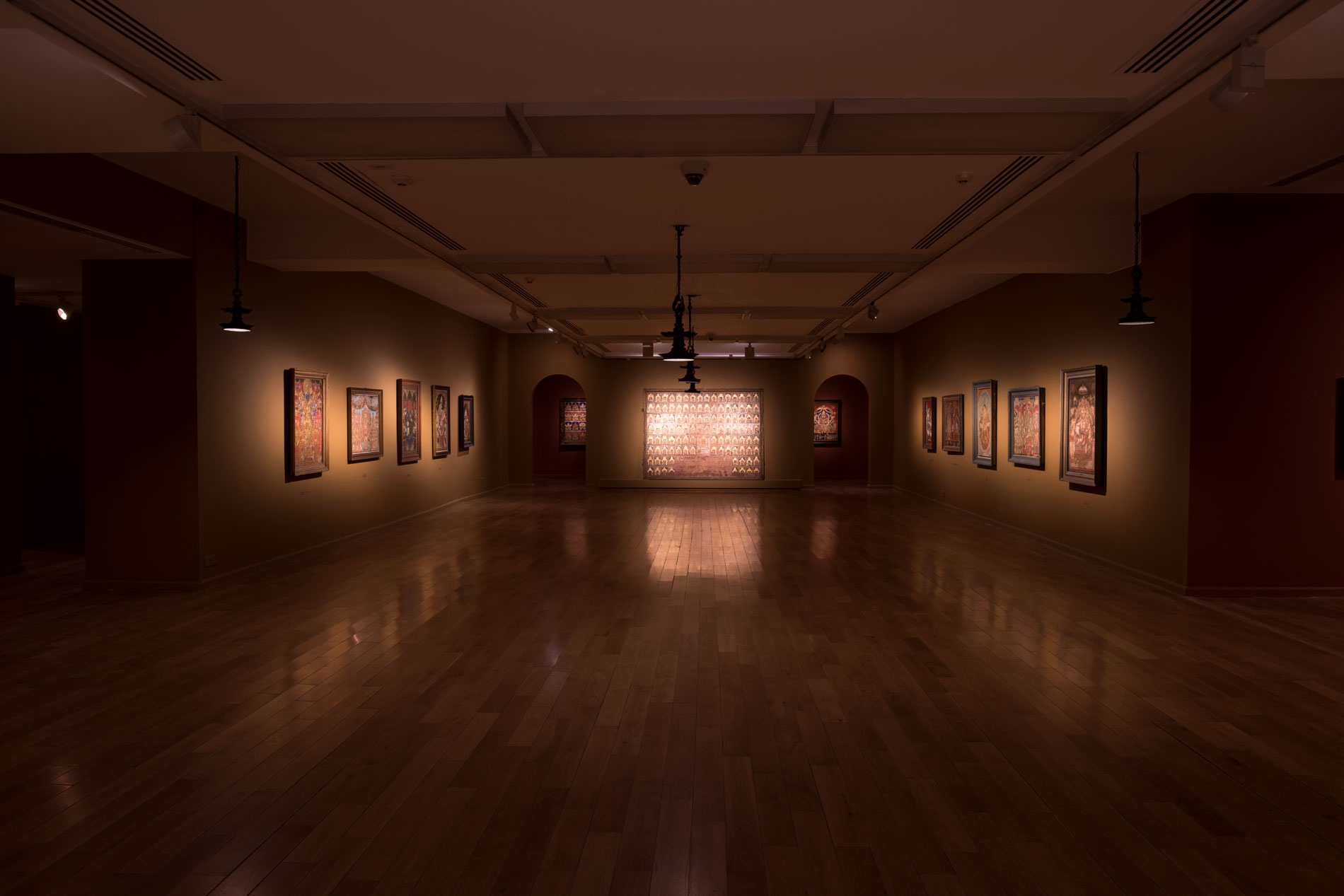
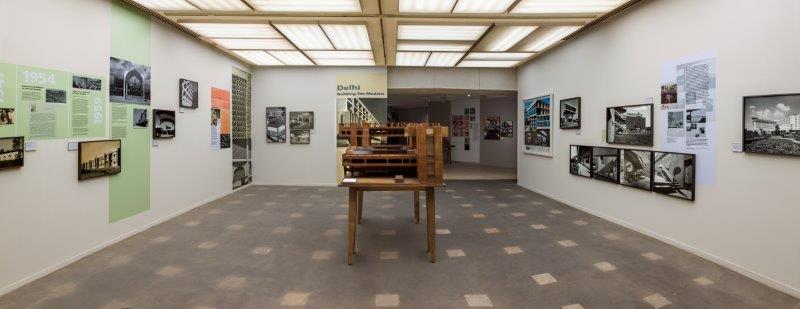
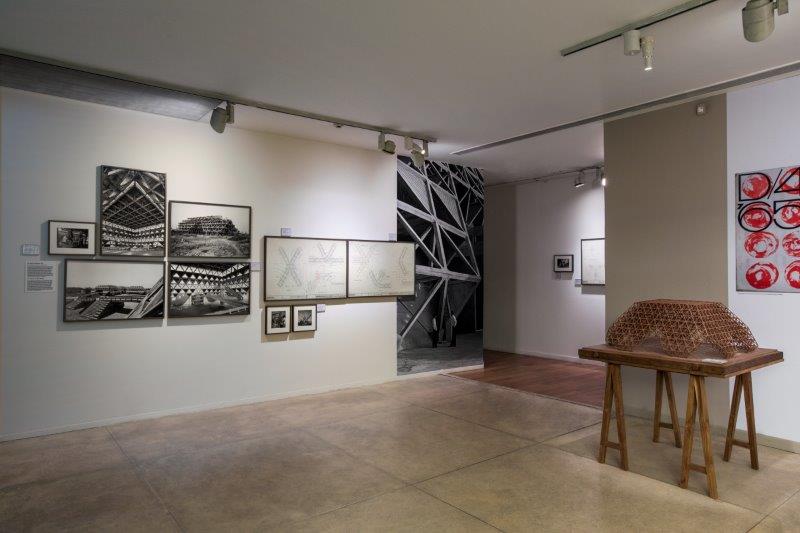
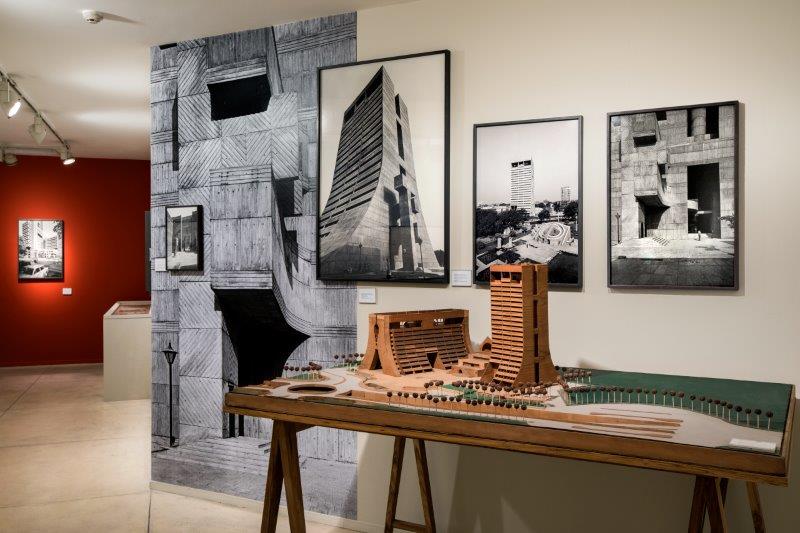
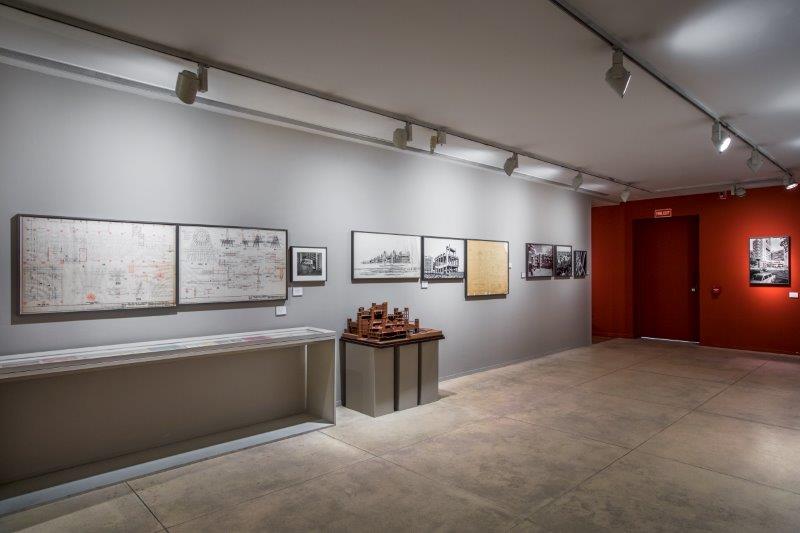
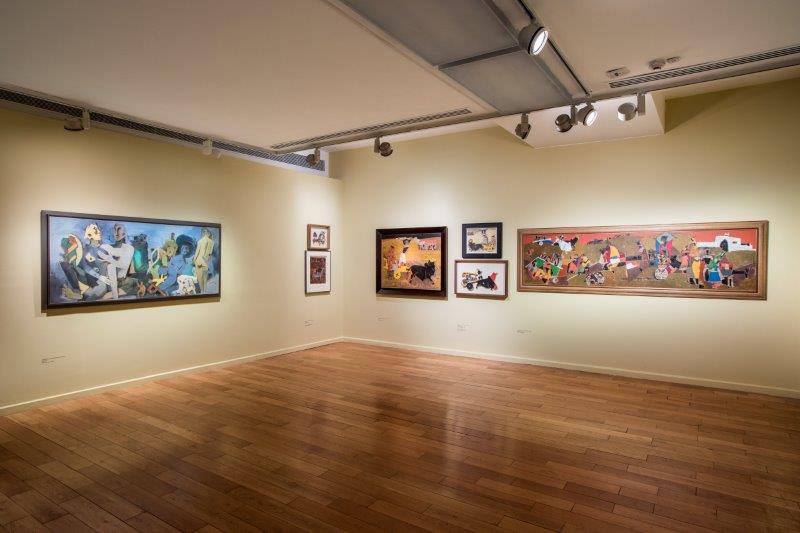
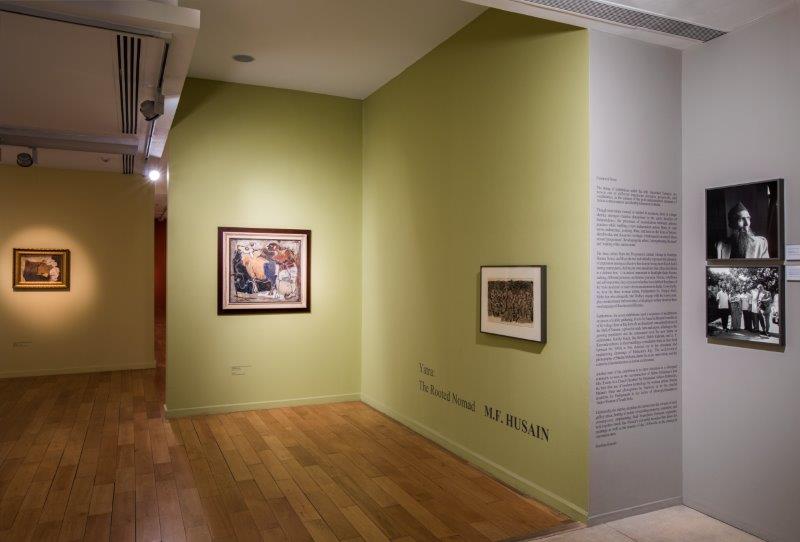
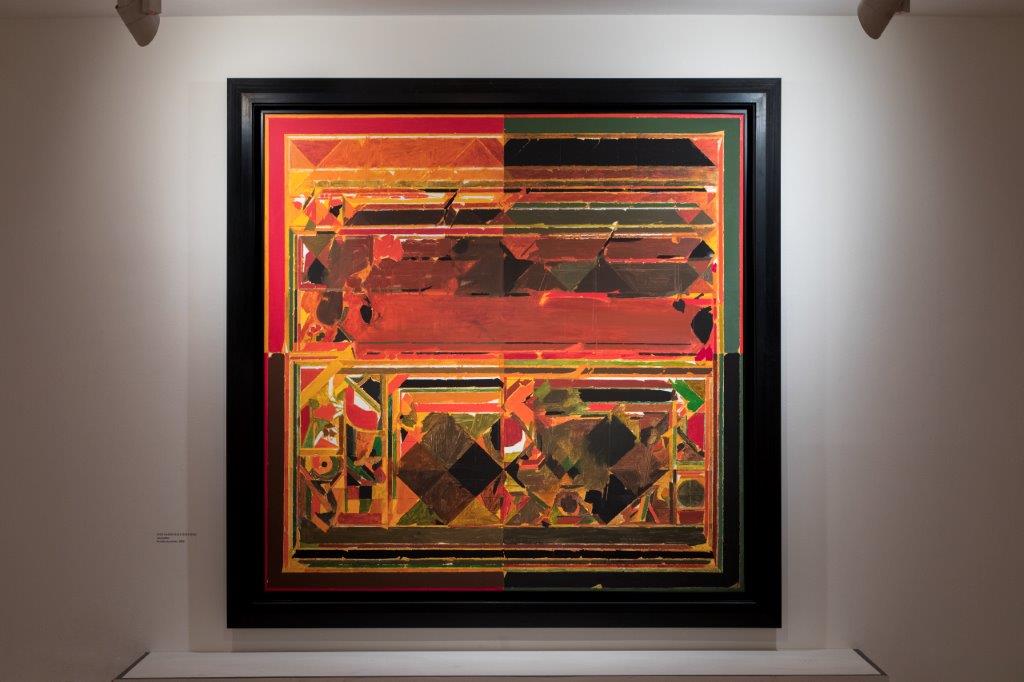
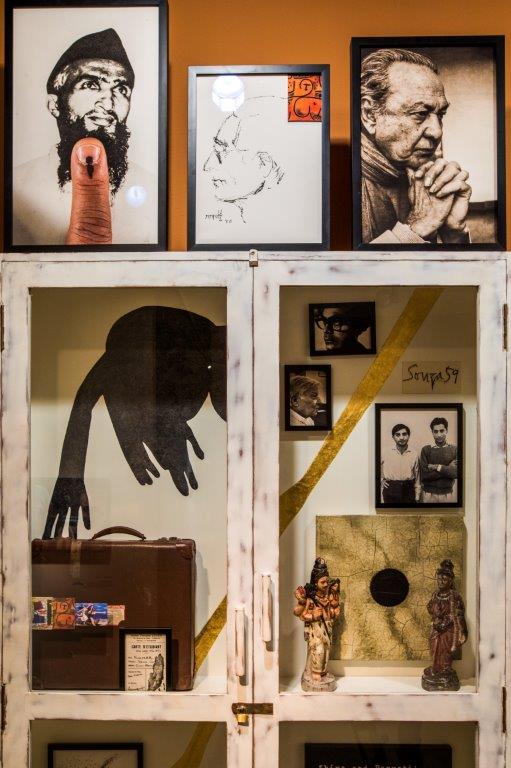
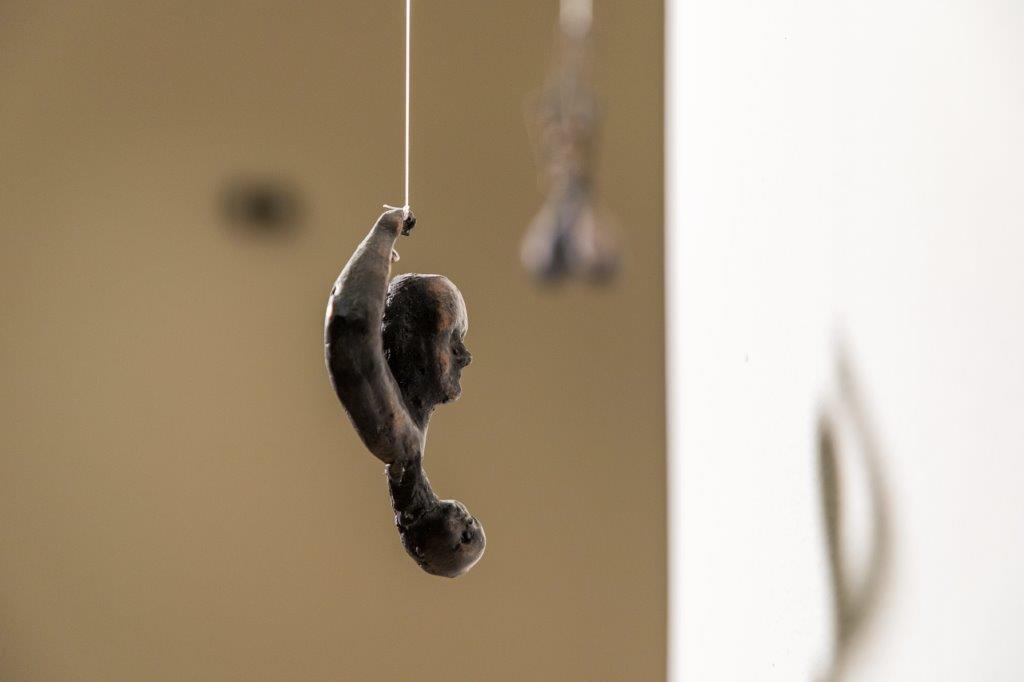
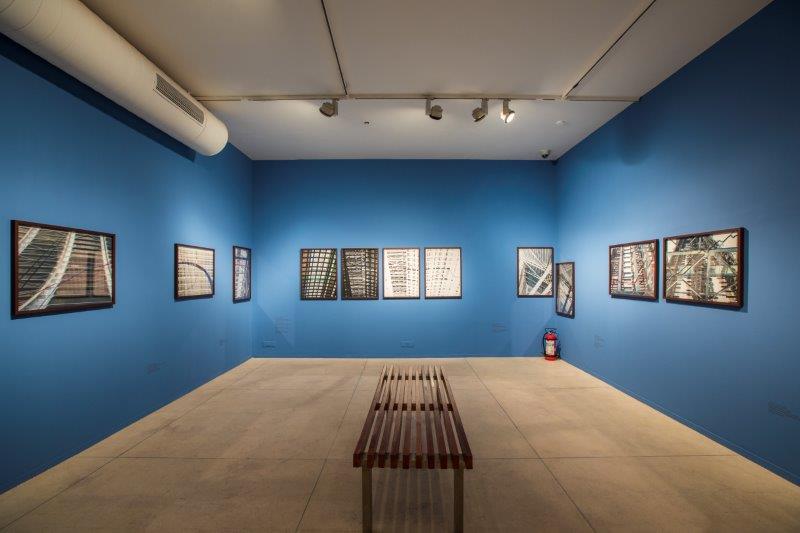
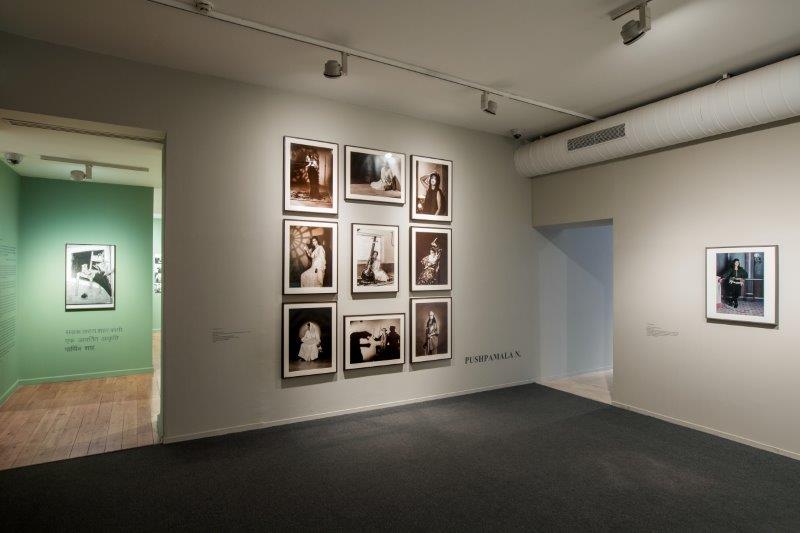
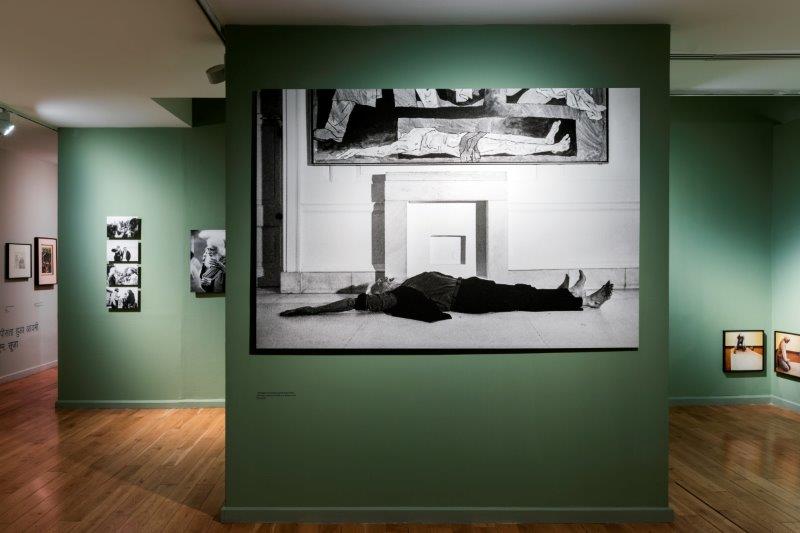
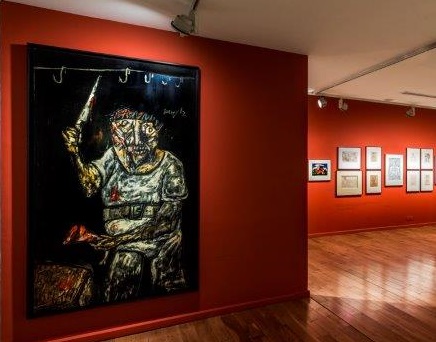
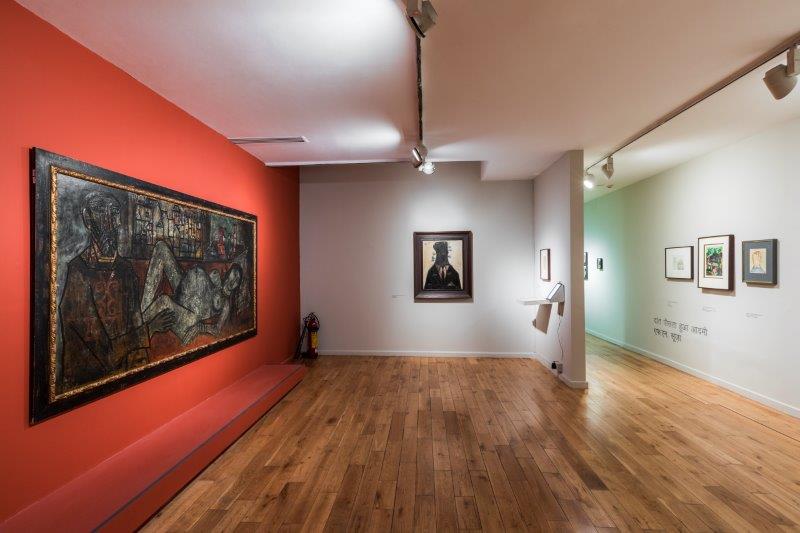

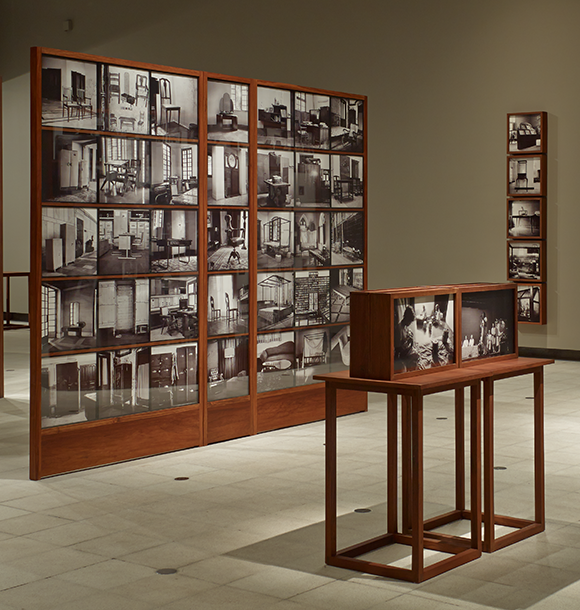
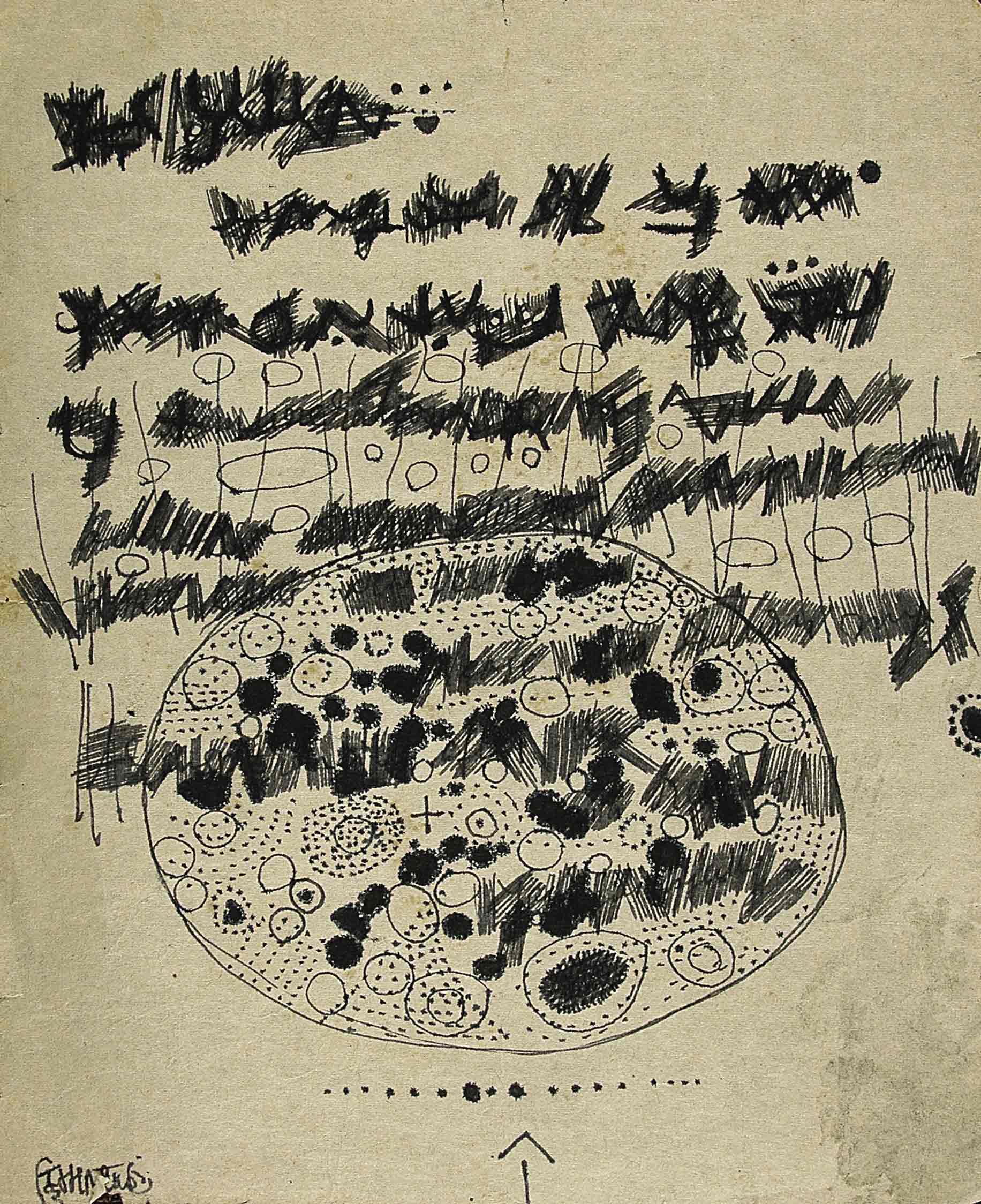
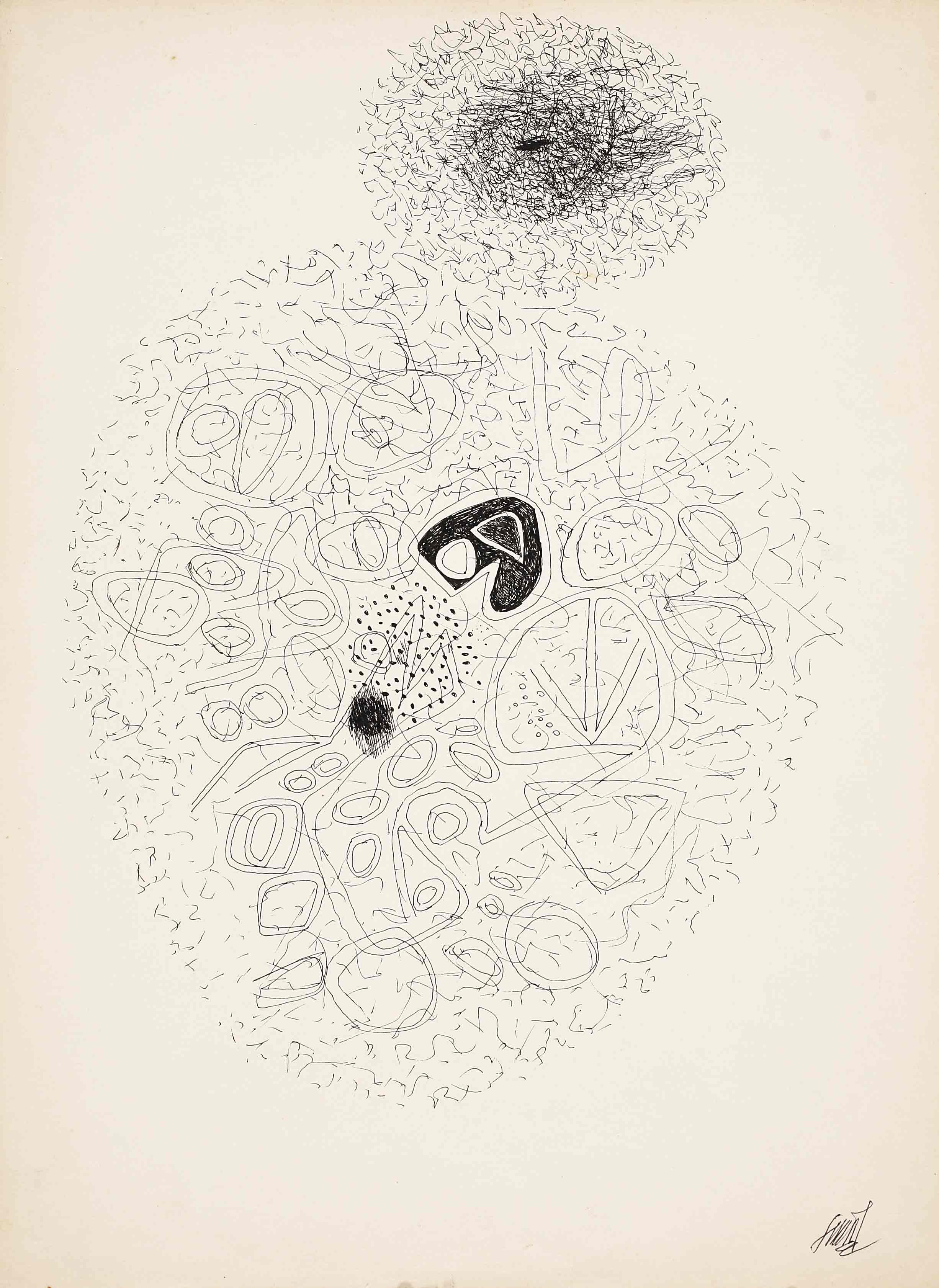
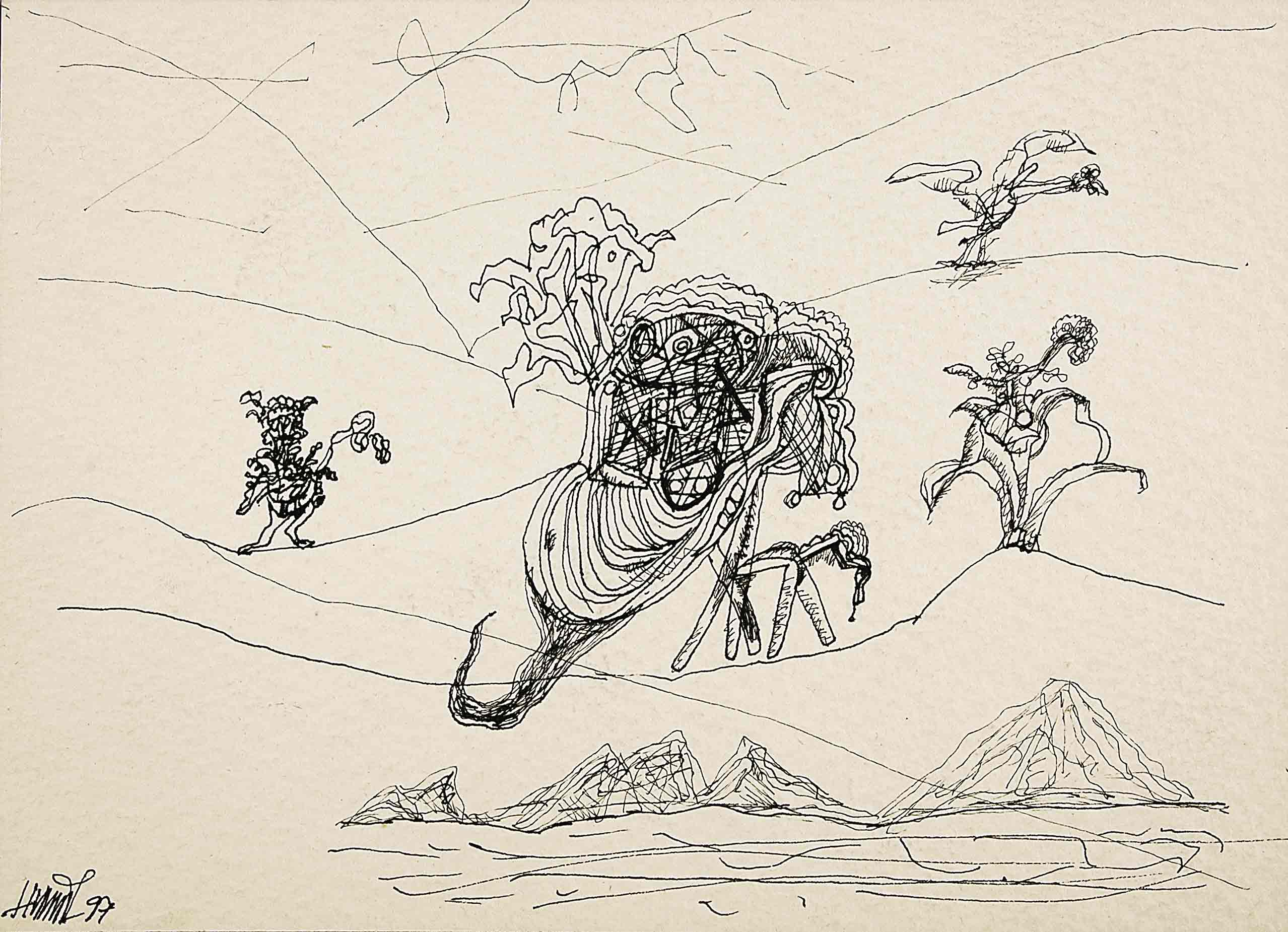
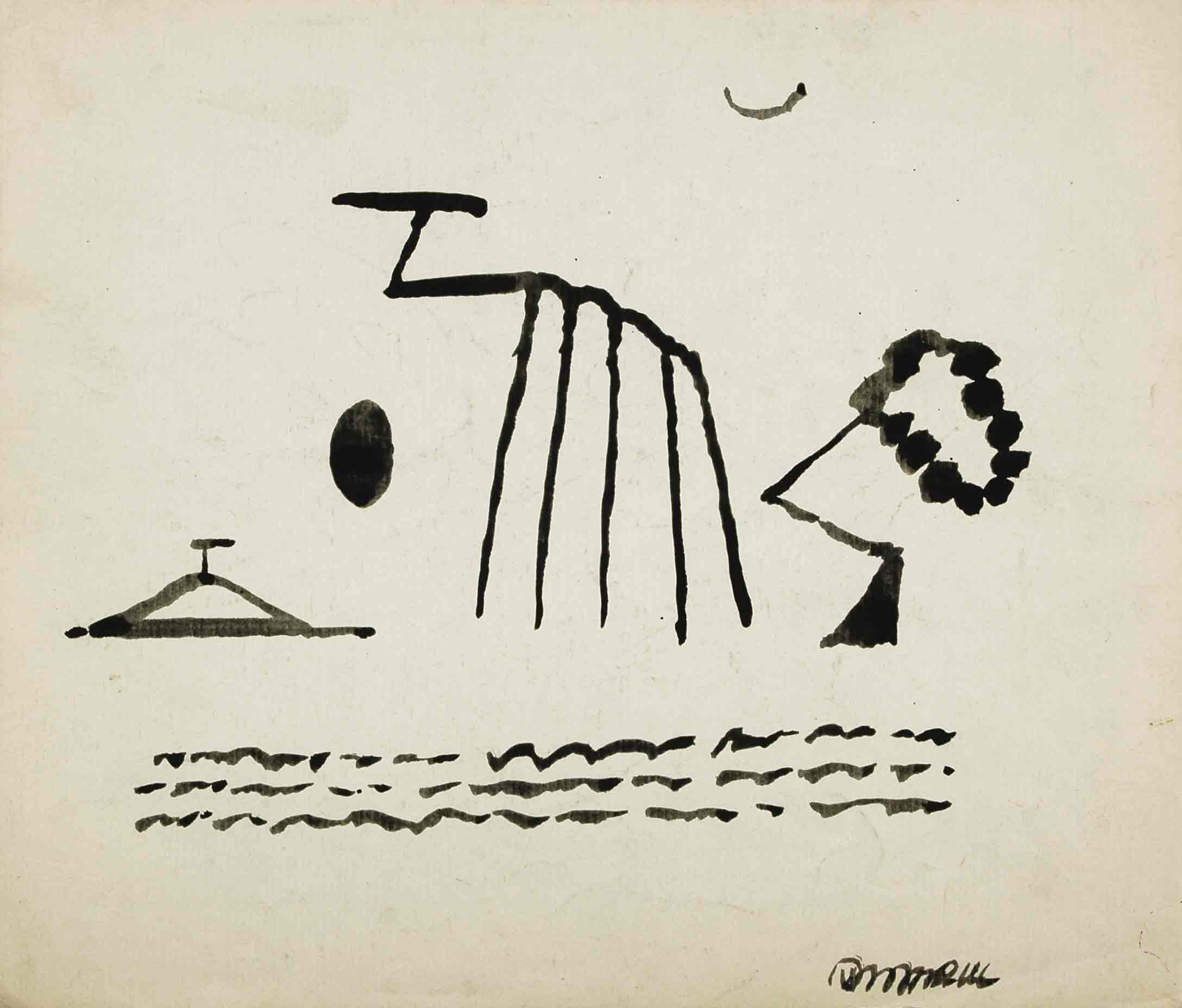
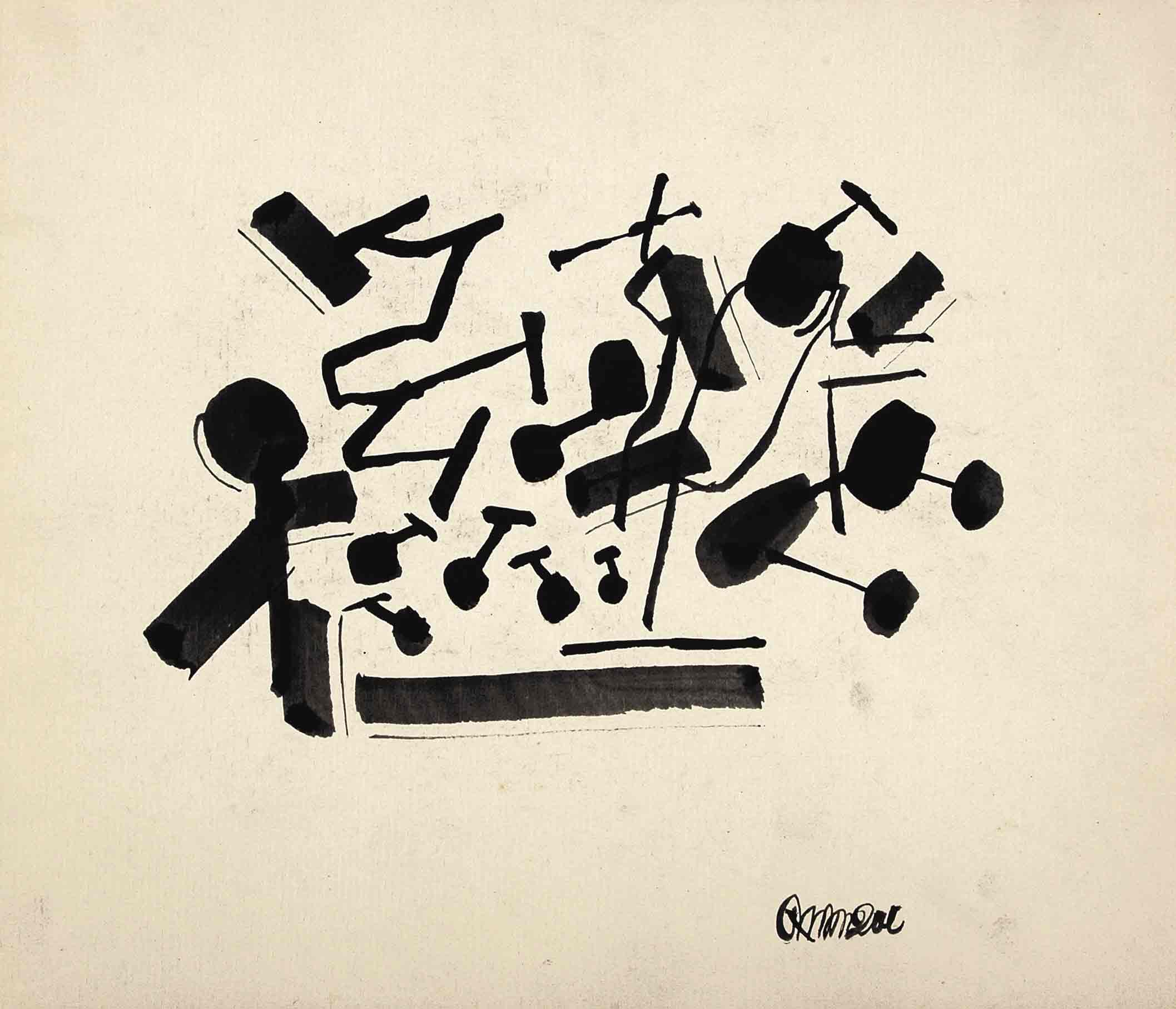
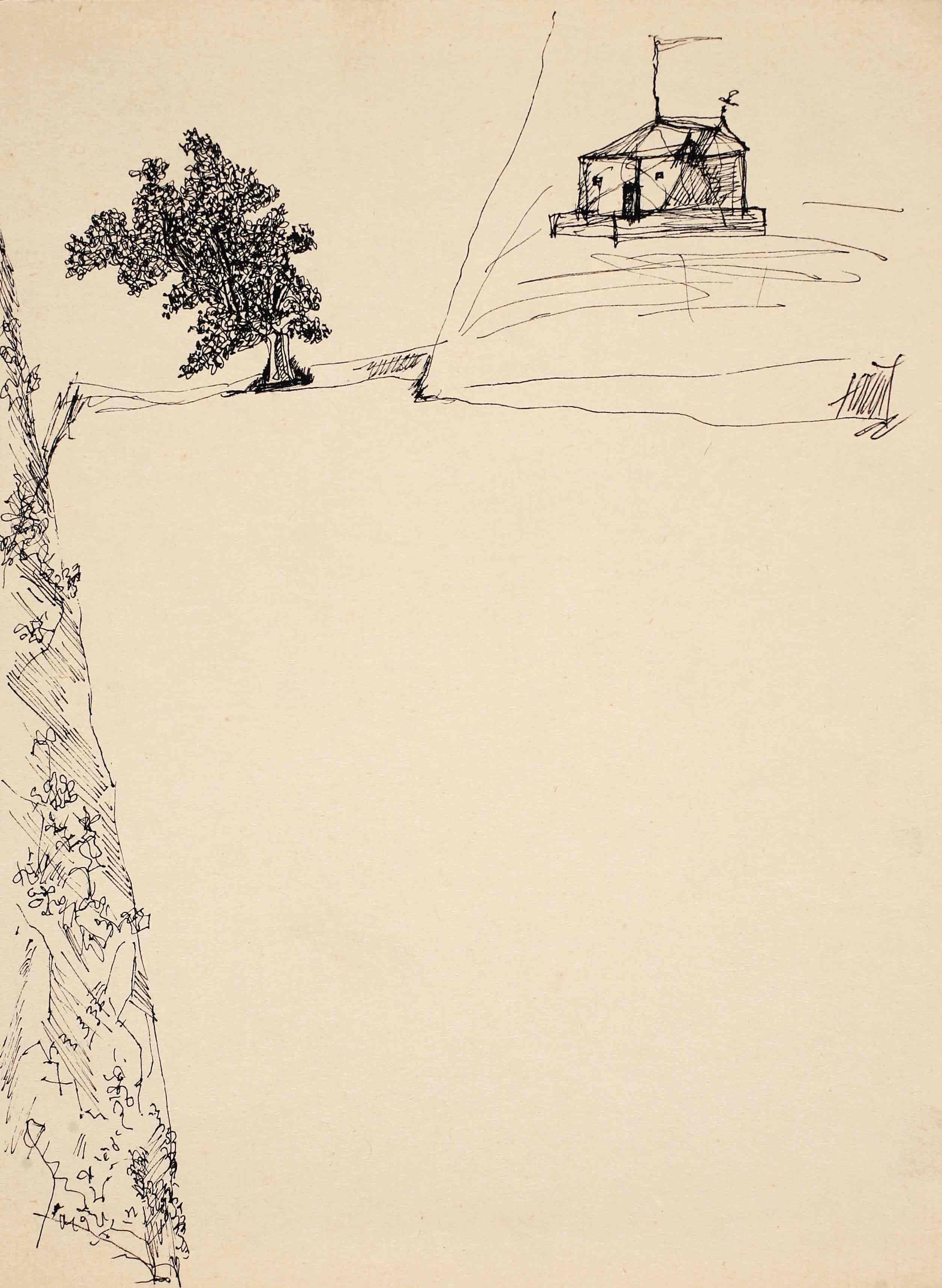
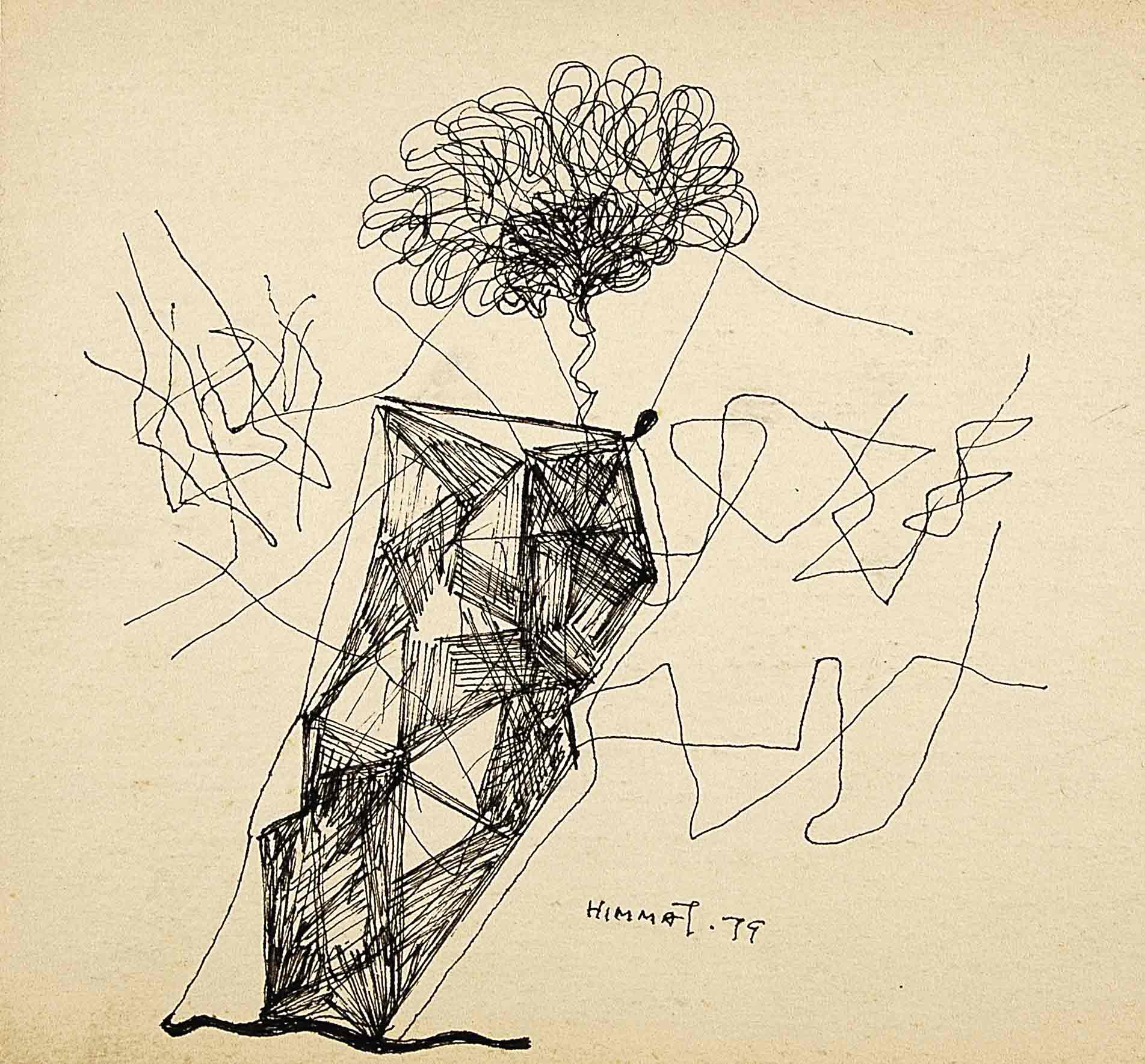
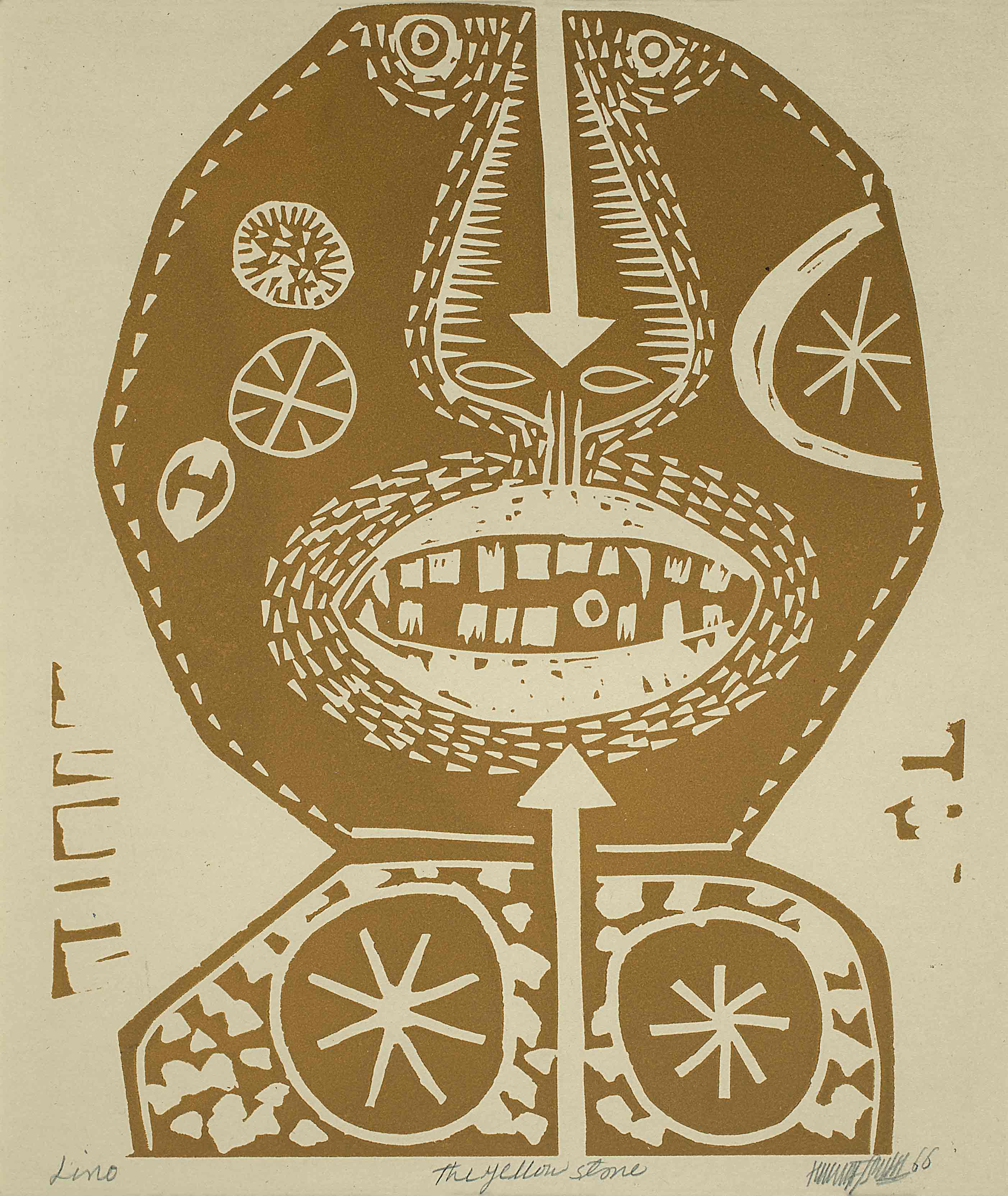
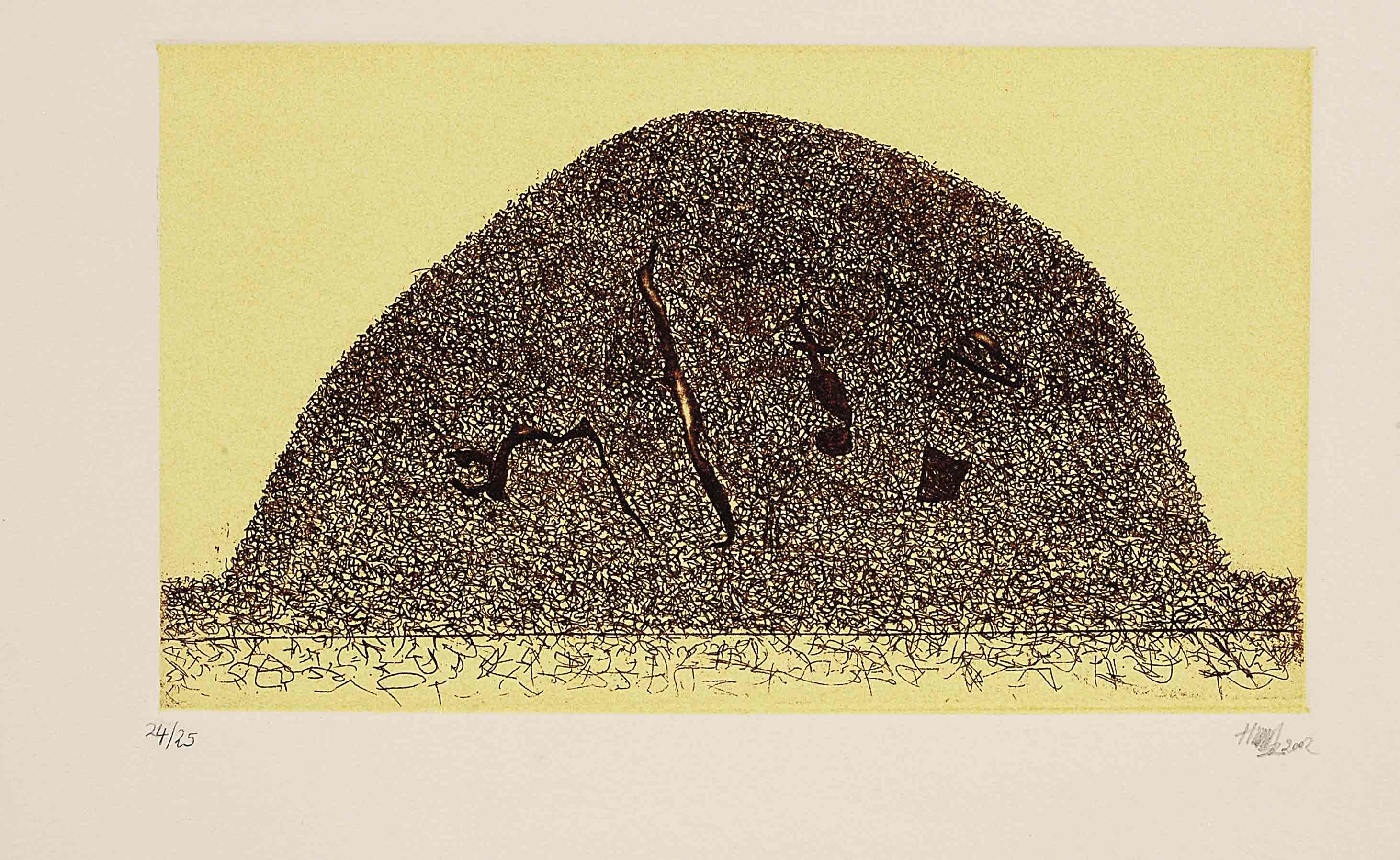
.jpg)
